Voici — 100 ans d’art contemporain – 100 years of contemporary art
Palais des Beaux-Arts, Brussels, 2000
Like a frame around a painting or a base underneath a sculpture, the word “Voici” is a presentational device whose meaning is “see this.” It is an invitation to look. The challenge taken on by Voici is to present the works in such a way that they present themselves, that they address us, their spectators, and that they speak of all of us. Hence its division into three parts. Me voici (Here I am), Vous voici (Here you are), and Nous voici (Here we are).
Me voici (Here I am)
No matter what, a work of art presents itself first as an object. Nevertheless, the object “speaks.” “Here I am,” it seems to say. “In presenting myself before you, I am a thing that stands for something else, something human or inhuman, divine or diabolic, animal or angelic. Whether or not I represent that thing, I am its incarnation.” But works of art never totally succeed in emancipating themselves from their thing-like nature. Speech can be denied to them, such is their risk.
Vous voici (Here you are)
As soon as a work of art starts “speaking,” it addresses an Other. “Here you are,” it says, “here you are looking at me.” Facing the work there is someone human: an incarnated, mortal, gendered, and speaking being. However, works of art might be facing a void and present themselves before the addressee’s absence. Such is their risk: that the public be missing, or blind, or mute. They would then become things again and cease to be art. Some works stay in that limbo for a long time.
Nous voici (Here we are)
Once a work of art addresses the men and women facing it, it raises the question of their bond. “Here we are,” it claims to say. “We” is the collective pronoun: it goes from “the two of us” to “all of us,” and either includes or excludes its addressee. Such is the risk run by works of art: we never know for sure if the “we” they form with their own tradition isolates itself in art for art’s sake and keeps the public at bay, or if it includes its addressees and testifies for the community.
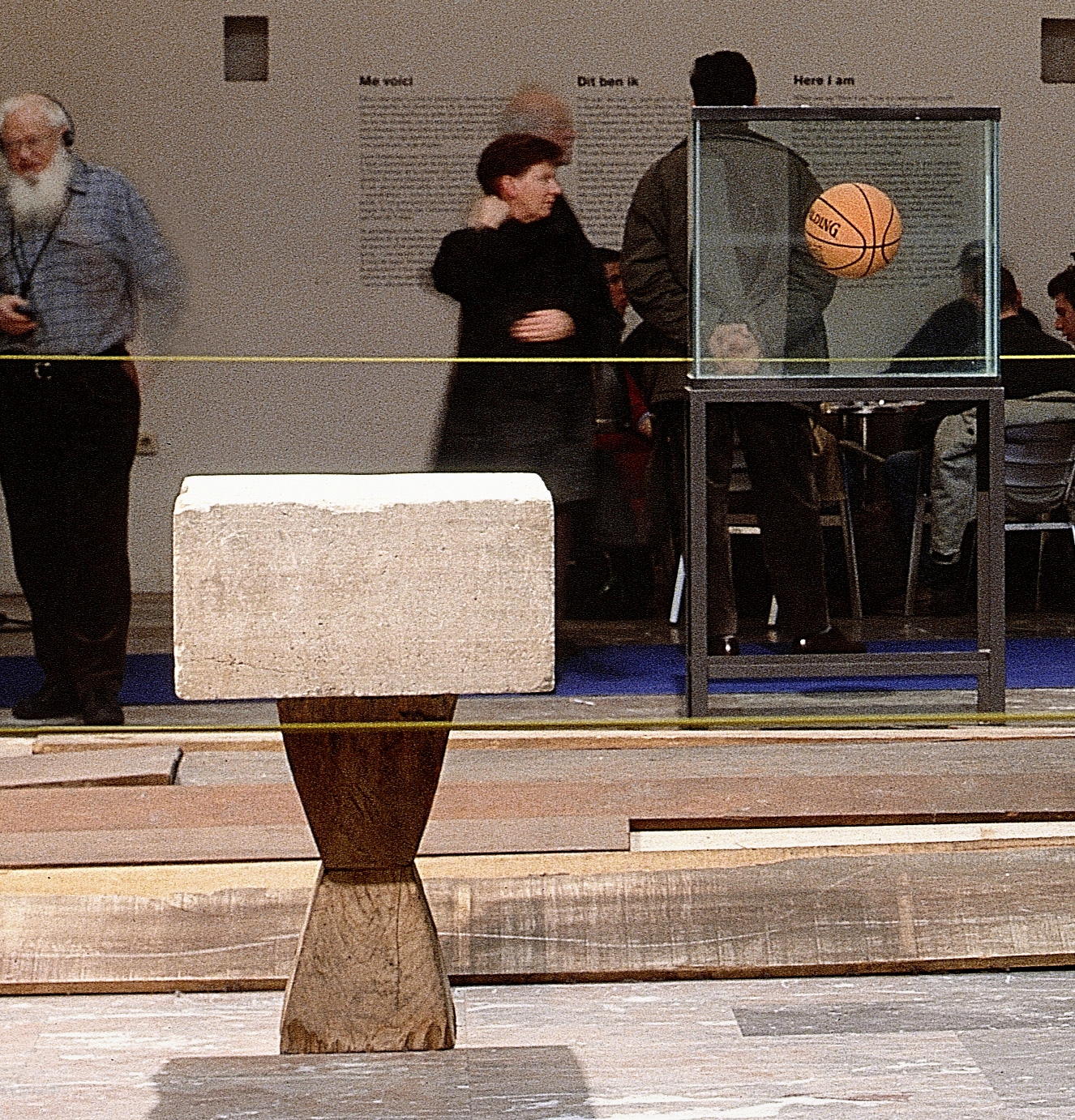
Me voici, Overture: Works by Brancusi and Koons. Photo Philippe De Gobert.
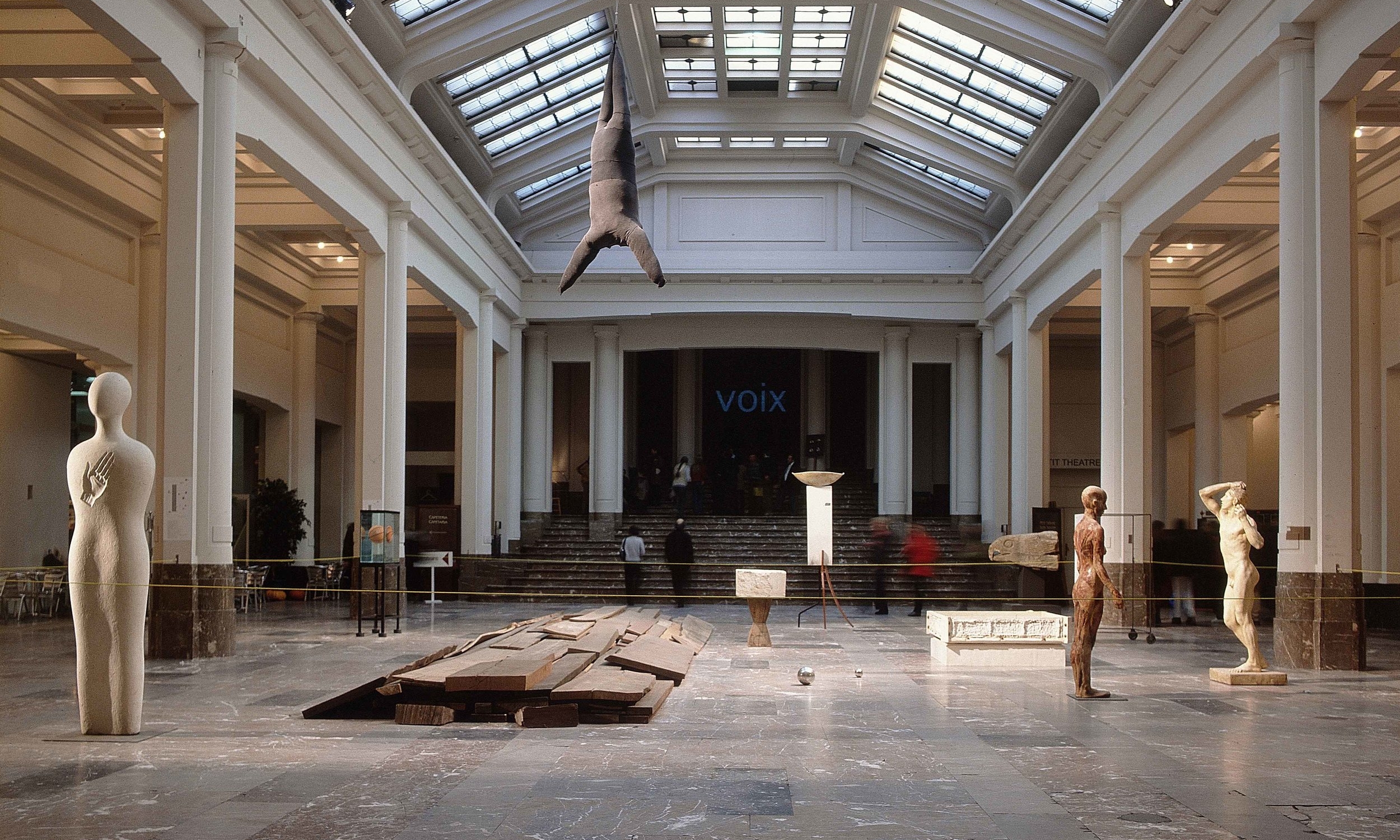
Me voici, Overture: Works by Melotti, Koons, Lohaus, Bourgeois, Brancusi, Richter, D. Smith, Vermeiren, Broodthaers, K. Smith, Rodin. Photo Philippe De Gobert.

Me voici, Overture: Works by Lohaus, Richter, K. Smith, Koons, Brancusi, Vermeiren, Rodin, D. Smith. Photo Philippe De Gobert.
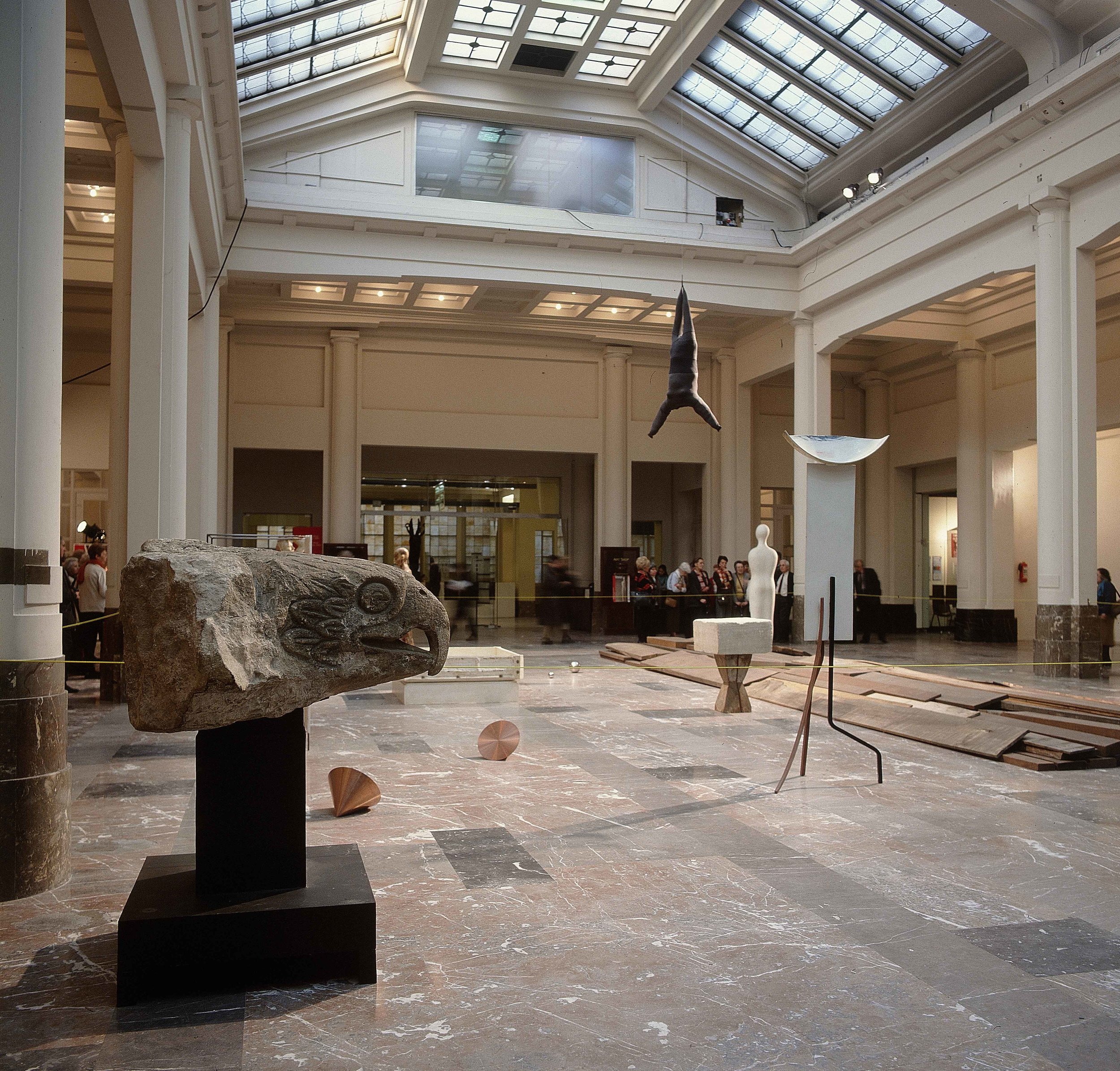
Me voici, Overture: Works by Broodthaers, Horn, Vermeiren, Richter, Bourgeois, Brancusi, Melotti, D. Smith, Lohaus. Photo Philippe De Gobert.
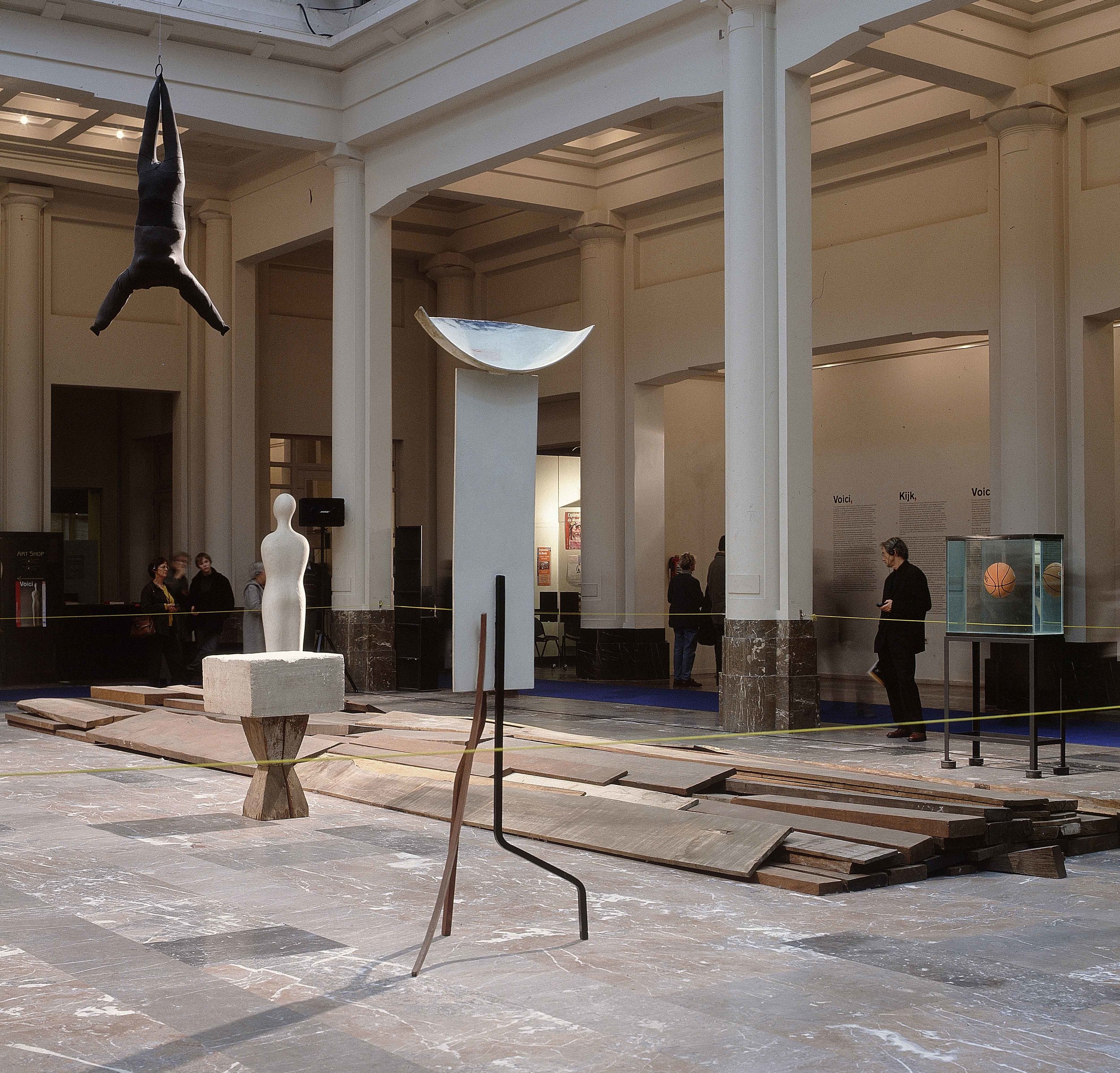
Me voici, Overture: Works by Bourgeois, Brancusi, Melotti, D. Smith, Lohaus, Koons. Photo Philippe De Gobert.
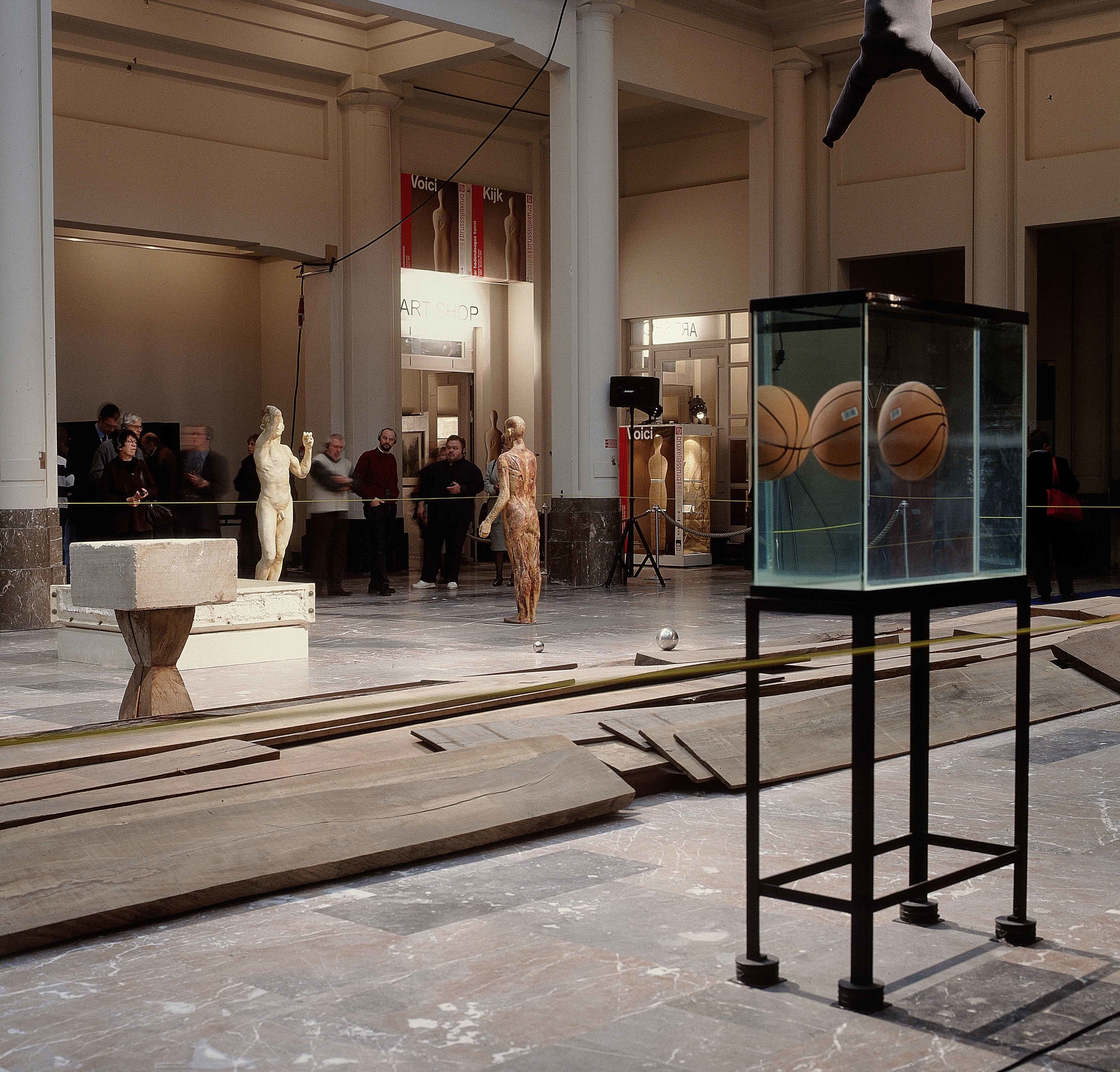
Me voici, Overture: Works by Lohaus, Brancusi, Vermeiren, Rodin, K. Smith, Richter, Koons. Photo Philippe De Gobert.
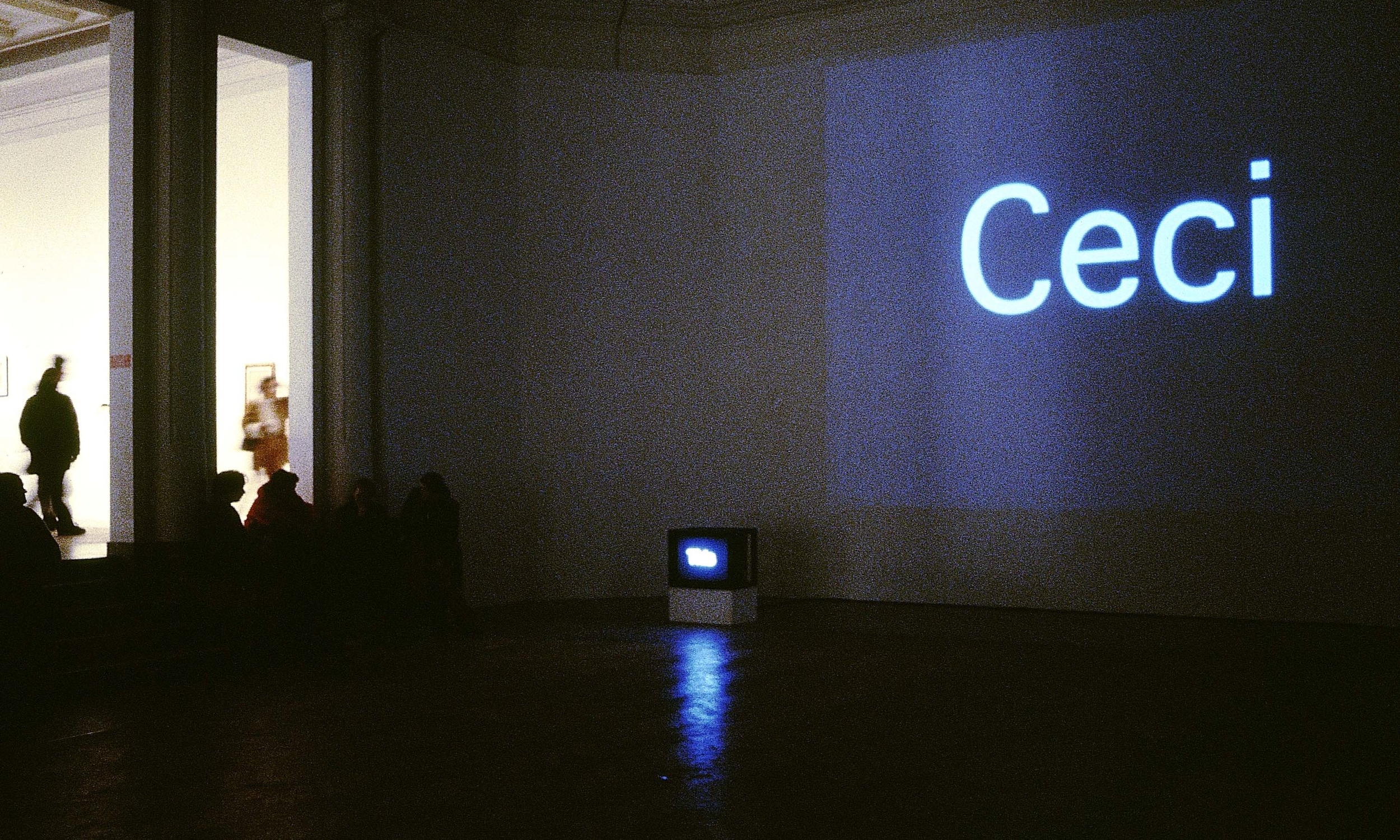
Me voici, Artist’s Project 1: Michael Snow, That / Cela / Dap, 2000. Photo Philippe De Gobert.
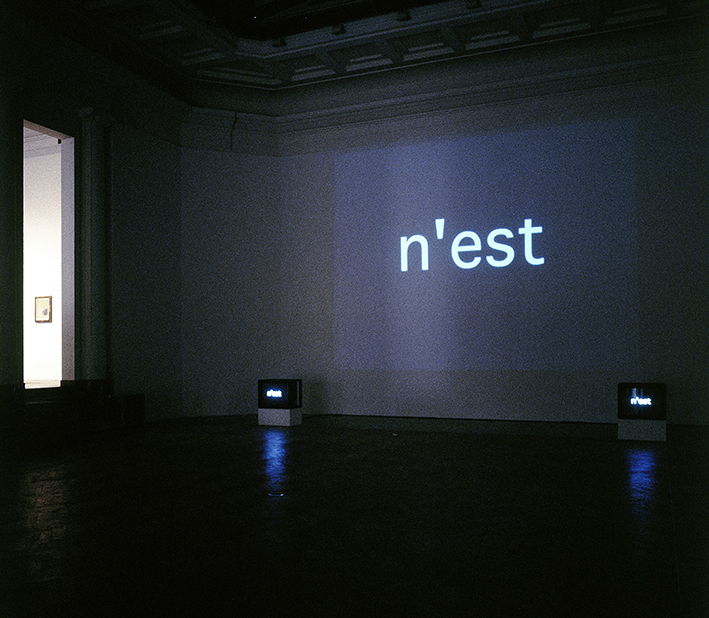
Me voici, Artist’s Project 1: Michael Snow, That / Cela / Dap, 2000. Photo Philippe De Gobert.
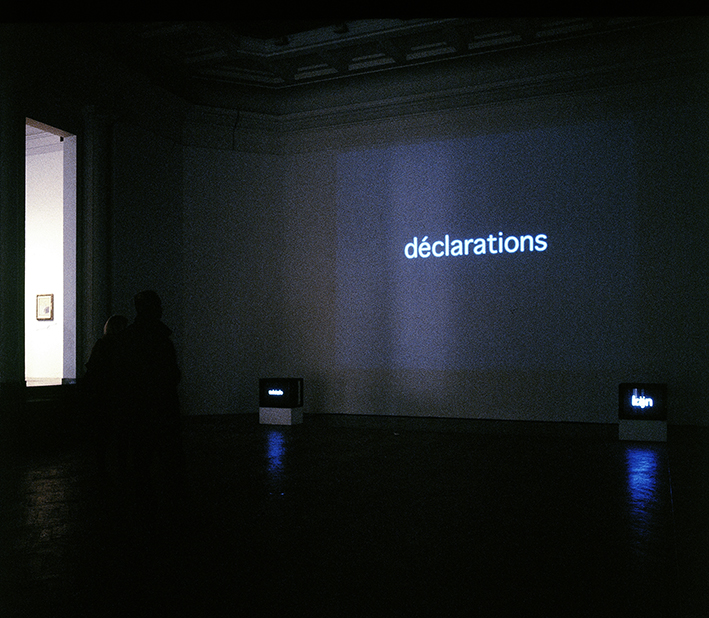
Me voici, Artist’s Project 1: Michael Snow, That / Cela / Dap, 2000. Photo Philippe De Gobert.
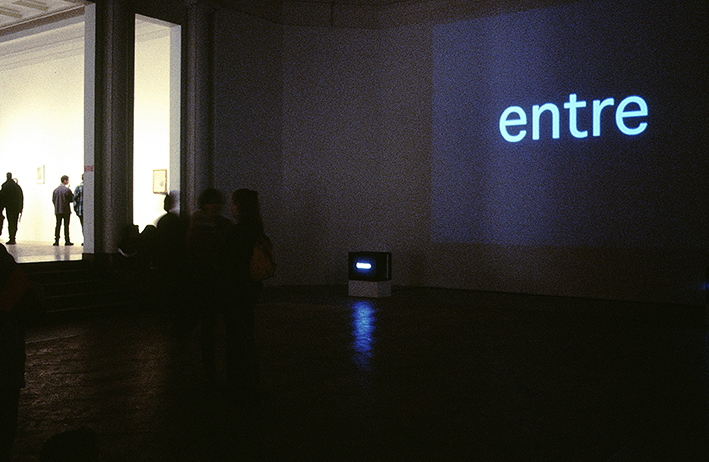
Me voici, Artist’s Project 1: Michael Snow, That / Cela / Dap, 2000. Photo Philippe De Gobert.
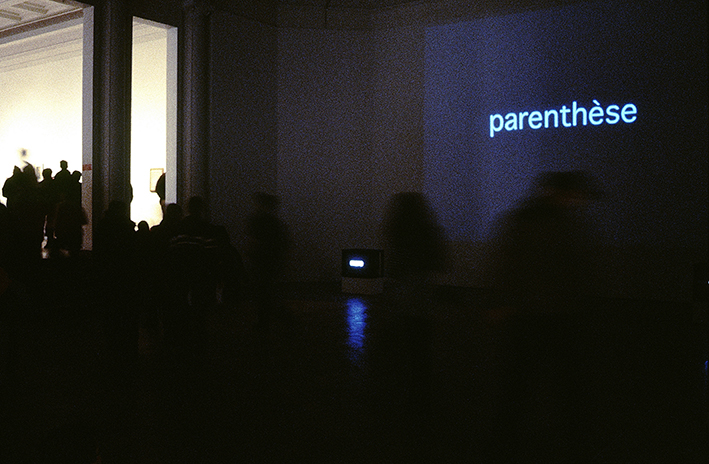
Me voici, Artist’s Project 1: Michael Snow, That / Cela / Dap, 2000. Photo Philippe De Gobert.
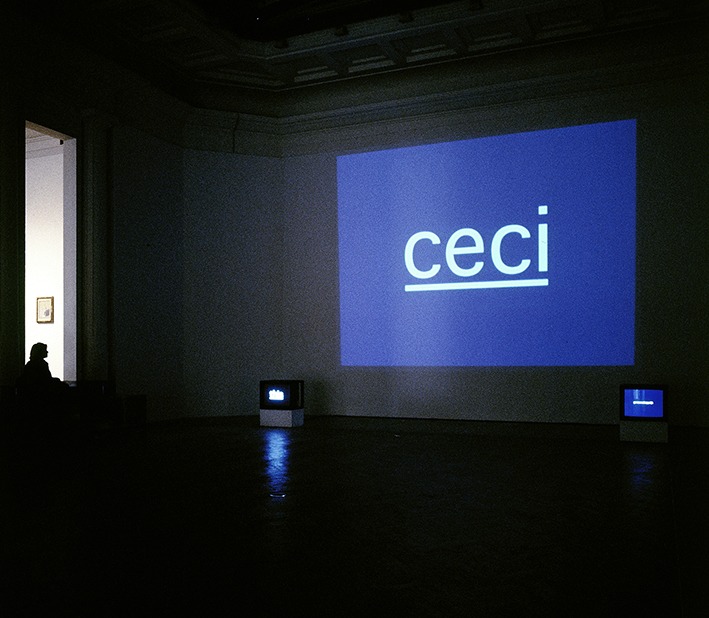
Me voici, Artist’s Project 1: Michael Snow, That / Cela / Dap, 2000. Photo Philippe De Gobert.
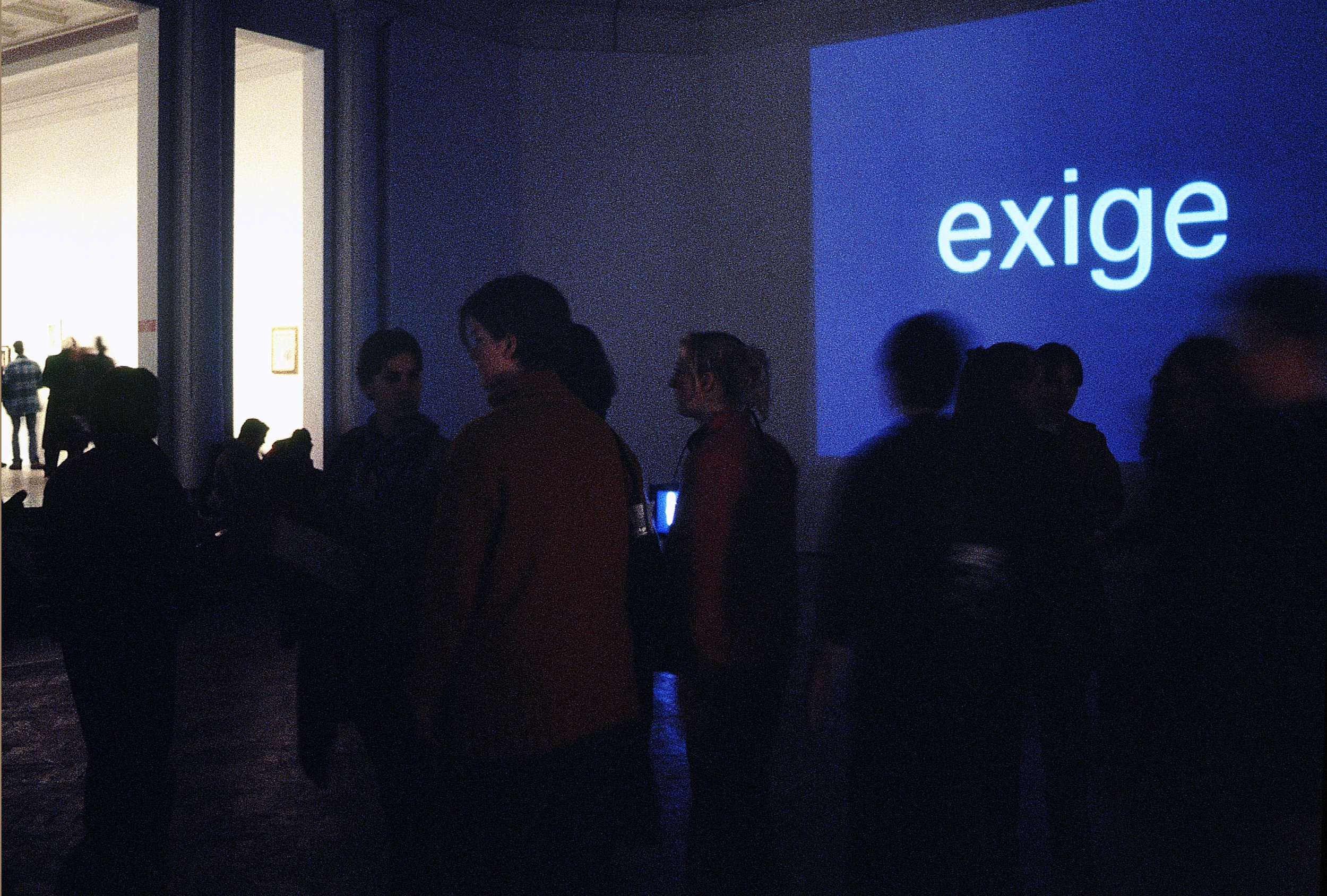
Me voici, Artist’s Project 1: Michael Snow, That / Cela / Dap, 2000. Photo Philippe De Gobert.
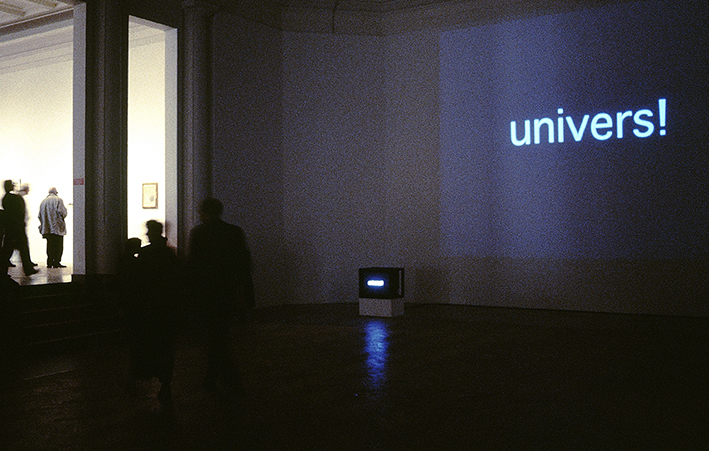
Me voici, Artist’s Project 1: Michael Snow, That / Cela / Dap, 2000. Photo Philippe De Gobert.
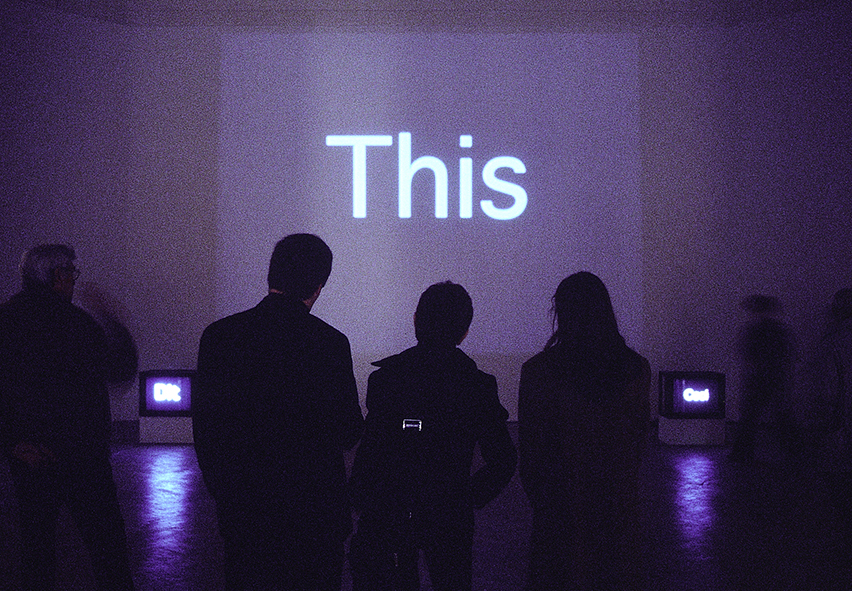
Me voici, Artist’s Project 1: Michael Snow, That / Cela / Dap, 2000.

Me voici, Artist’s Project 1: Michael Snow, That / Cela / Dap, 2000.
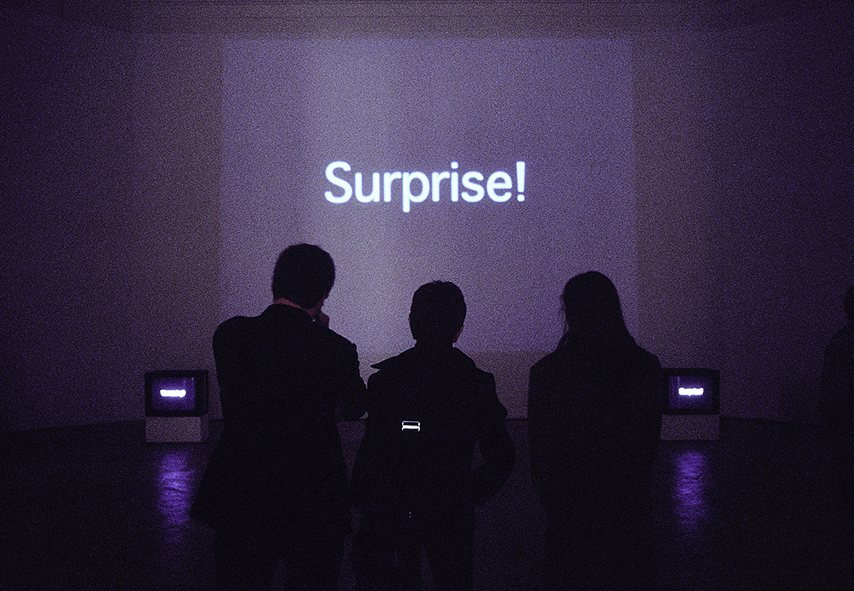
Me voici, Artist’s Project 1: Michael Snow, That / Cela / Dap, 2000.
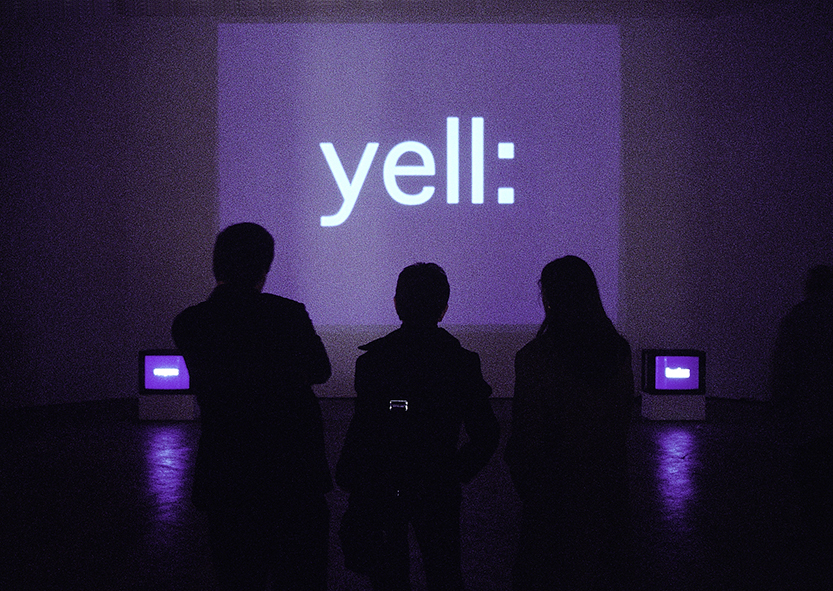
Me voici, Artist’s Project 1: Michael Snow, That / Cela / Dap, 2000.

Me voici, Artist’s Project 1: Michael Snow, That / Cela / Dap, 2000.

Me voici, Artist’s Project 1: Michael Snow, That / Cela / Dap, 2000.

Me voici, Still Lifes: Works by Fischli & Weiss, Morandi, Fautrier. Photo Philippe De Gobert.
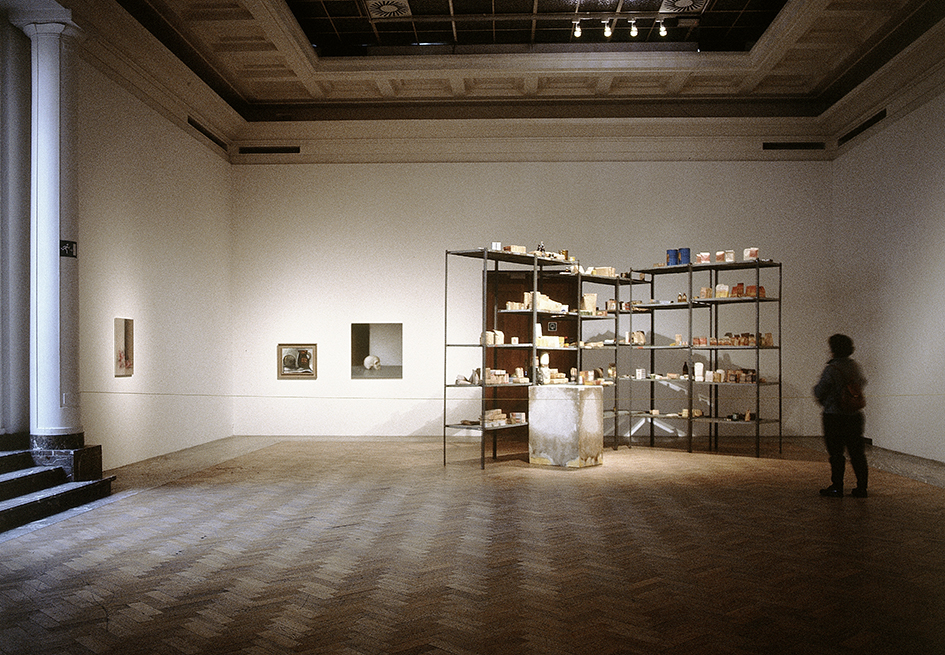
Me voici, Still Lifes: Works by Richter, Picasso, Richter, Beuys. Photo Philippe De Gobert.
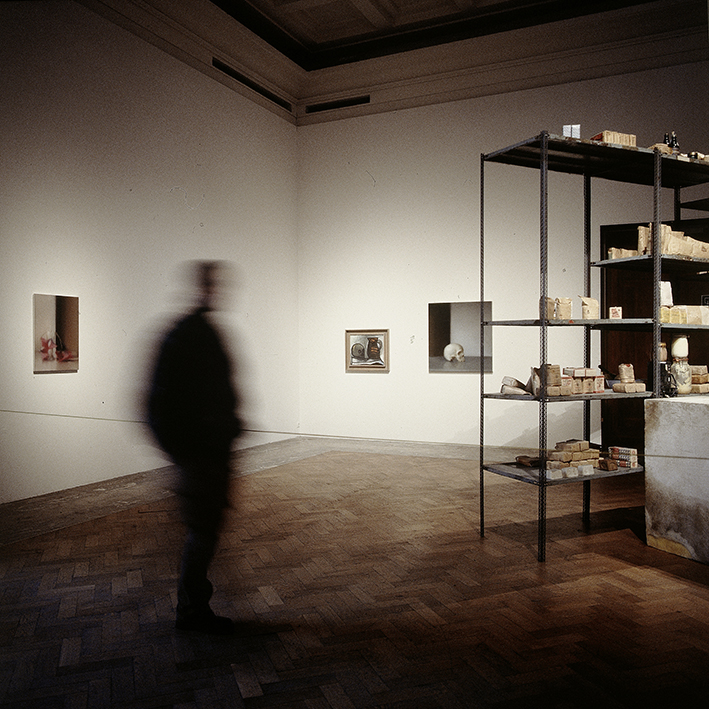
Me voici, Still Lifes: Works by Richter, Picasso, Richter, Beuys. Photo Philippe De Gobert.
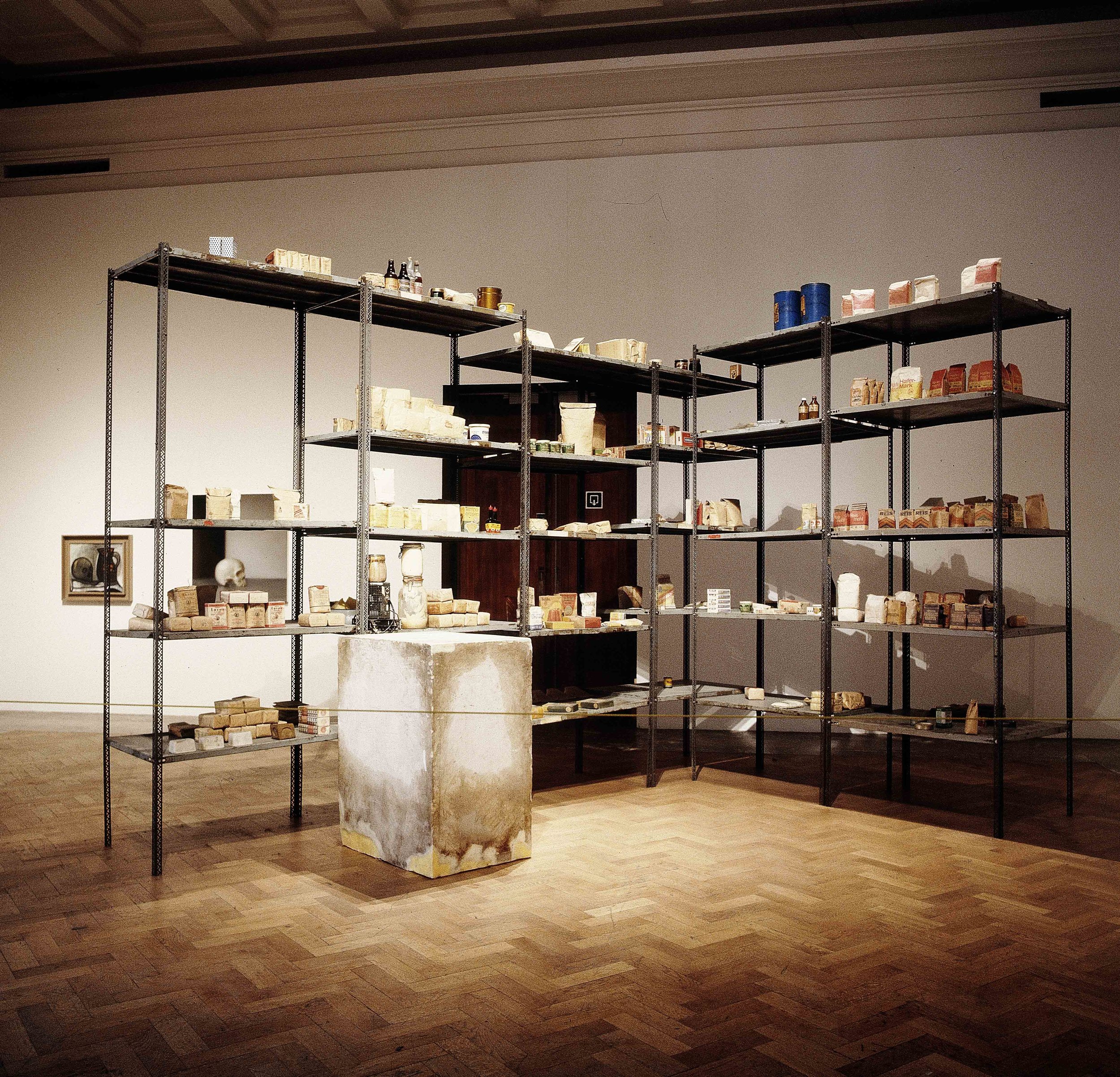
Me voici, Still Lifes: Beuys, Wirtschaftswerte, 1980. Photo Philippe De Gobert.
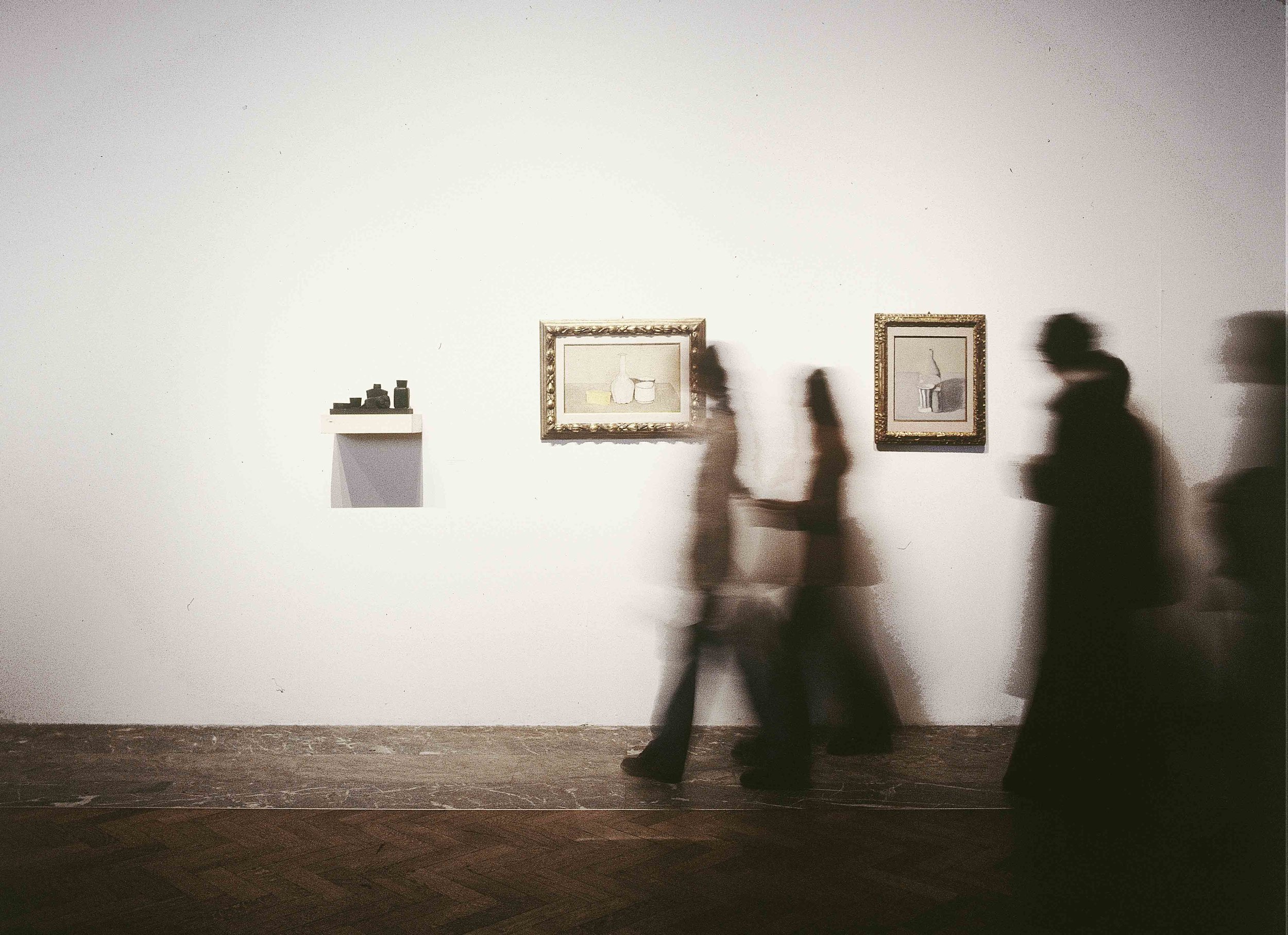
Me voici, Still Lifes: Works by Fischli & Weiss, Morandi. Photo Philippe De Gobert.

Me voici, Still Lifes: Works by Picasso, Fischli & Weiss. Photo Philippe De Gobert.

Me voici, Still Lifes: Wall of photos (from Fox Talbot to Jacques Vilet). Photo Philippe De Gobert.
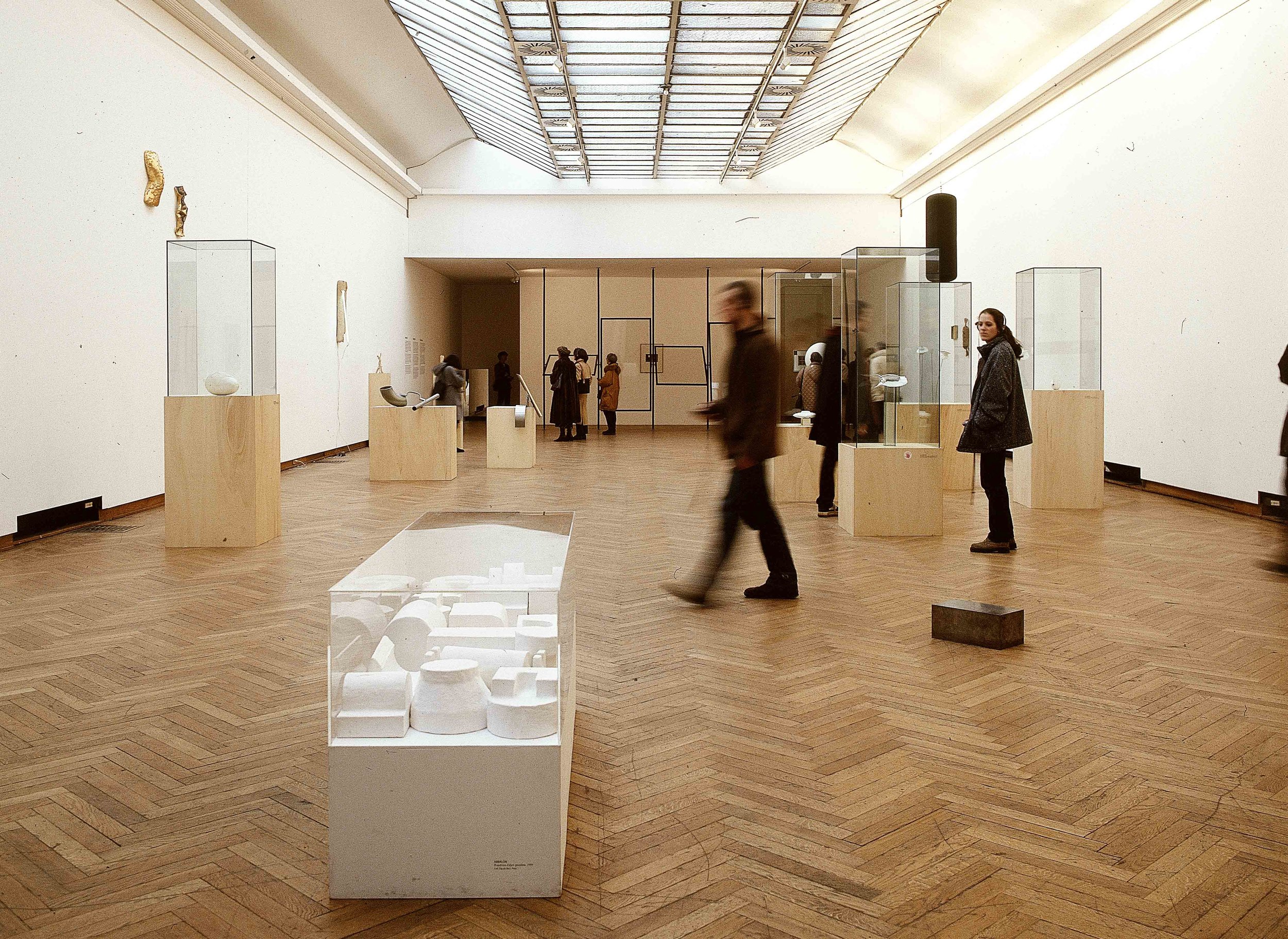
Me voici, Helter Skelter Things: Works by Absalon, Anselmo, et al. Photo Philippe De Gobert.
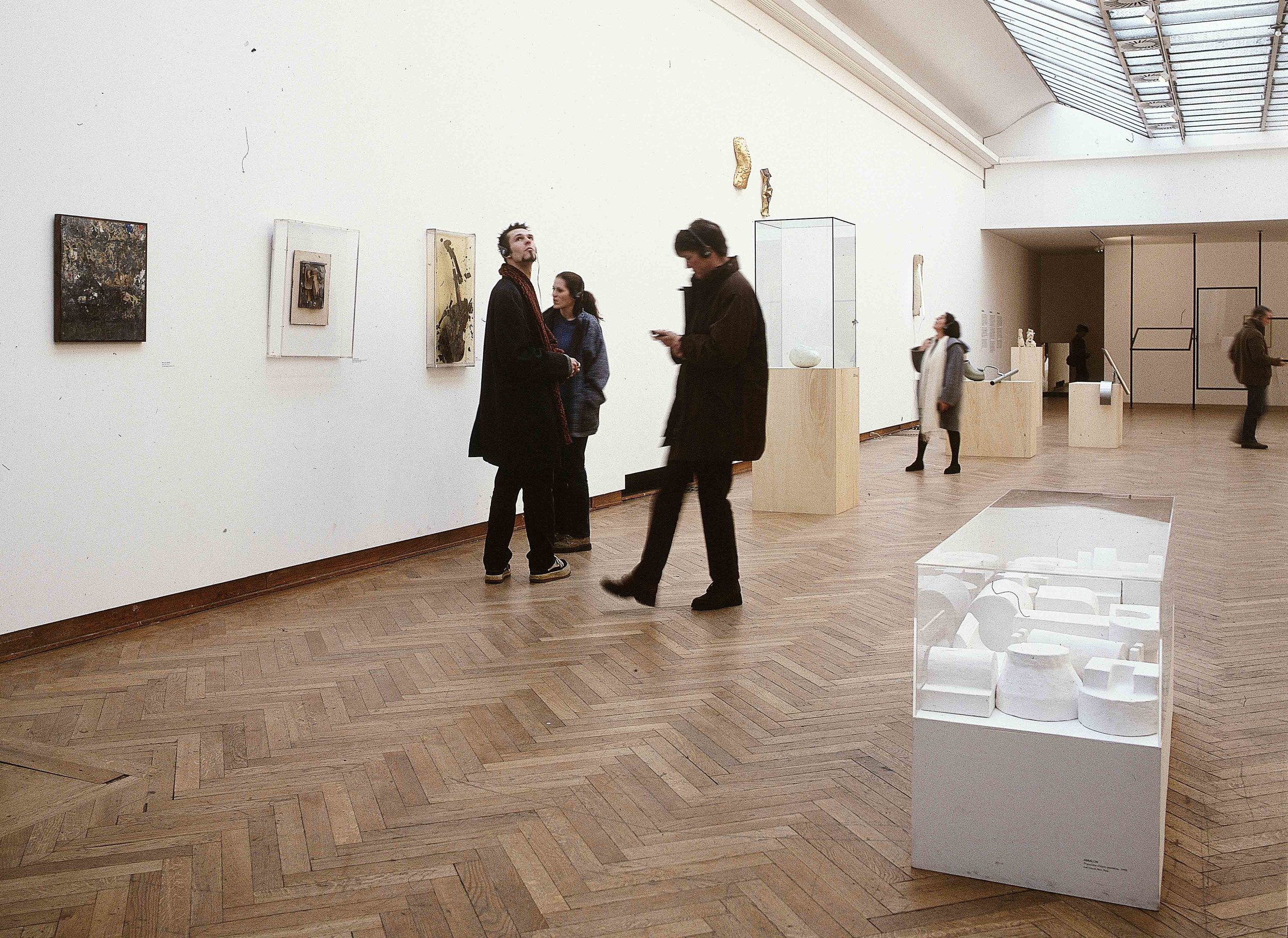
Me voici, Helter Skelter Things: Works by Hains, Schwitters, Arman, Absalon, et al. Photo Philippe De Gobert.

Me voici, Helter Skelter Things: Works by Anselmo, Artschwager, Judd, et al. Photo Philippe De Gobert.
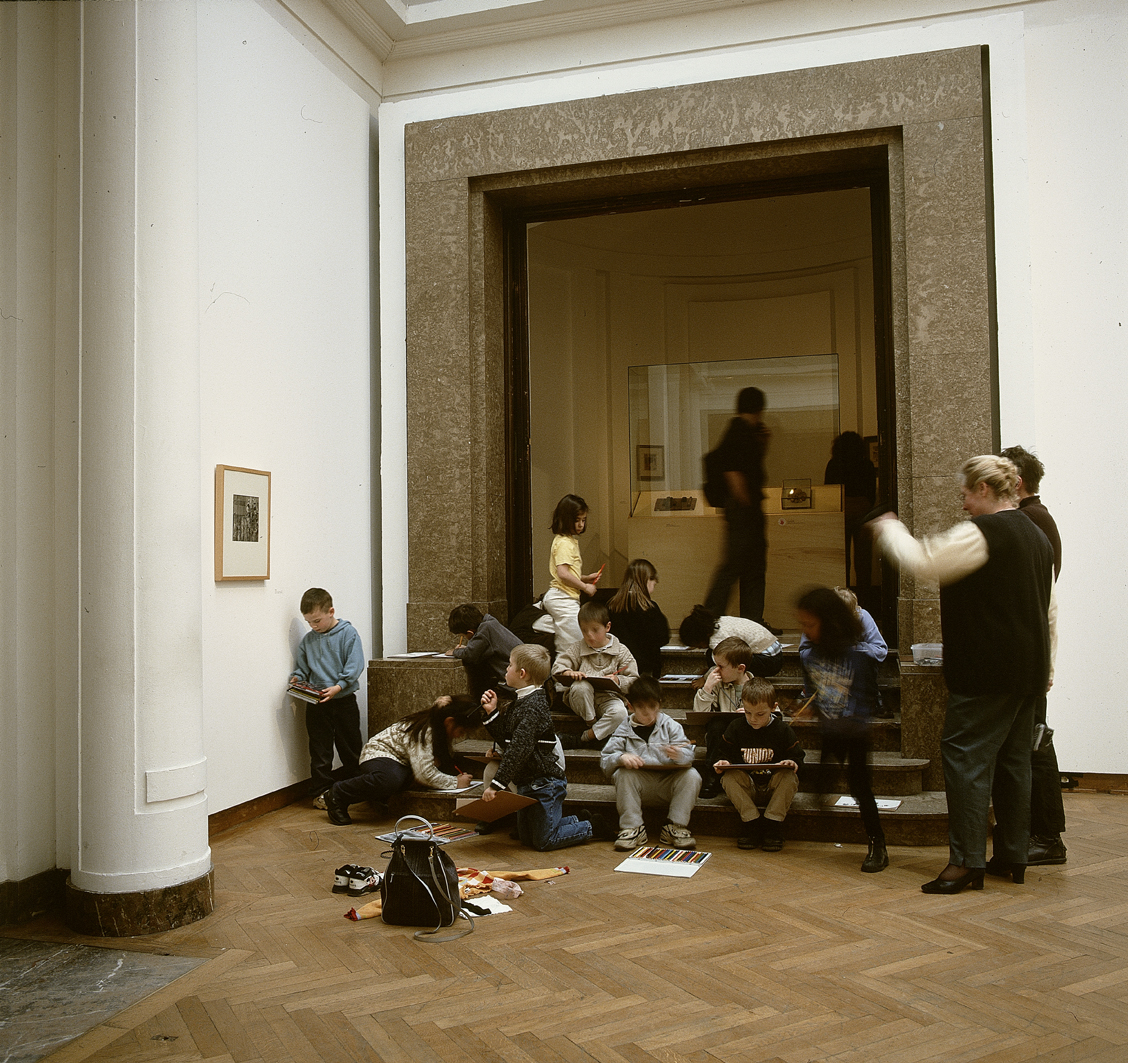
Me voici, Helter Skelter Things: Works by Wols, Arp, Schwitters, Duchamp. Photo Philippe De Gobert.

Me voici, Helter Skelter Things: Works by Artschwager, Judd, et al. Photo Philippe De Gobert.
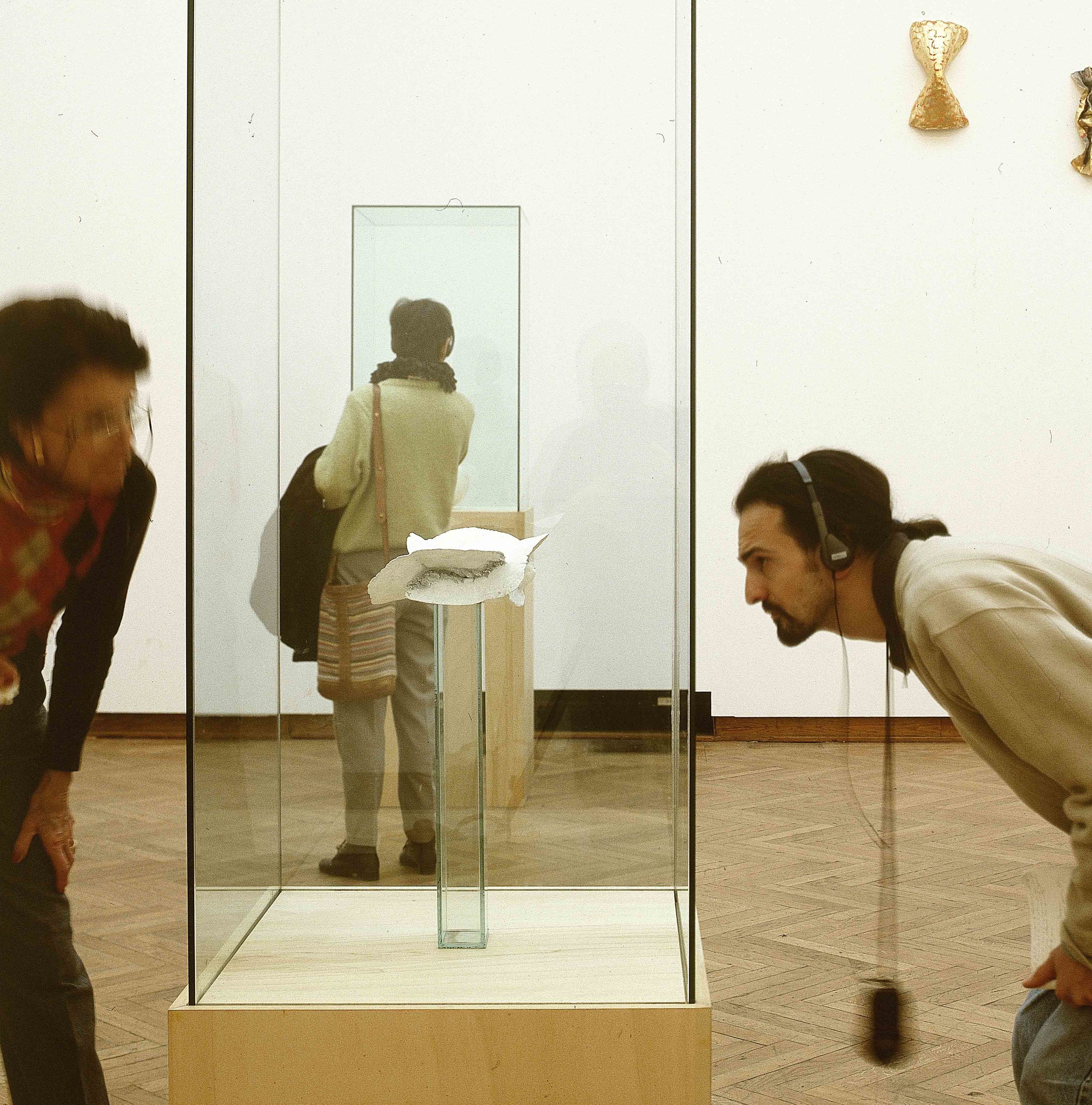
Me voici, Helter Skelter Things: Eric Cameron, Sonnets from the Portuguese (1656) — for Margaret, 1992-. Photo Philippe De Gobert.
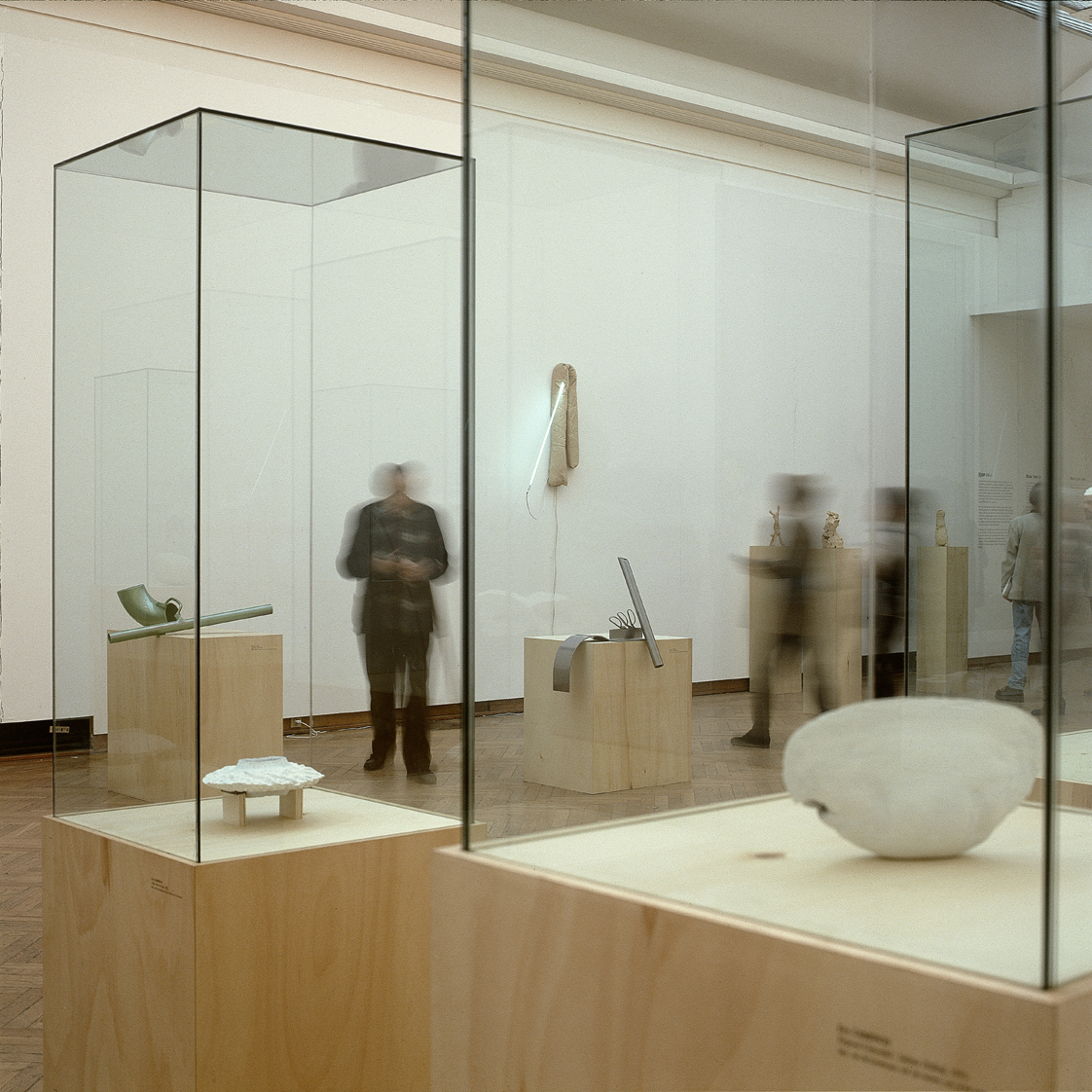
Me voici, Helter Skelter Things: Eric Cameron, Chloe’s Brown Sugar, 1992-; Exposed-Concealed: Salima Halladj, 1993-; in background, works by Caro, Merz, Flanagan. Photo Philippe De Gobert.
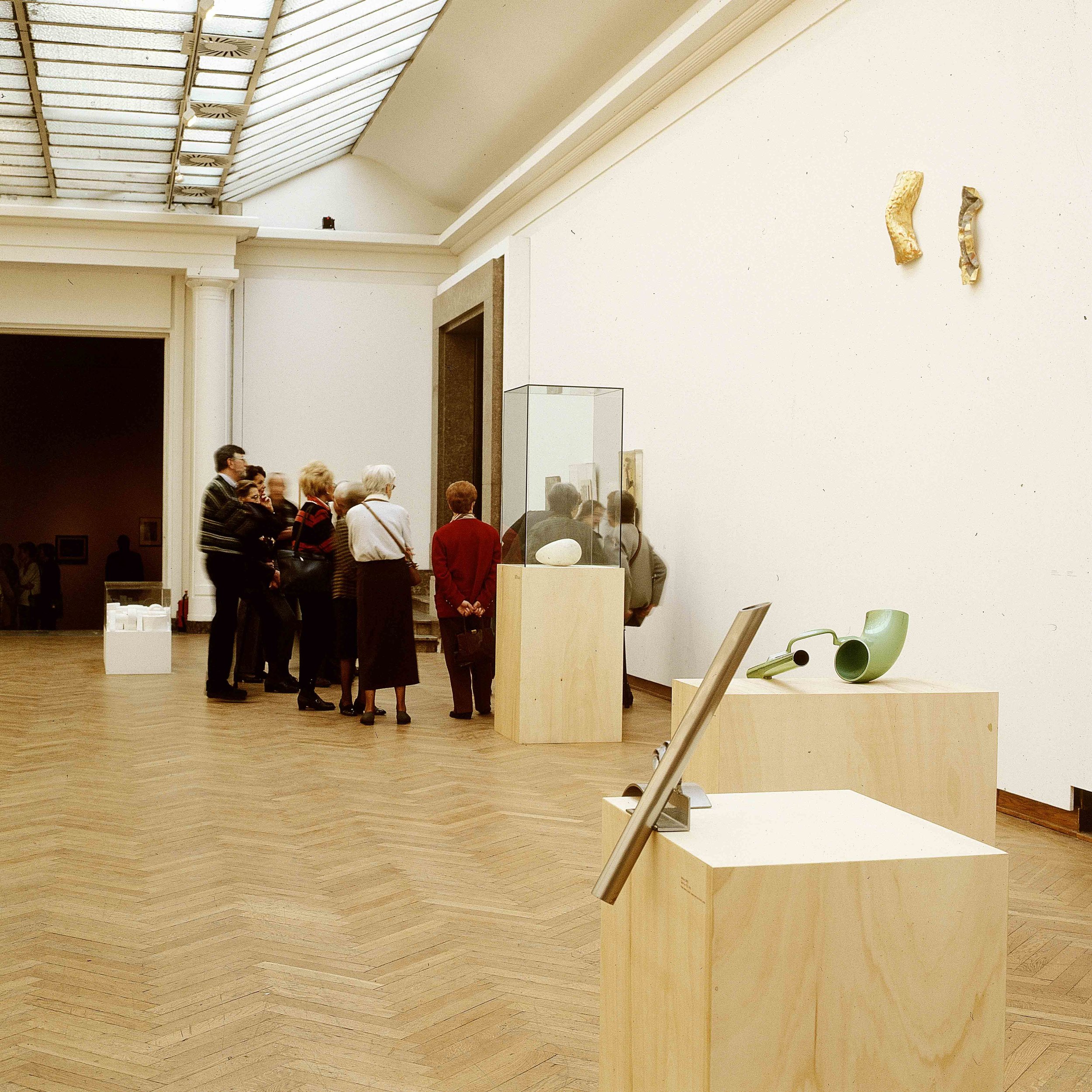
Me voici, Helter Skelter Things: Works by Absalon, Brancusi, Benglis, Caro, et al. Photo Philippe De Gobert.
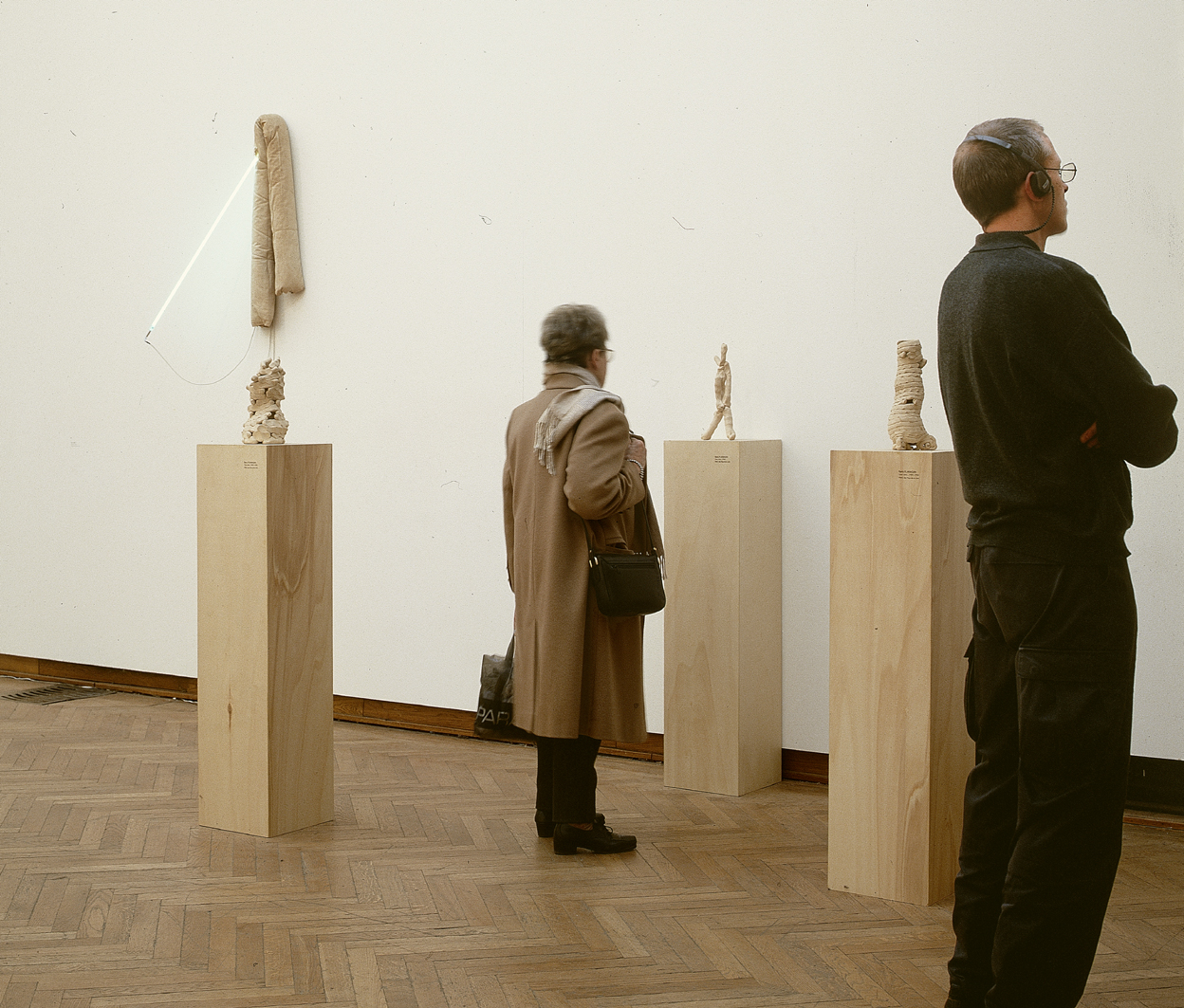
Me voici, Helter Skelter Things: Works by M. Merz, Flanagan. Photo Philippe De Gobert.

Me voici, Helter Skelter Things: Works by Manzoni, Castellas. Photo Philippe De Gobert.
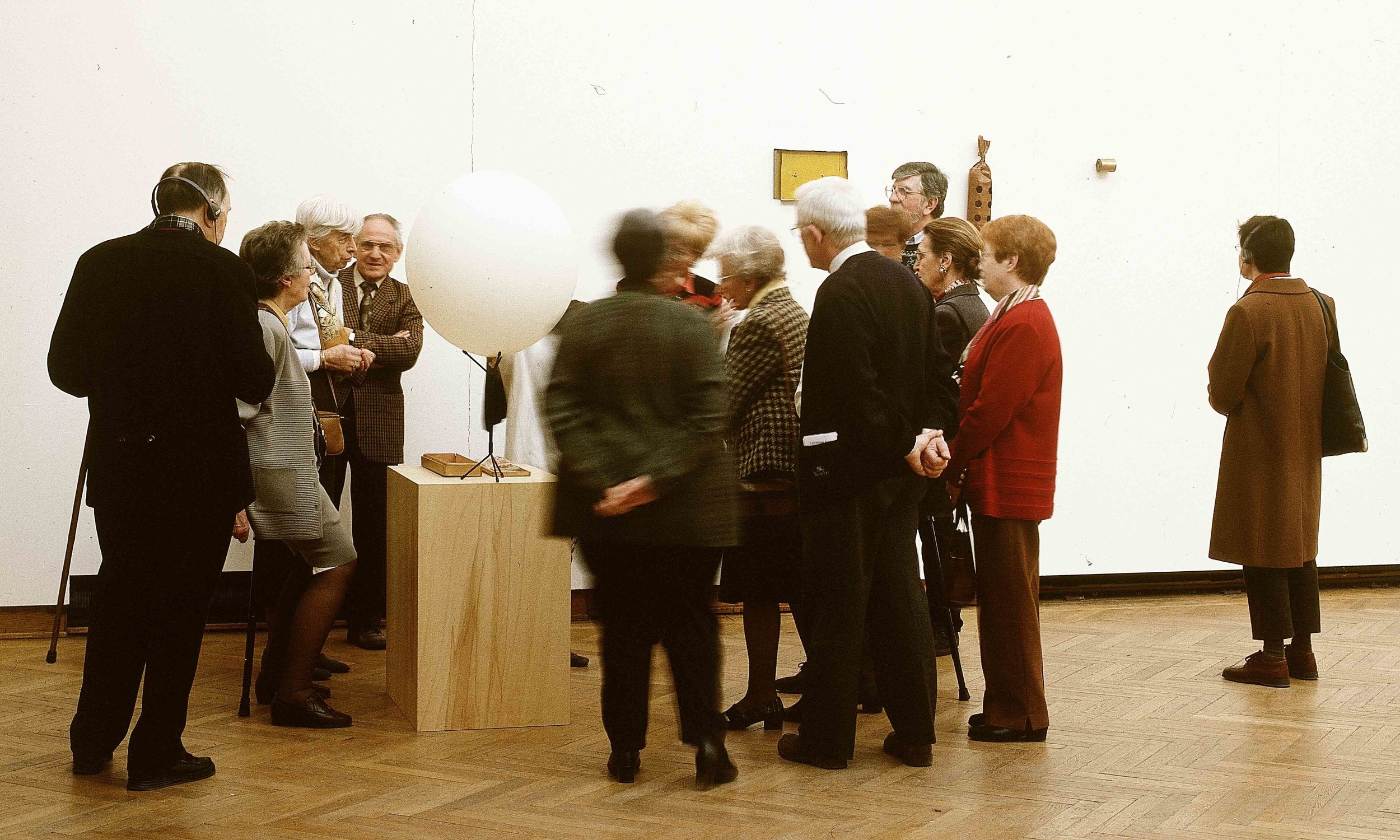
Me voici, Helter Skelter Things: Works by Manzoni, Castellas. Photo Philippe De Gobert.

Me voici, Helter Skelter Things: Works by Artschwager, Manzoni, Caro, Benglis, Flanagan, Merz, Richter, et al. Photo Philippe De Gobert.

Me voici, Helter Skelter Things: Works by Richter, Manzoni, Castellas, Artschwager. Photo Philippe De Gobert.

Hinge Me voici—Vous voici: Works by Flanagan, Richter. Photo Philippe De Gobert.
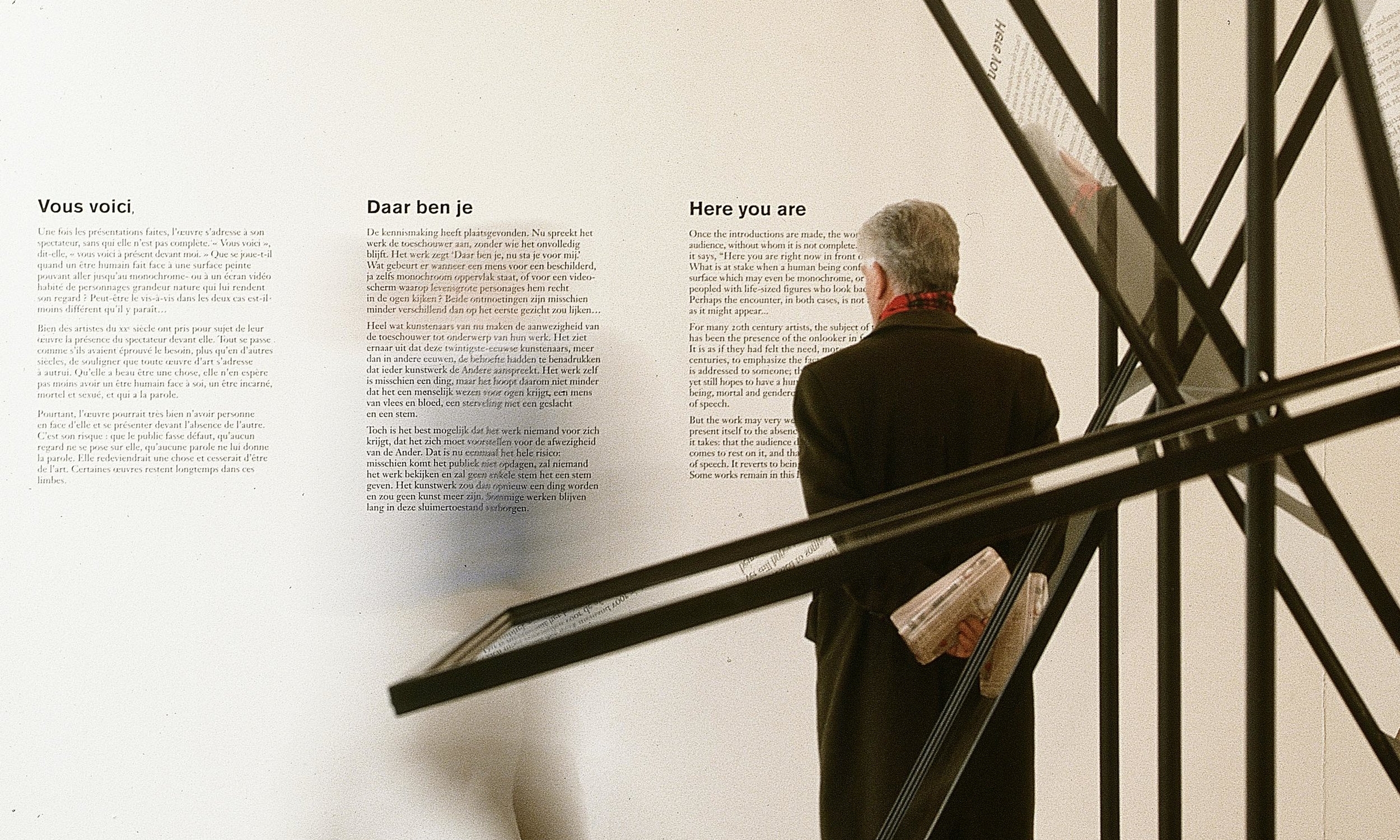
Vous voici, Overture: Gerhard Richter, Vier Glasscheiben, 1967. Photo Philippe De Gobert.
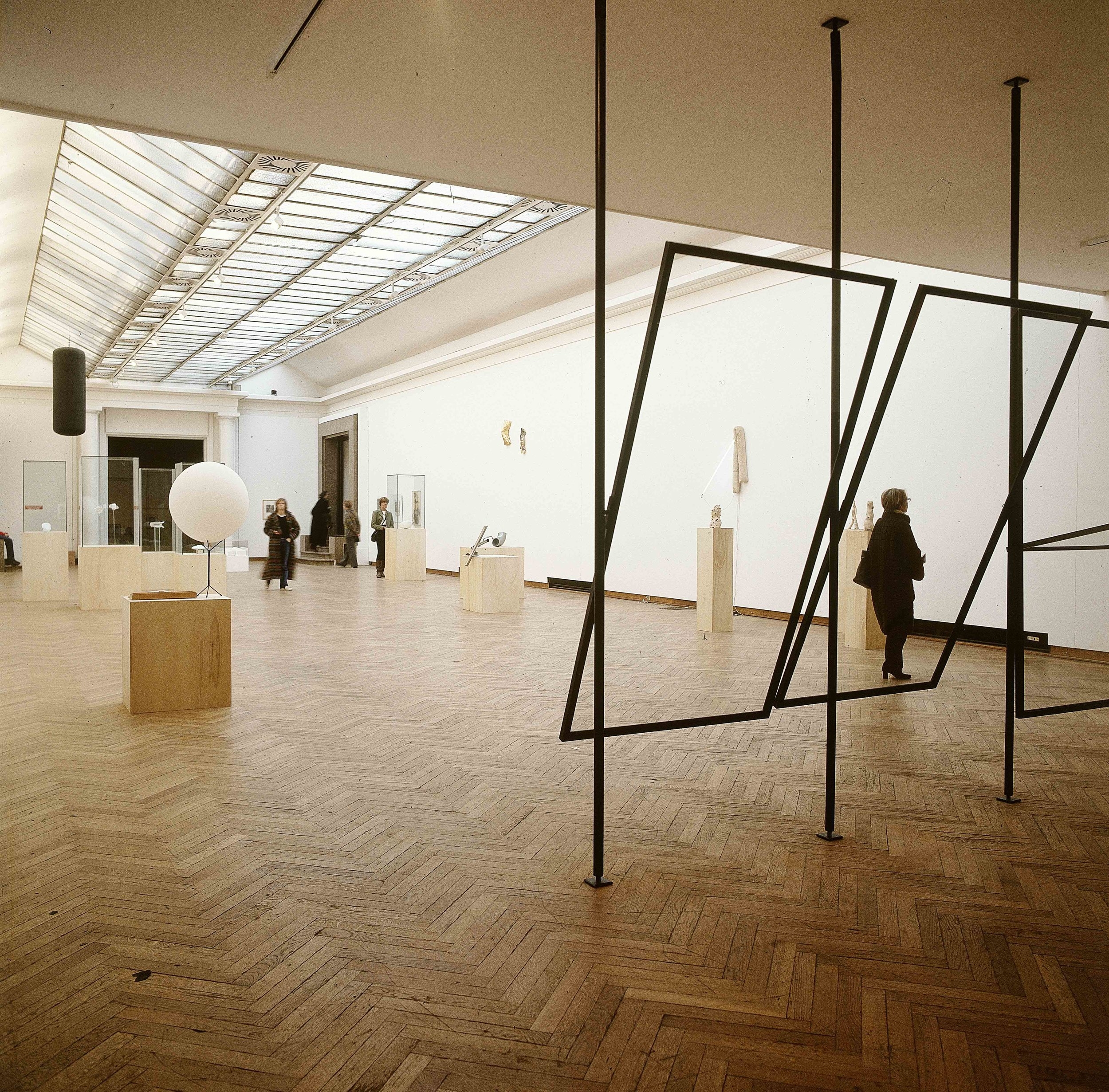
Hinge Me voici—Vous voici: Works by Manzoni, Richter et al. Photo Philippe De Gobert.
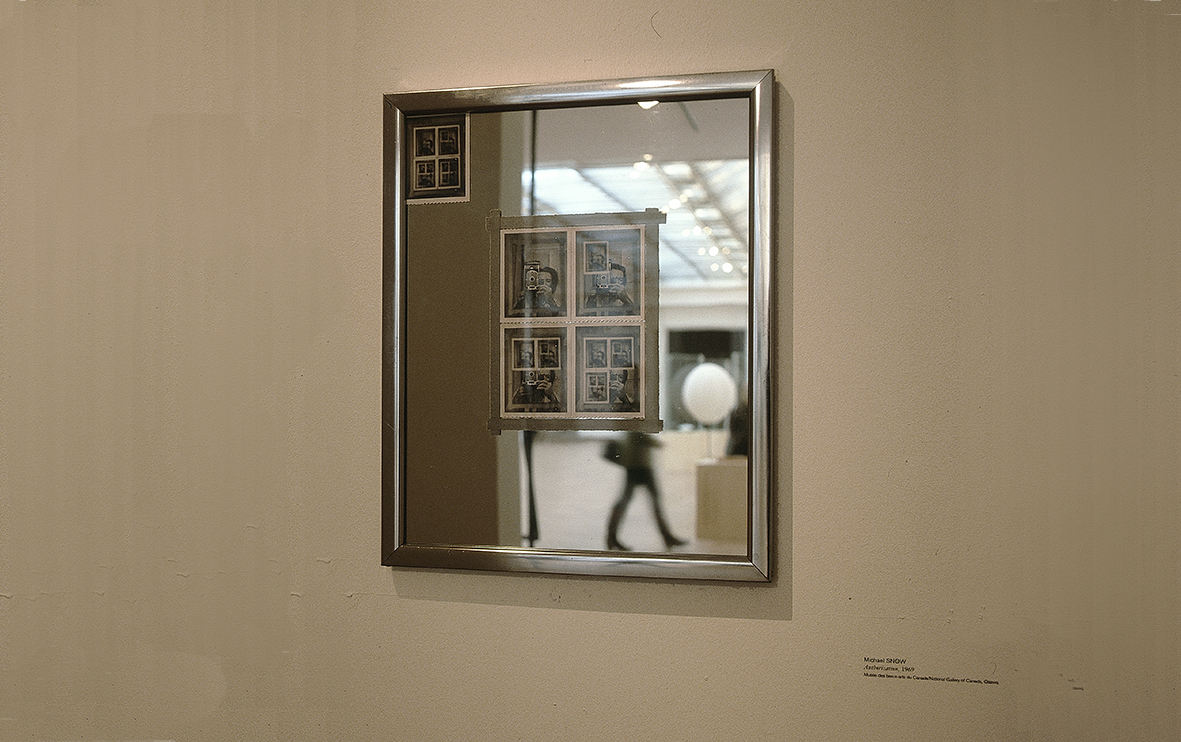
Hinge Me voici—Vous voici: Michael Snow, Authorization, 1969. Photo Philippe De Gobert.
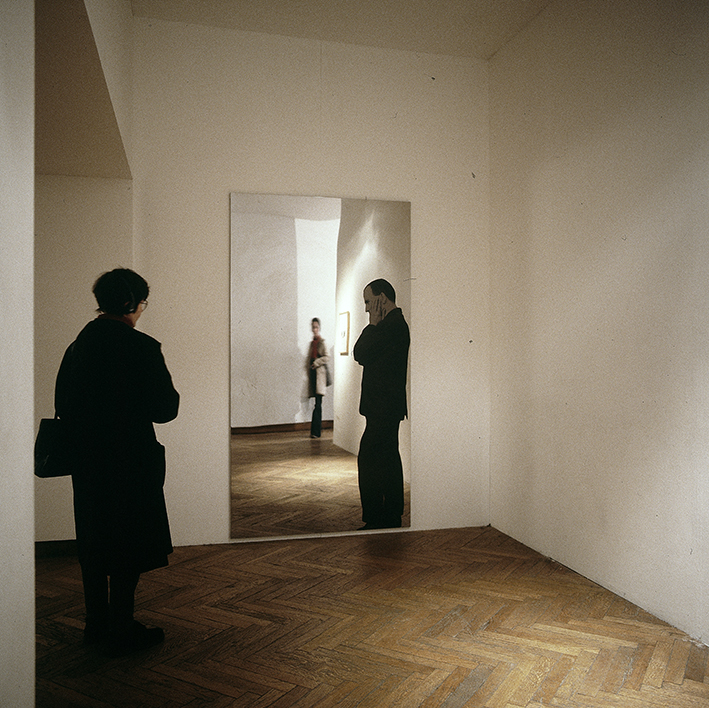
Vous voici, Overture: Pistoletto, L’uomo che pensa, 1962-1993. Photo Philippe De Gobert.
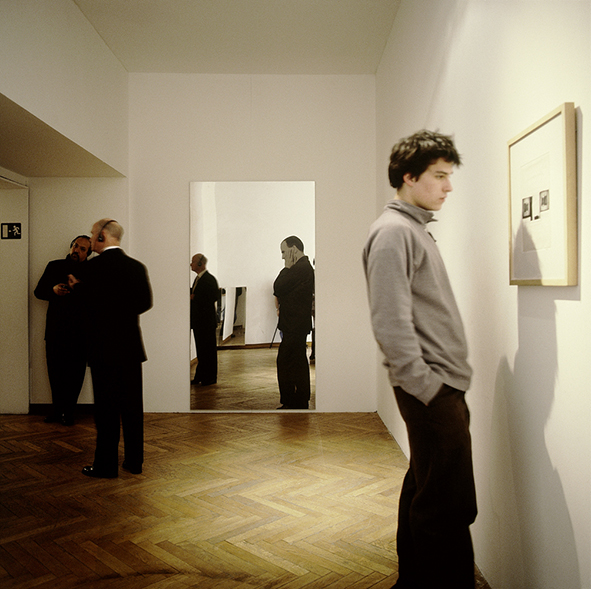
Vous voici, Overture: Works by Pistoletto, Smithson. Photo Philippe De Gobert.
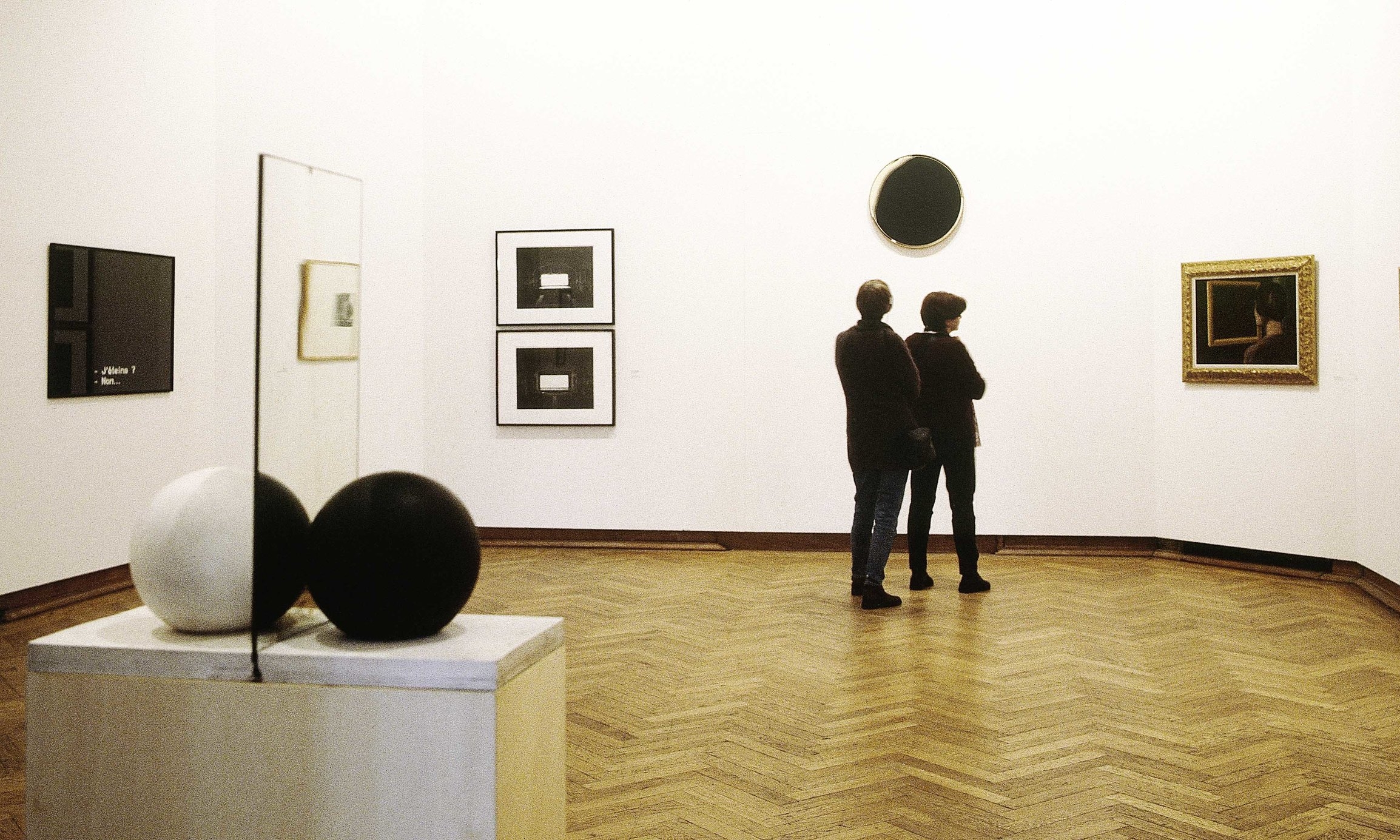
Vous voici, Mirrors: Works by Rondepierre, Noronha da Costa, Sugimoto, Lichtenstein, Magritte. Photo Philippe De Gobert.

Vous voici, Mirrors: Works by Lichtenstein, Magritte, Hausmann, Trockel. Photo Philippe De Gobert.
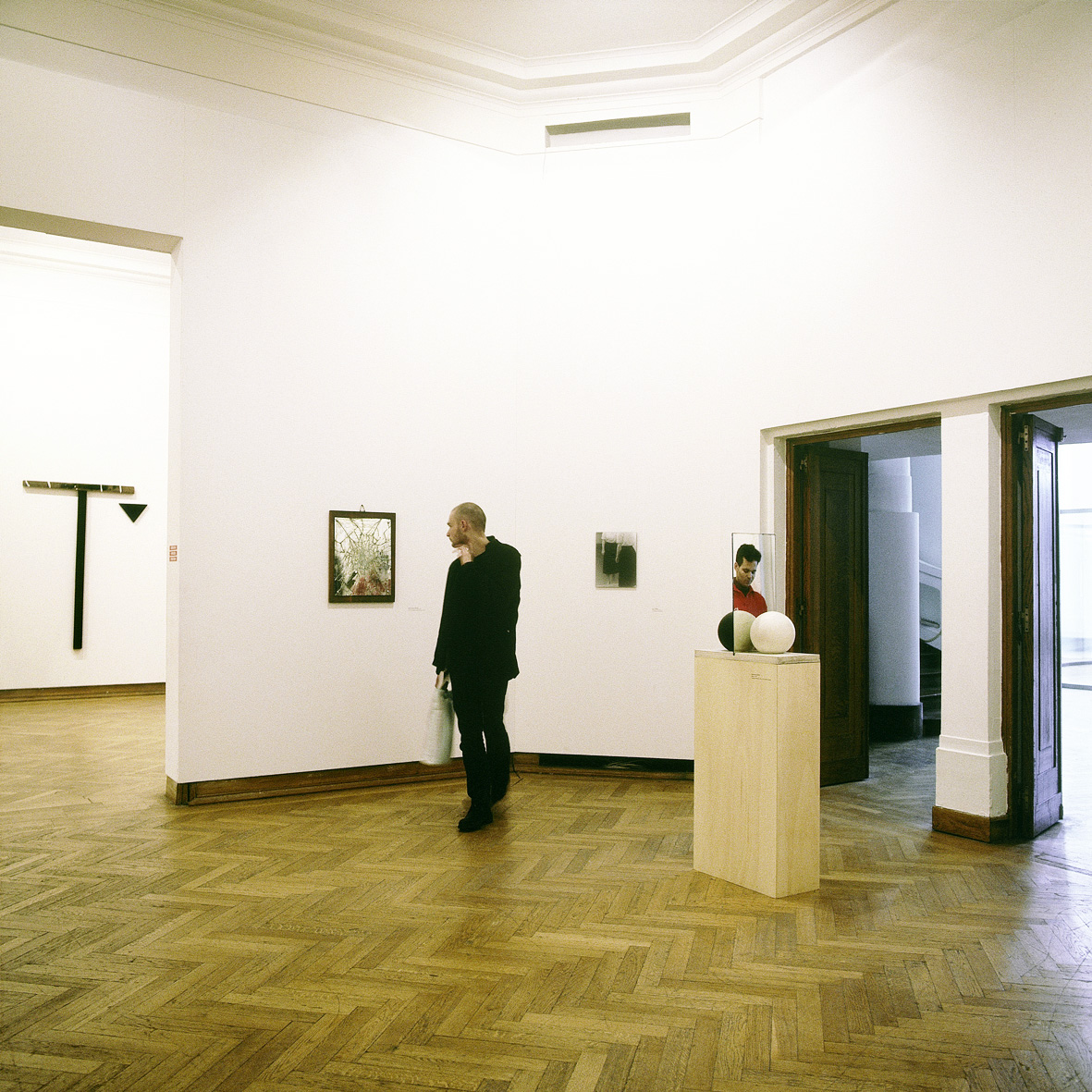
Vous voici, Mirrors: Works by Palermo, Artschwager, Eyberg, Noronha da Costa. Photo Philippe De Gobert.
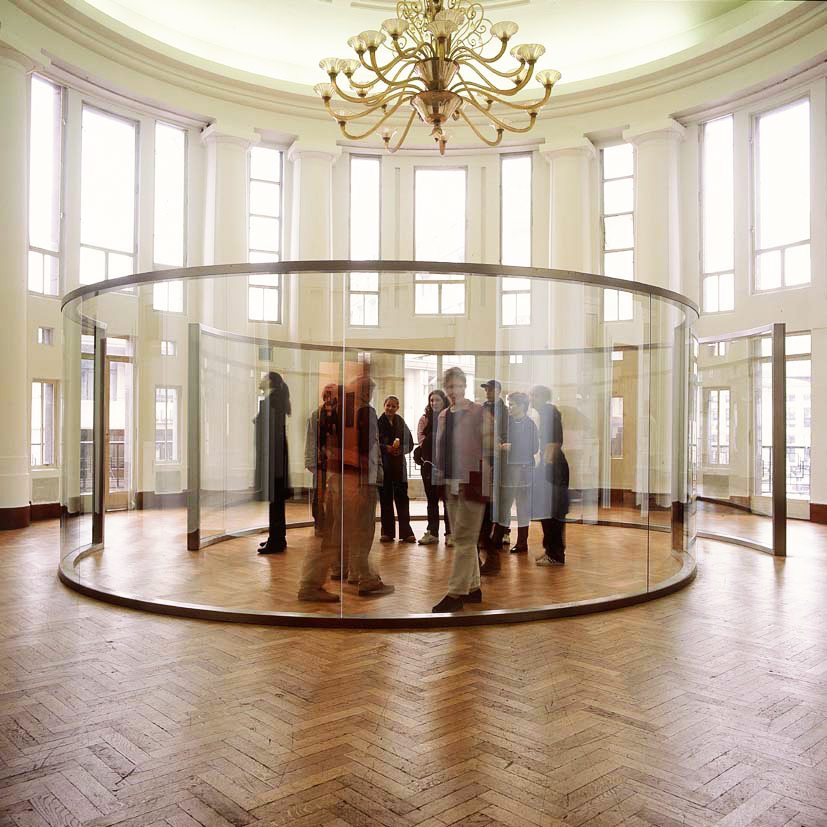
Vous voici, Artist’s Project 2: Dan Graham, Two Staggered Two-Way Mirror Half-Cylinders, 2000. Photo Philippe De Gobert.
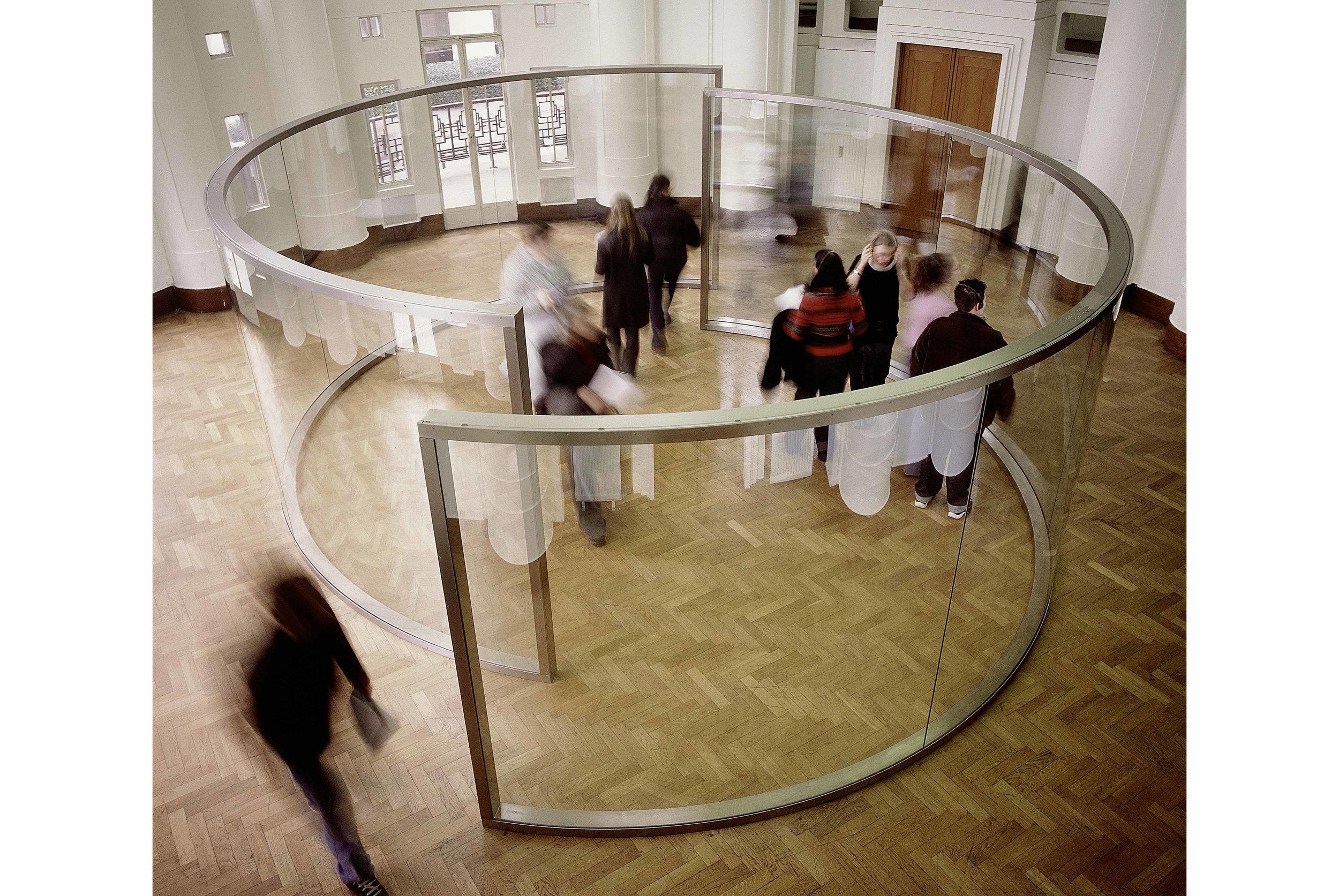
Vous voici, Artist’s Project 2: Dan Graham, Two Staggered Two-Way Mirror Half-Cylinders, 2000. Photo Philippe De Gobert.
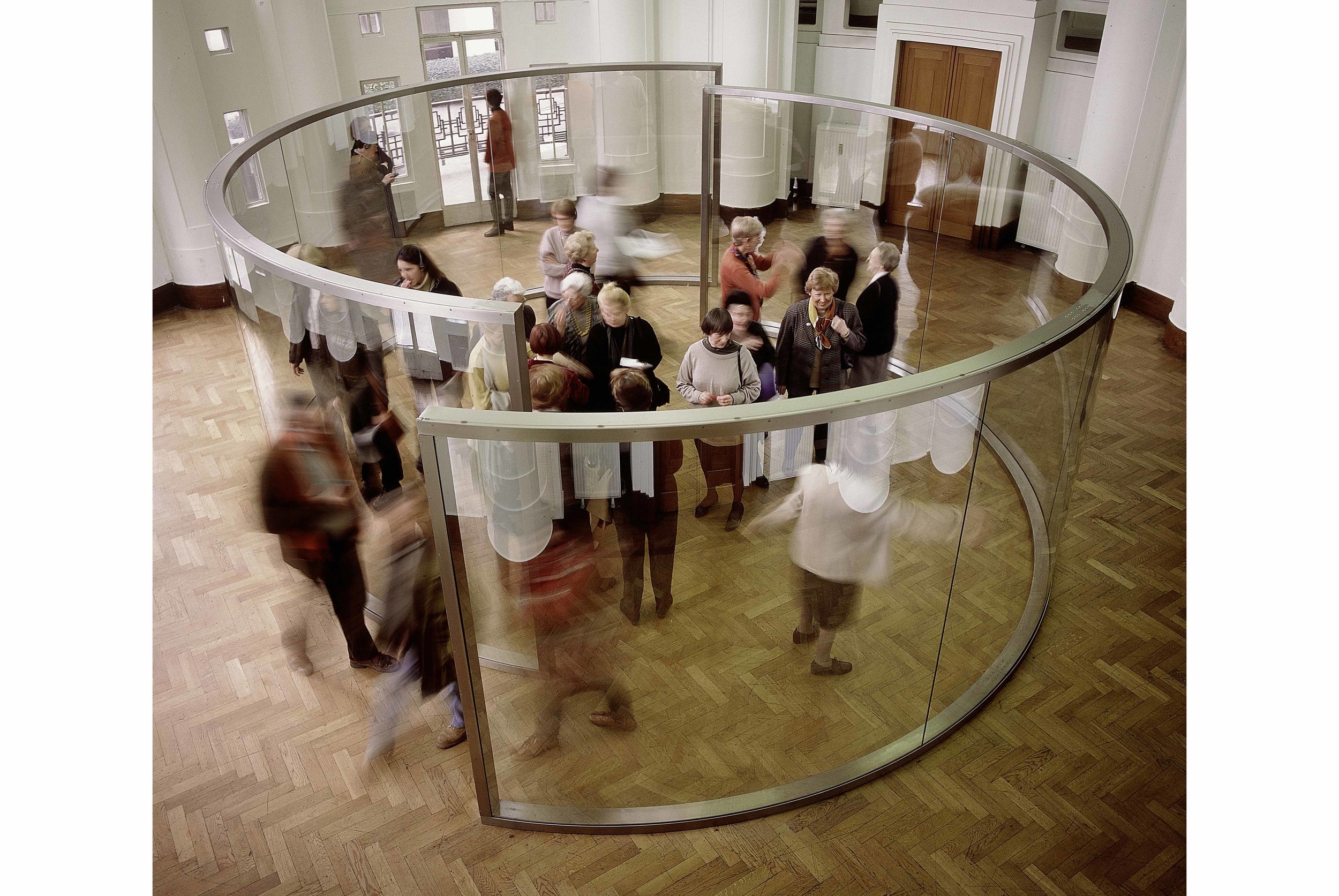
Vous voici, Artist’s Project 2: Dan Graham, Two Staggered Two-Way Mirror Half-Cylinders, 2000. Photo Philippe De Gobert.
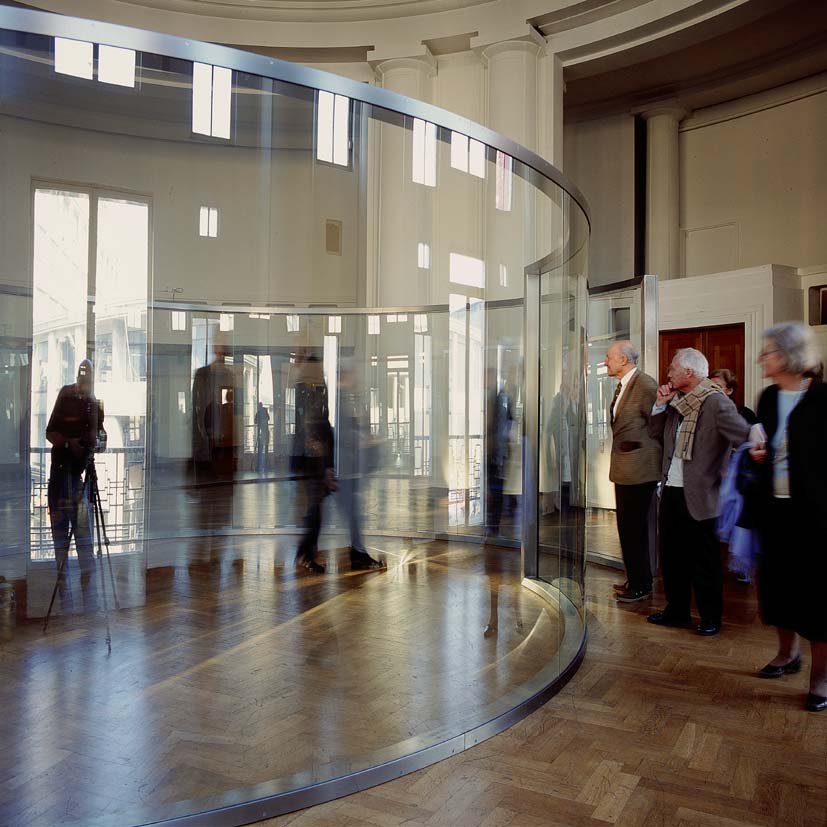
Vous voici, Artist’s Project 2: Dan Graham, Two Staggered Two-Way Mirror Half-Cylinders, 2000. Photo Philippe De Gobert.
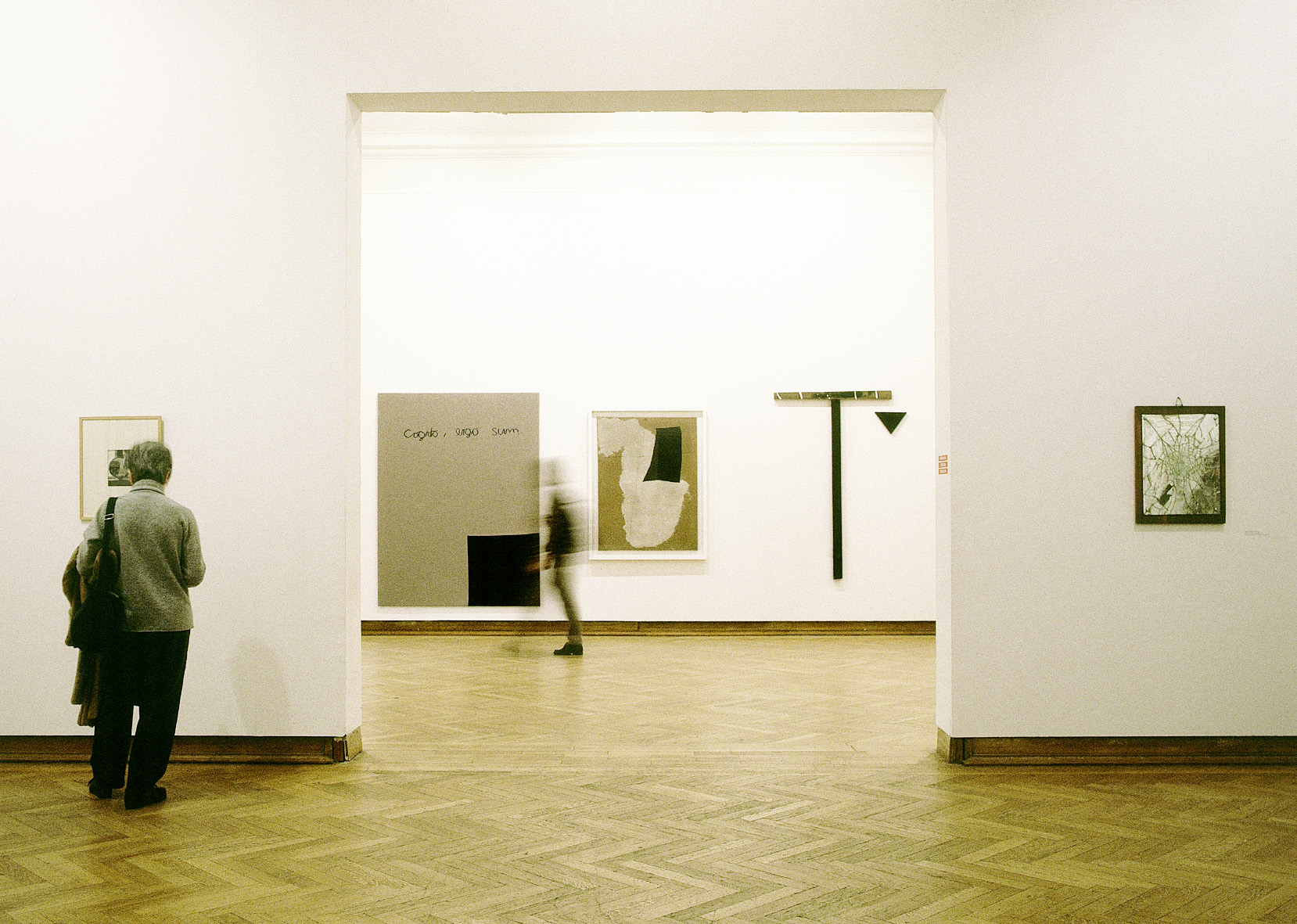
Vous voici, Mirrors + Reflections: Works by Hausmann, Trockel, Miró, Palermo, Artschwager. Photo Philippe De Gobert.
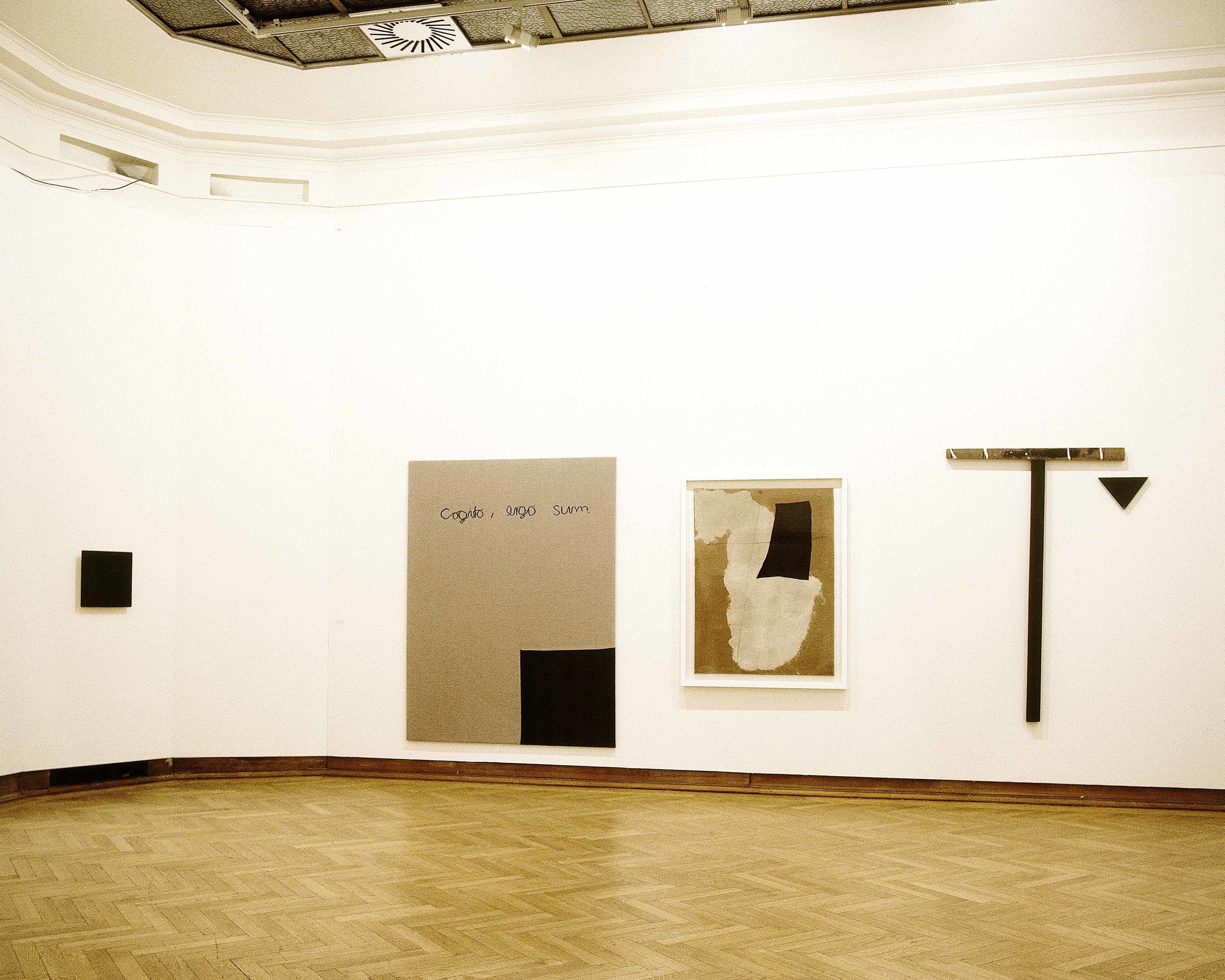
Vous voici, Reflections: Works by Umberg, Trockel, Miró, Palermo. Photo Philippe De Gobert.
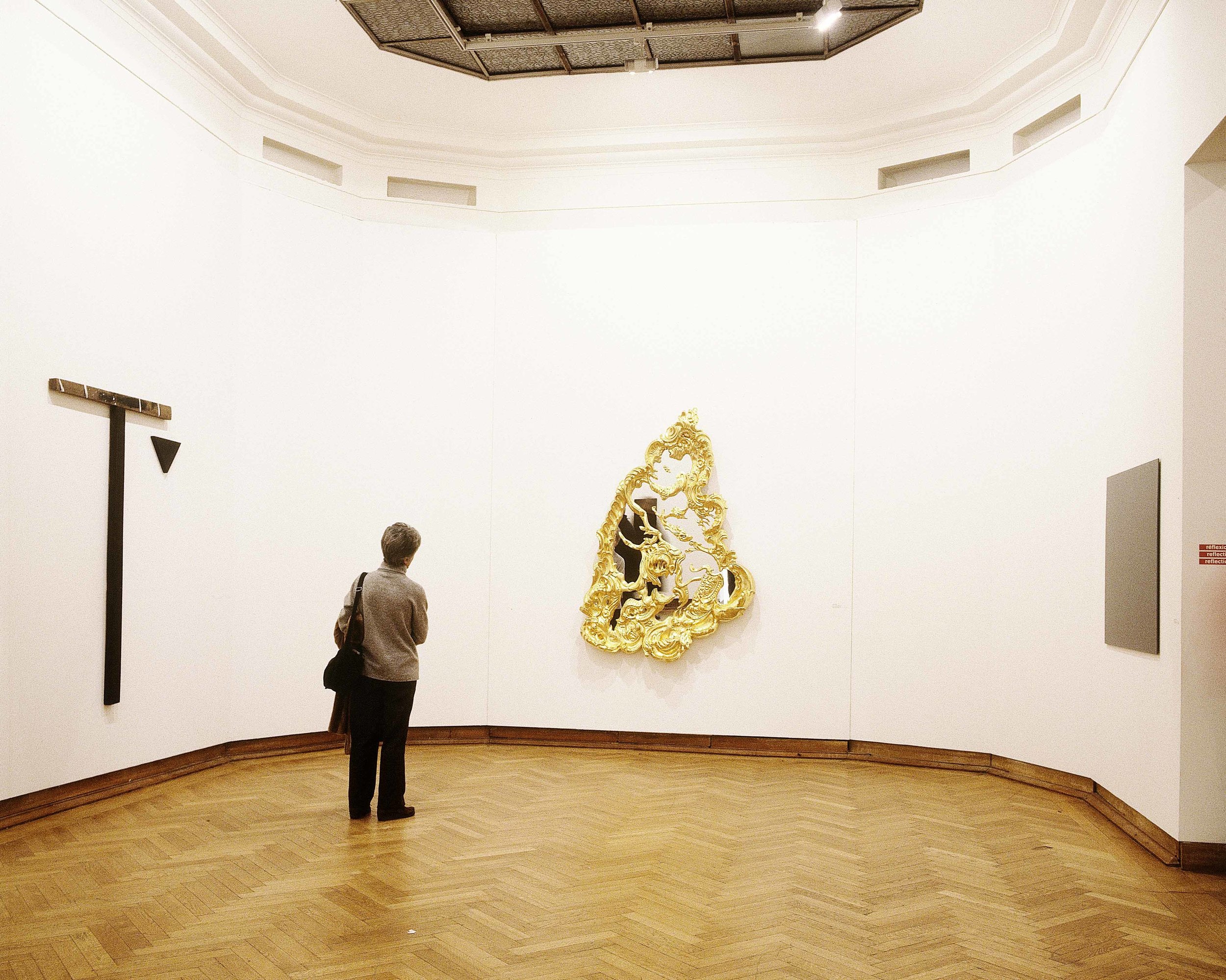
Vous voici, Reflections: Works by Palermo, Koons, Richter. Photo Philippe De Gobert.
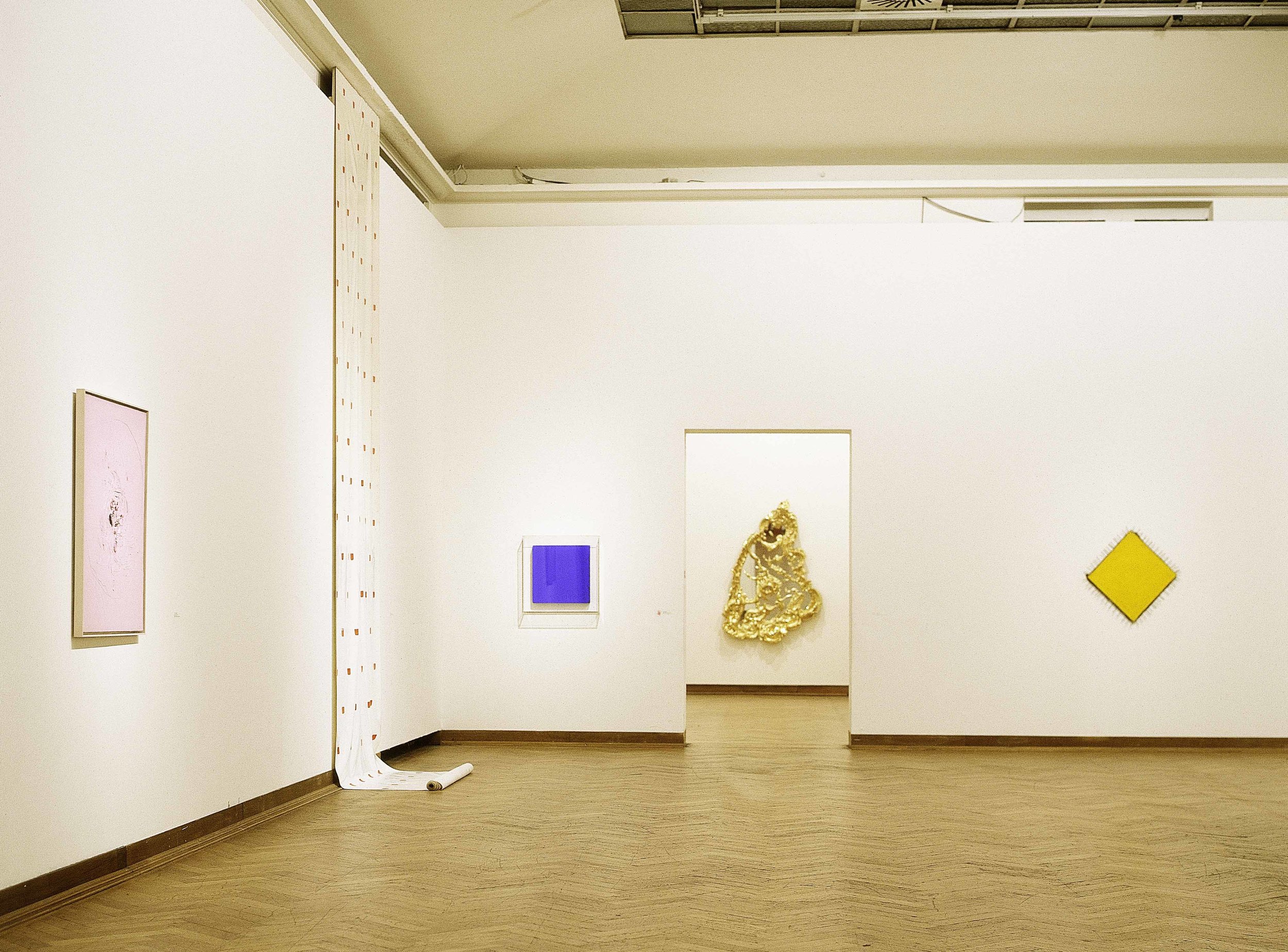
Vous voici, Face-to-Face: Works by Fontana, Toroni, Klein, Koons, Uecker. Photo Philippe De Gobert.
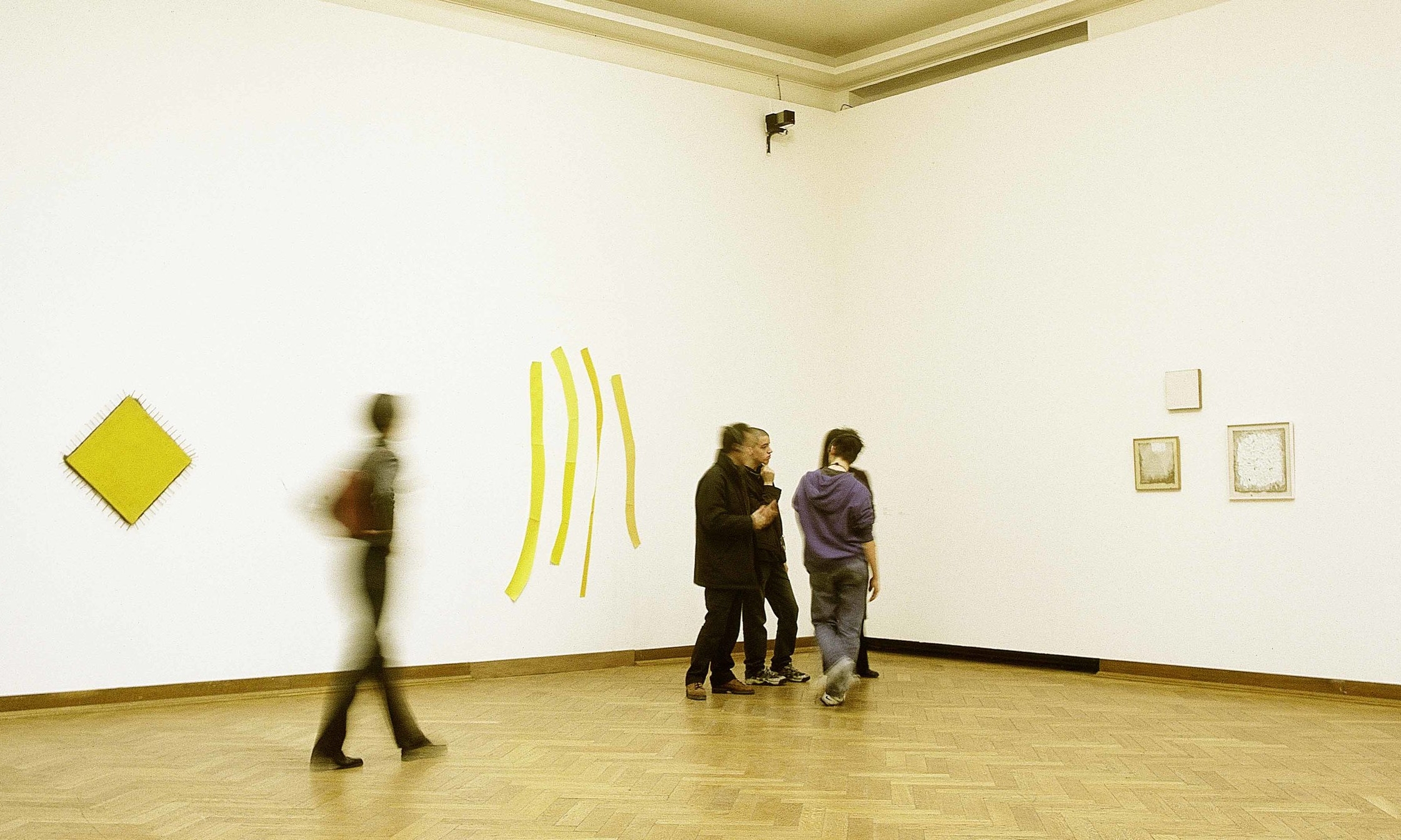
Vous voici, Face-to-Face: Works by Uecker, Mees, Ryman. Photo Philippe De Gobert.
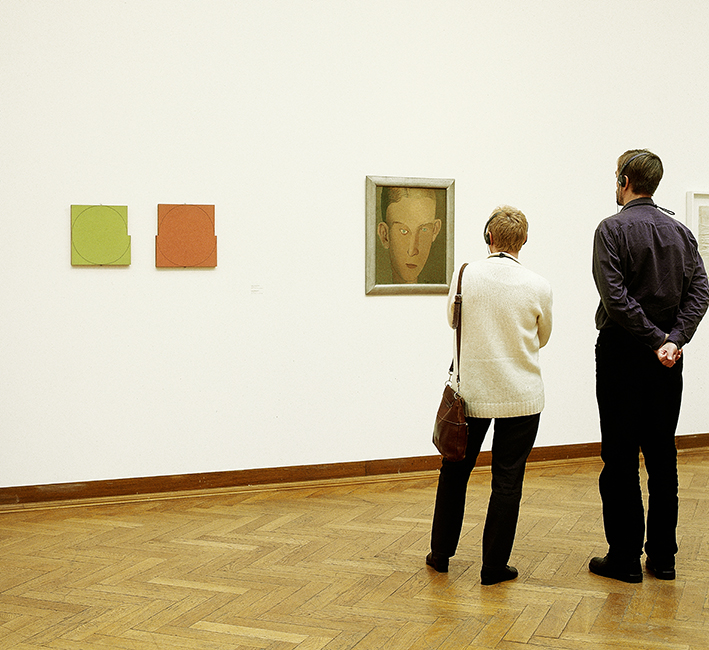
Vous voici, Face-to-Face: Works by Mangold, Tchelitchev. Photo Philippe De Gobert.
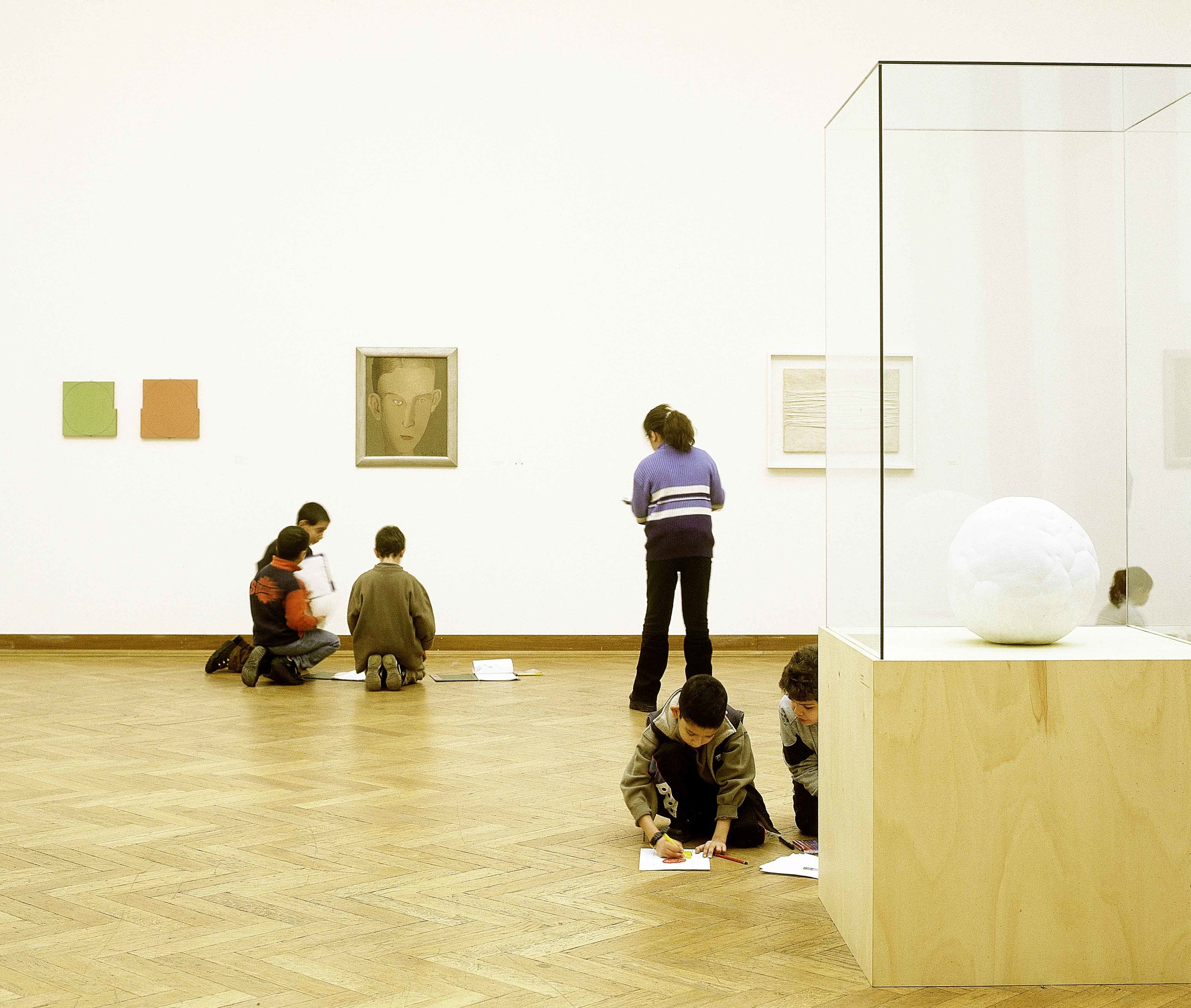
Vous voici, Face-to-Face: Works by Mangold, Tchelitchev, Manzoni, Cameron. Photo Philippe De Gobert.
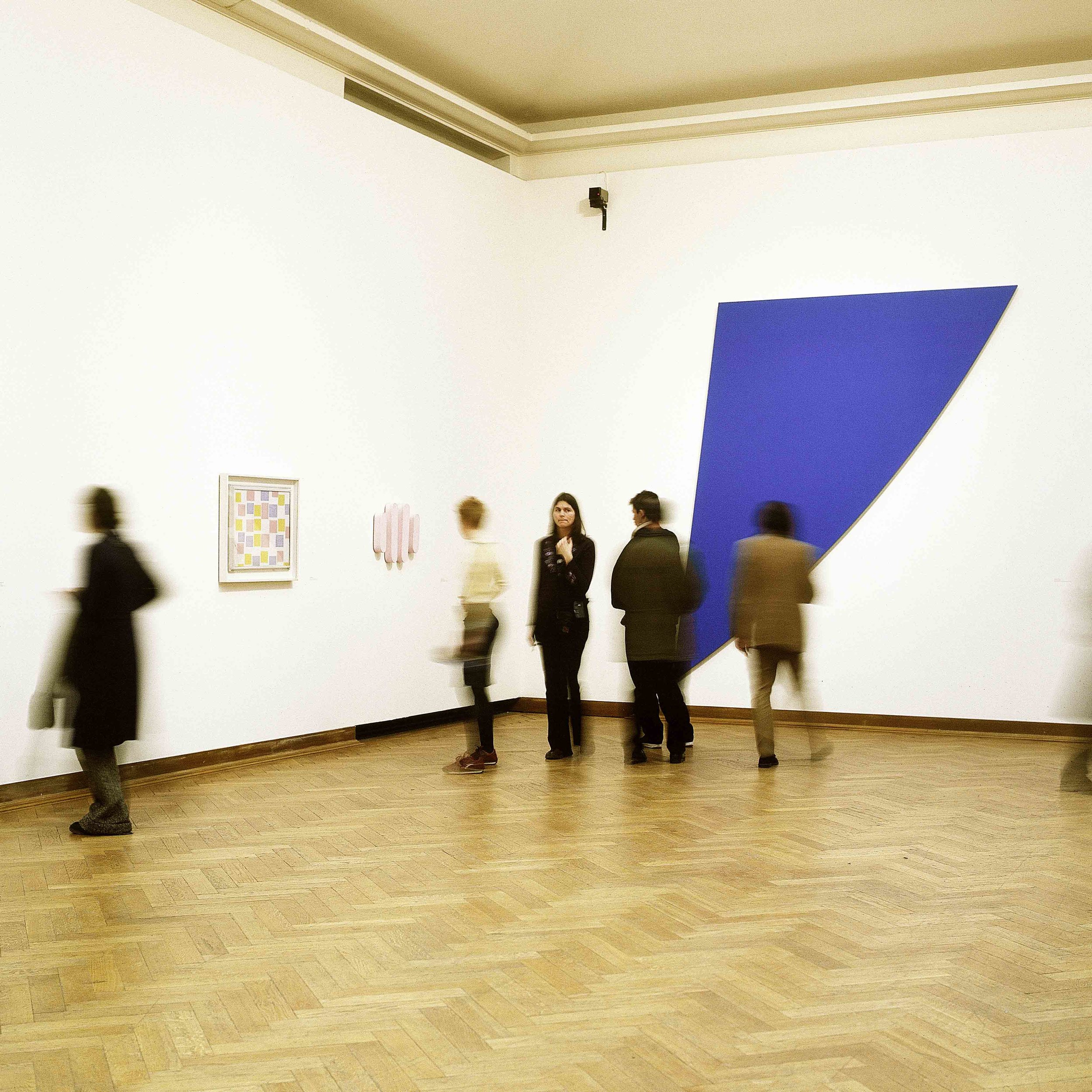
Vous voici, Face-to-Face: Works by Mondrian, Tuttle, Kelly. Photo Philippe De Gobert.
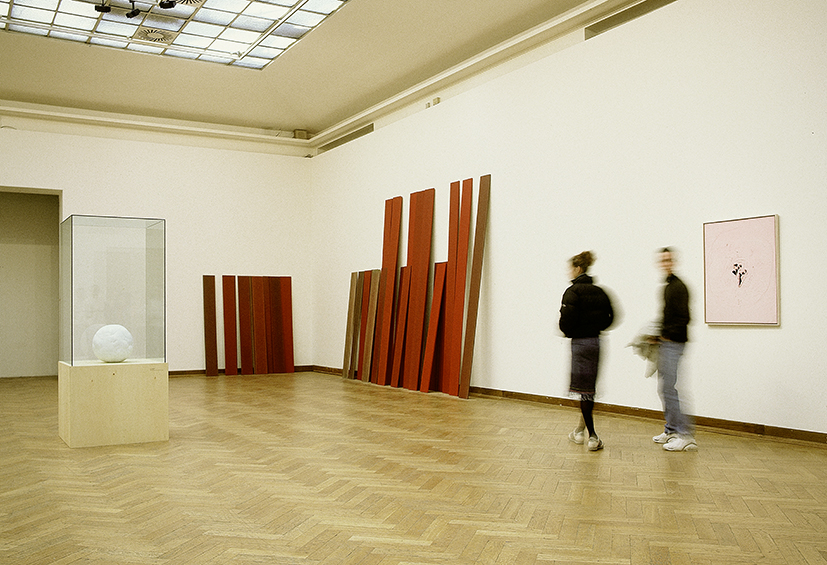
Vous voici, Face-to-Face: Works by Cameron, Wéry, Fontana. Photo Philippe De Gobert.
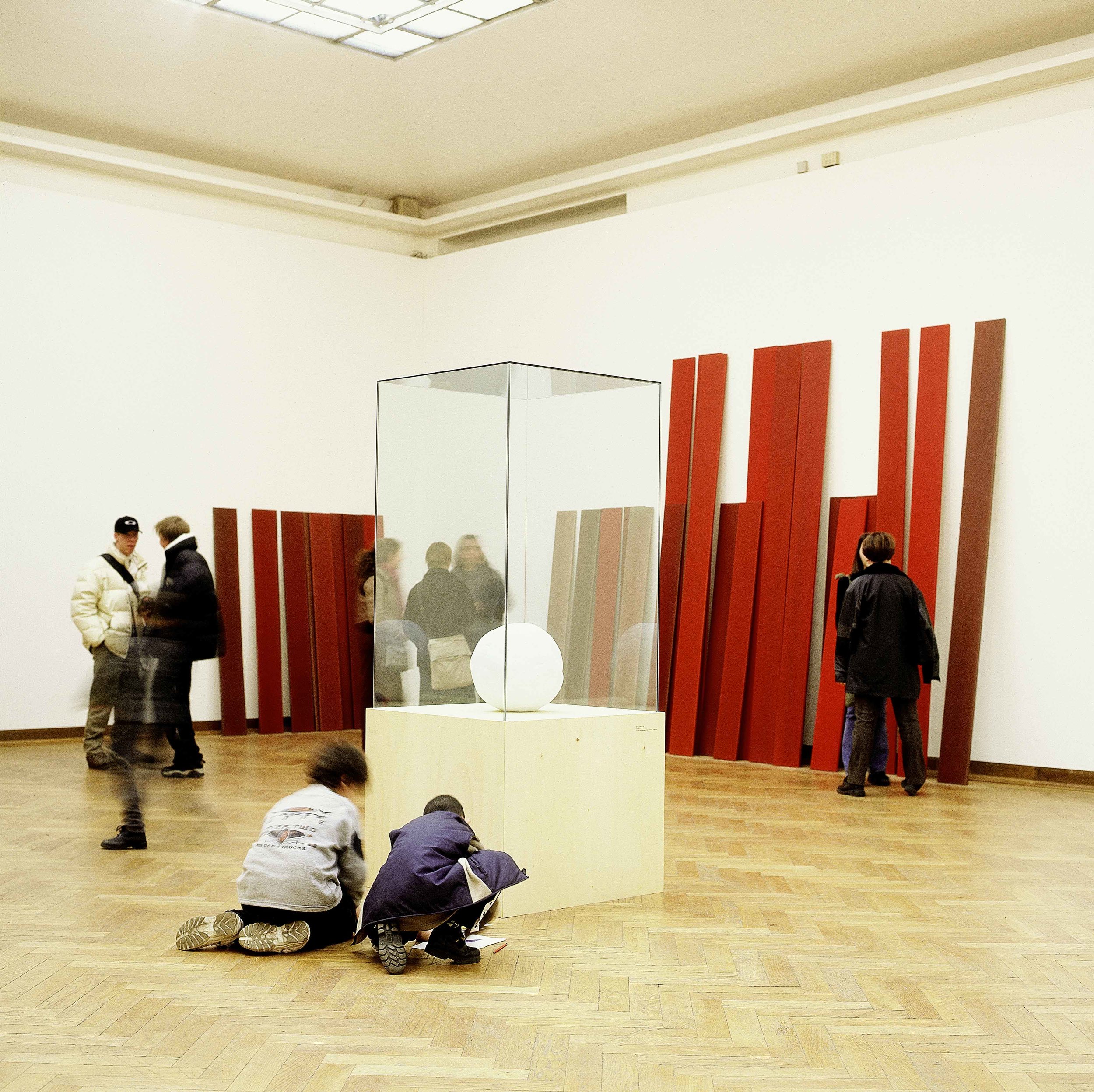
Vous voici, Face-to-Face: Works by Cameron, Wéry. Photo Philippe De Gobert.
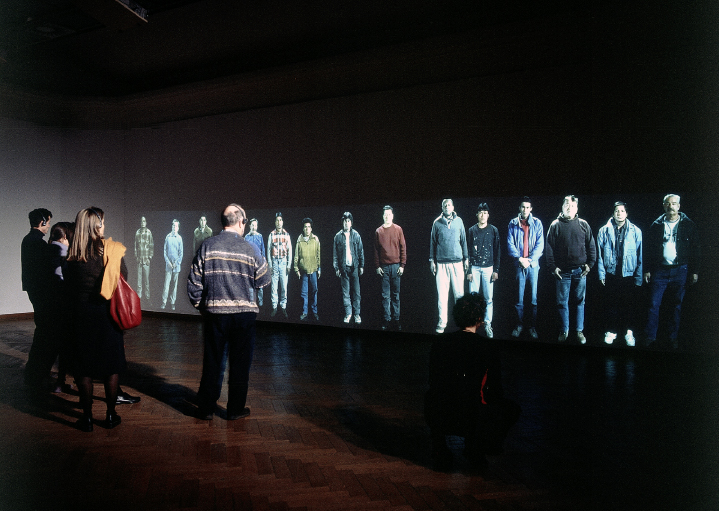
Vous voici, Vis-à-Vis: Gary Hill, Viewer, 1996. Photo Philippe De Gobert.
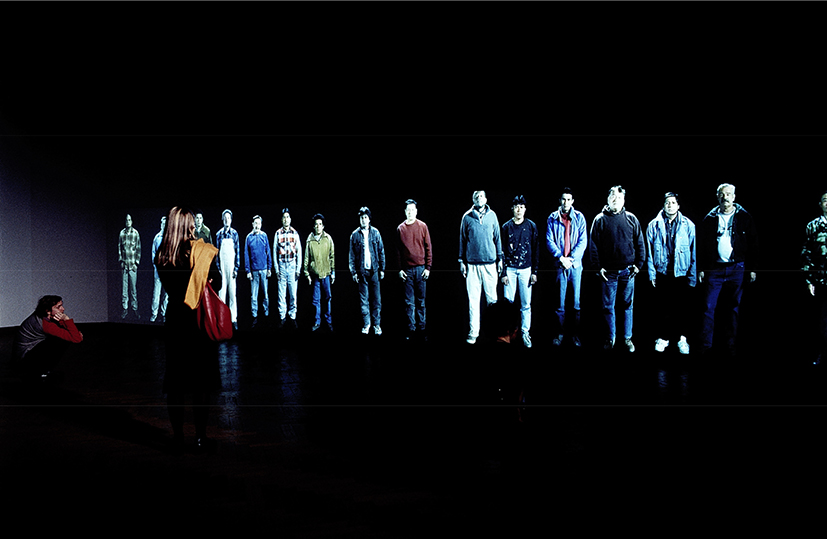
Vous voici, Vis-à-Vis: Gary Hill, Viewer, 1996. Photo Philippe De Gobert.

Vous voici, Vis-à-Vis: Gary Hill, Viewer, 1996. Photo Philippe De Gobert.
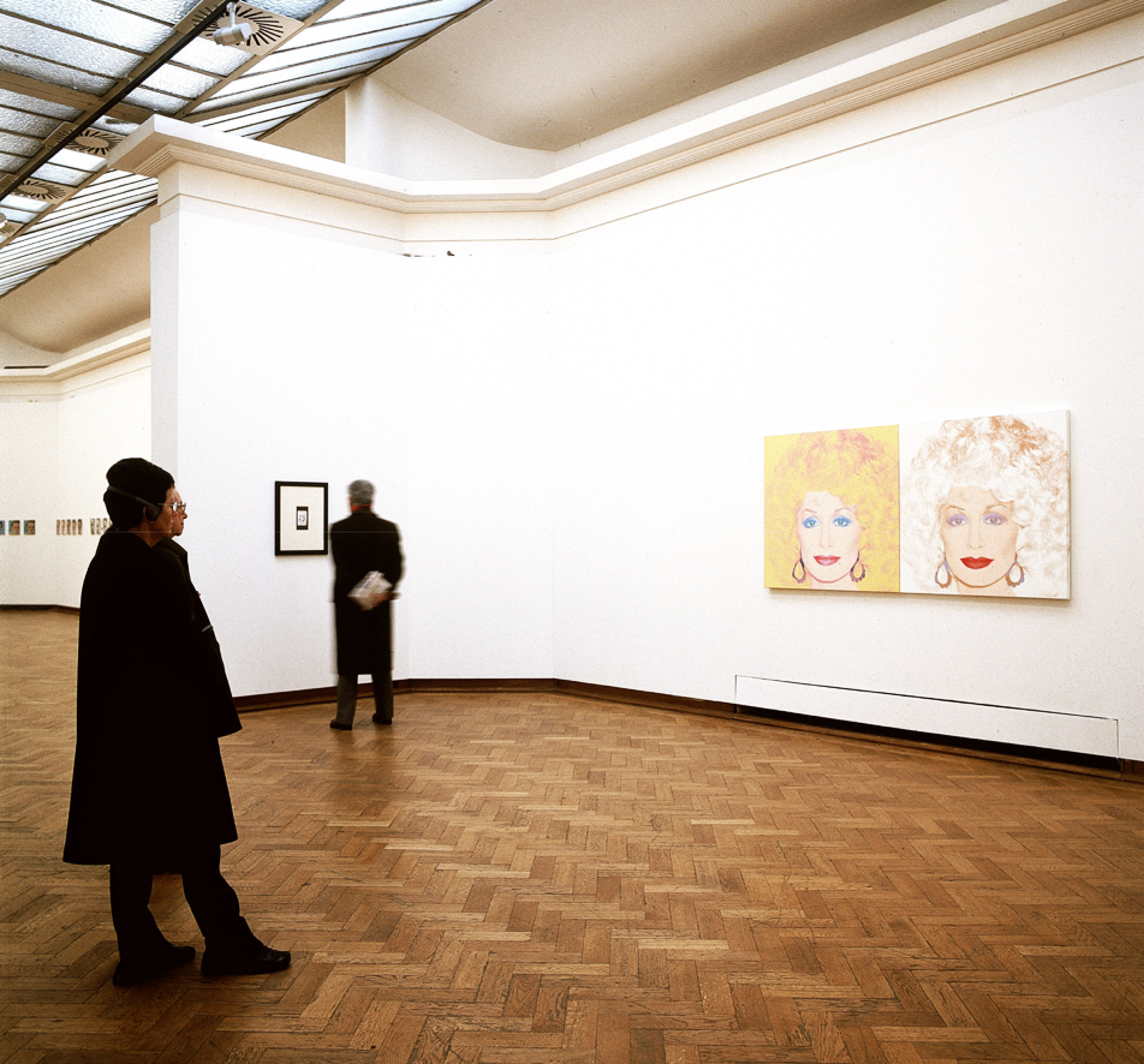
Vous voici, Portraits: Works by Callahan, Warhol. Photo Philippe De Gobert.

Vous voici, Portraits: Works by Valie Export, Fautrier, Umberg, Nauman. Photo Philippe De Gobert.
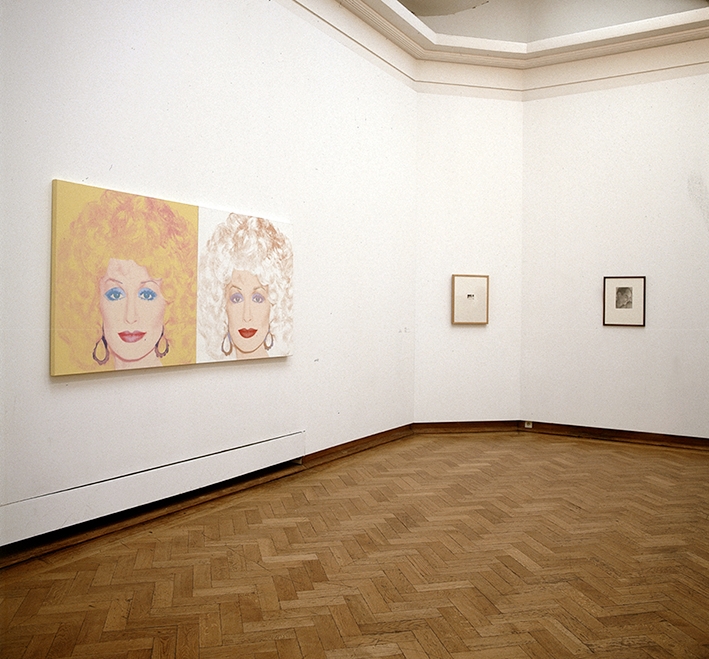
Vous voici, Portraits: Works by Warhol, Hausmann, Schäfer. Photo Philippe De Gobert.
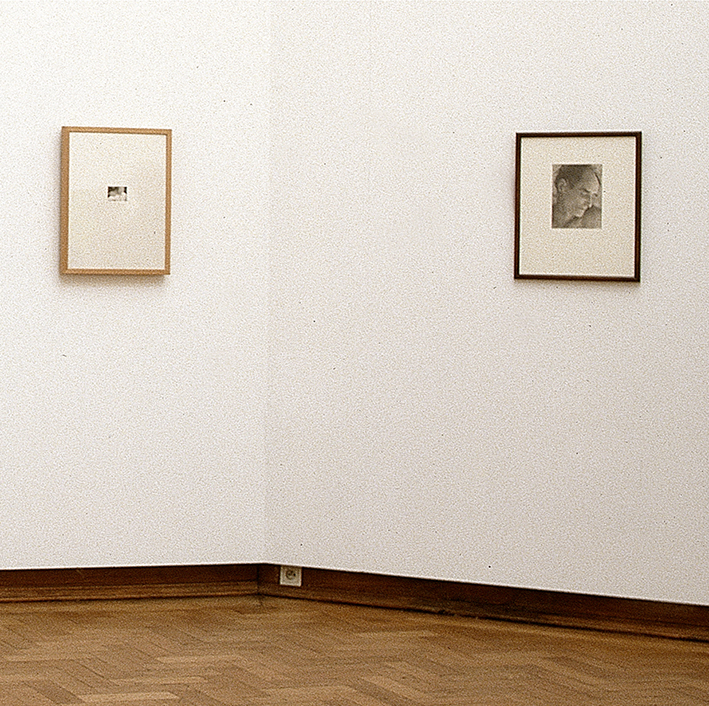
Vous voici, Portraits: Works by Hausmann, Schäfer. Photo Philippe De Gobert.
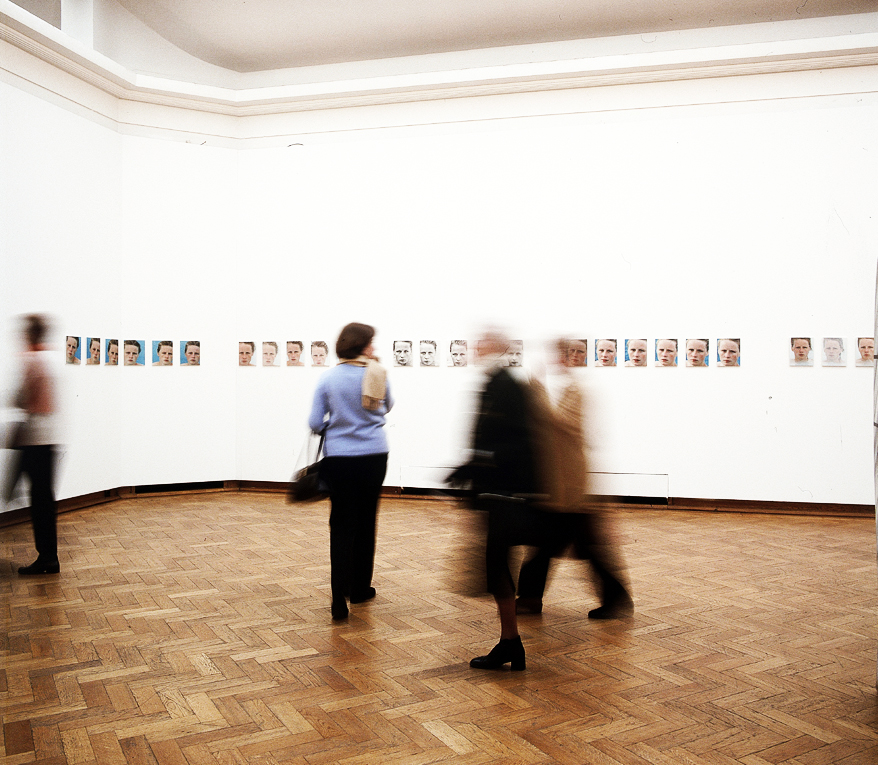
Vous voici, You: Roni Horn, You Are the Weather, 1994-1996. Photo Philippe De Gobert.
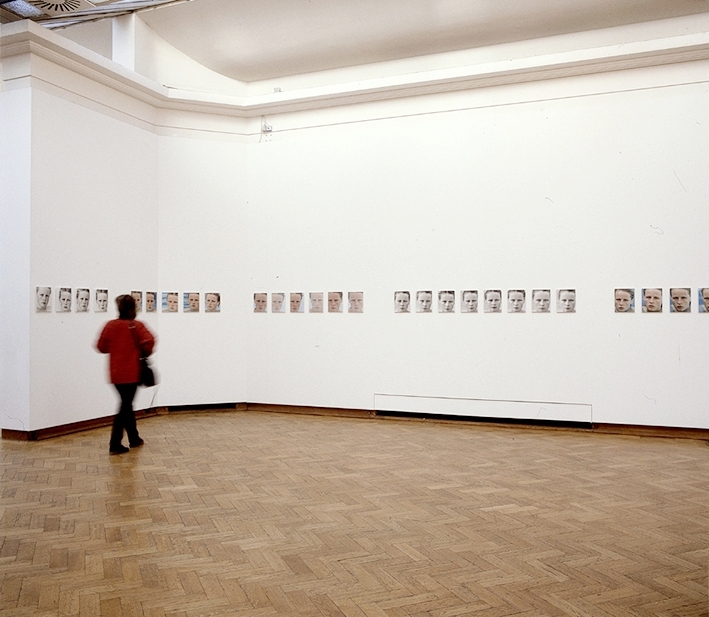
Vous voici, You: Roni Horn, You Are the Weather, 1994-1996. Photo Philippe De Gobert.
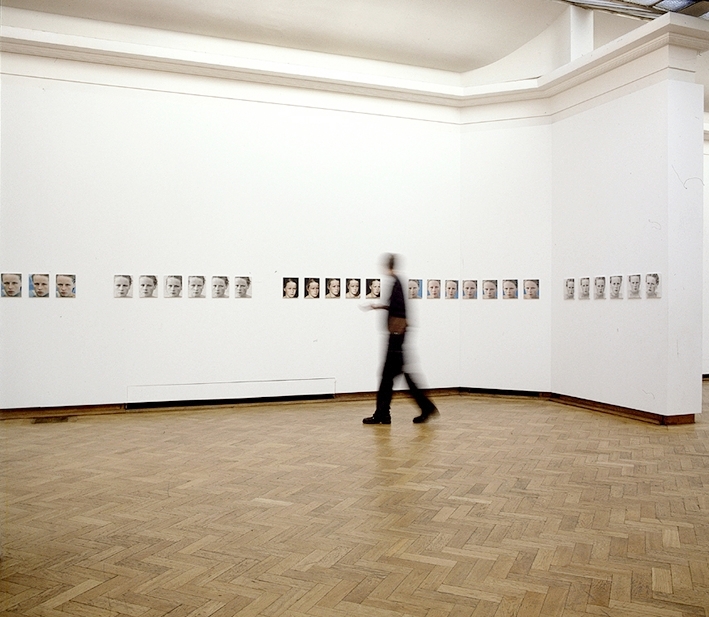
Vous voici, You: Roni Horn, You Are the Weather, 1994-1996. Photo Philippe De Gobert.
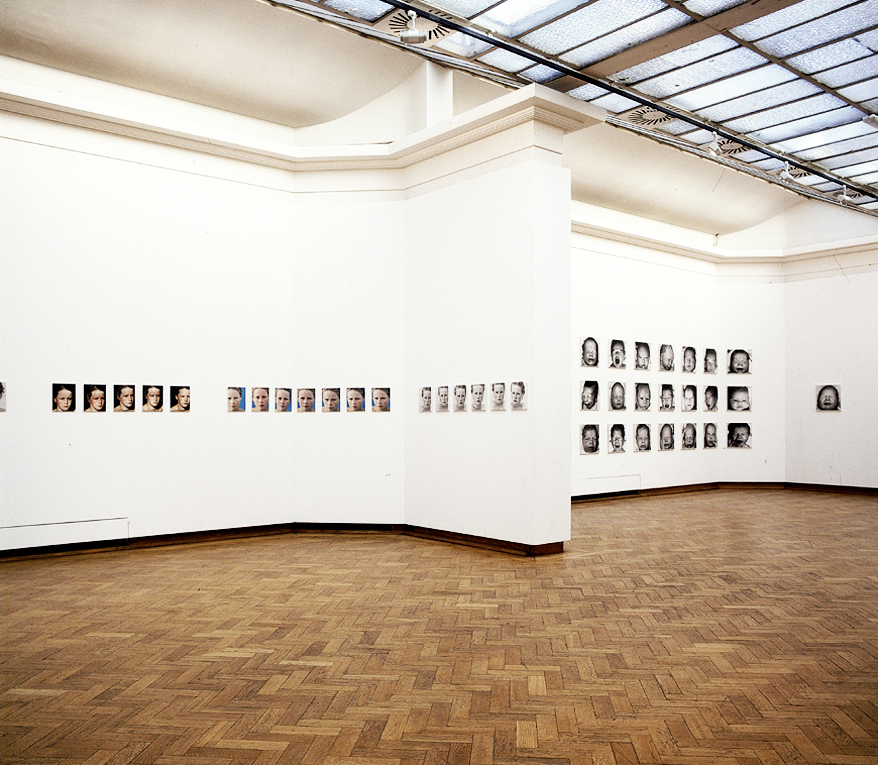
Vous voici, You: Roni Horn, You Are the Weather, 1994-1996; Nous voici, Overture: Philippe Bazin, Nés, 1998-1999. Photo Philippe De Gobert.
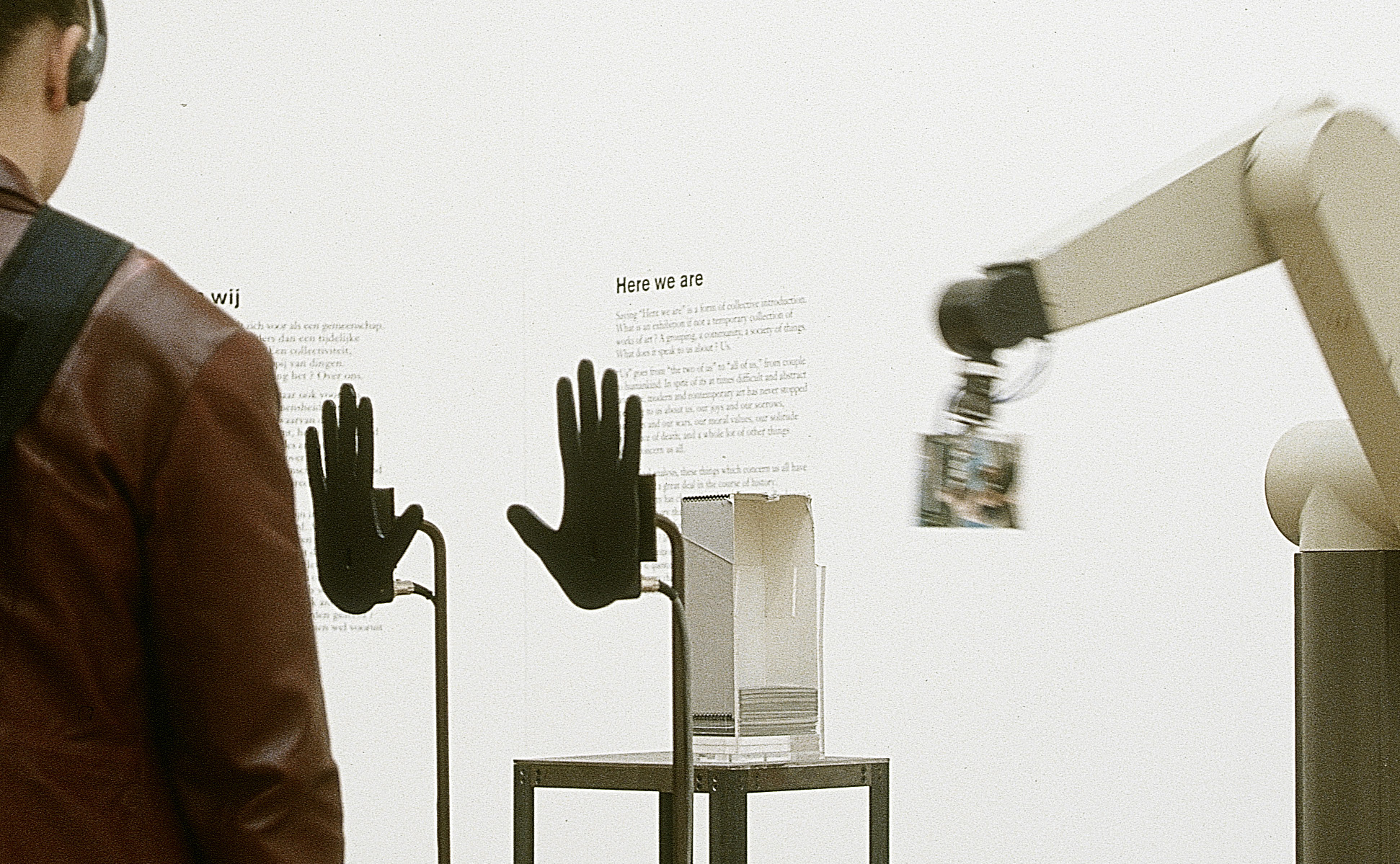
Nous voici, Overture: Max Dean, As Yet Untitled, 1992-1995. Photo Philippe De Gobert.

Nous voici, Overture: Philippe Bazin, Nés, 1998-1999; Max Dean, As Yet Untitled, 1992-1995. Photo Philippe De Gobert.
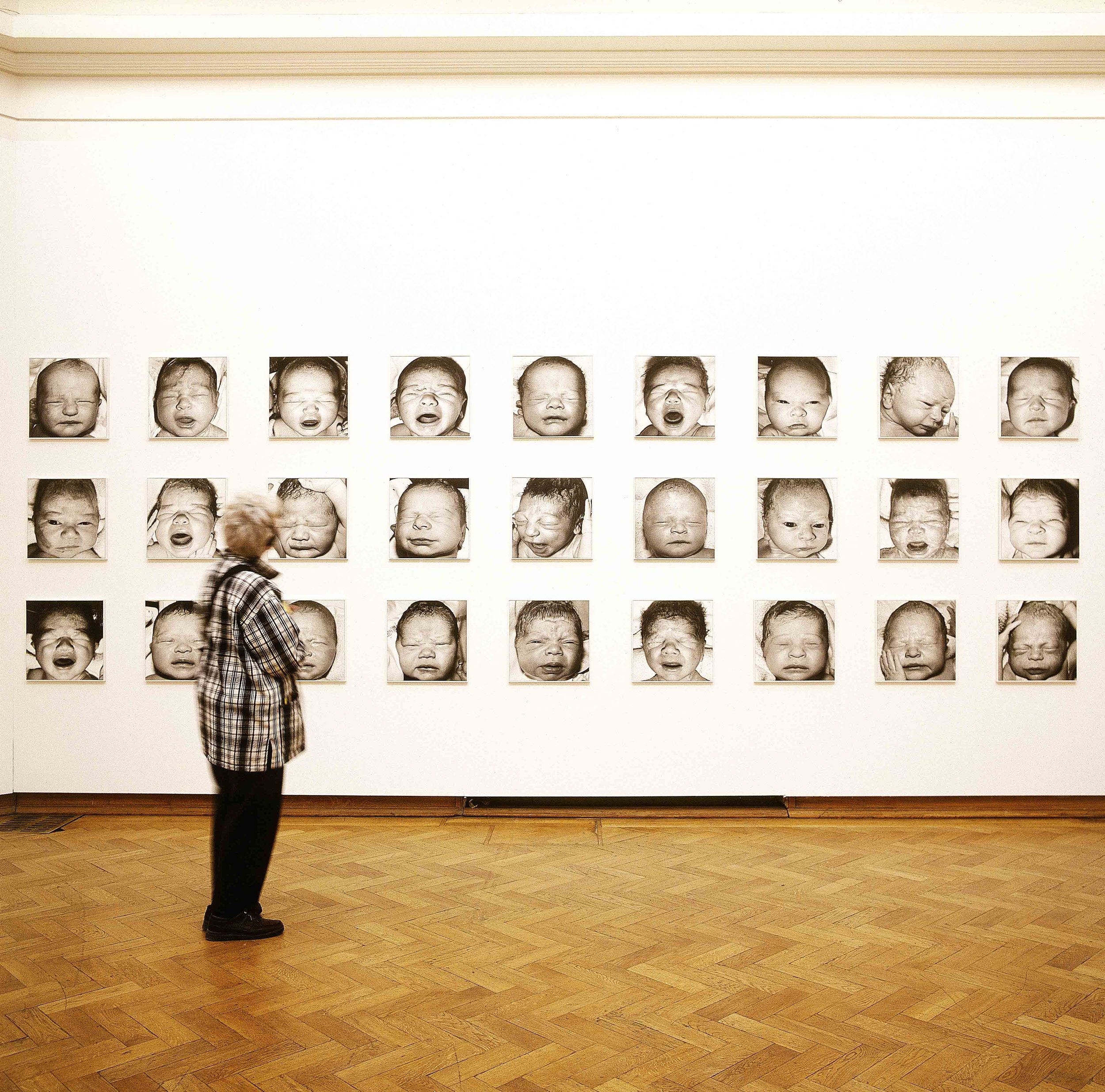
Nous voici, Overture: Philippe Bazin, Nés, 1998-1999. Photo Philippe De Gobert.
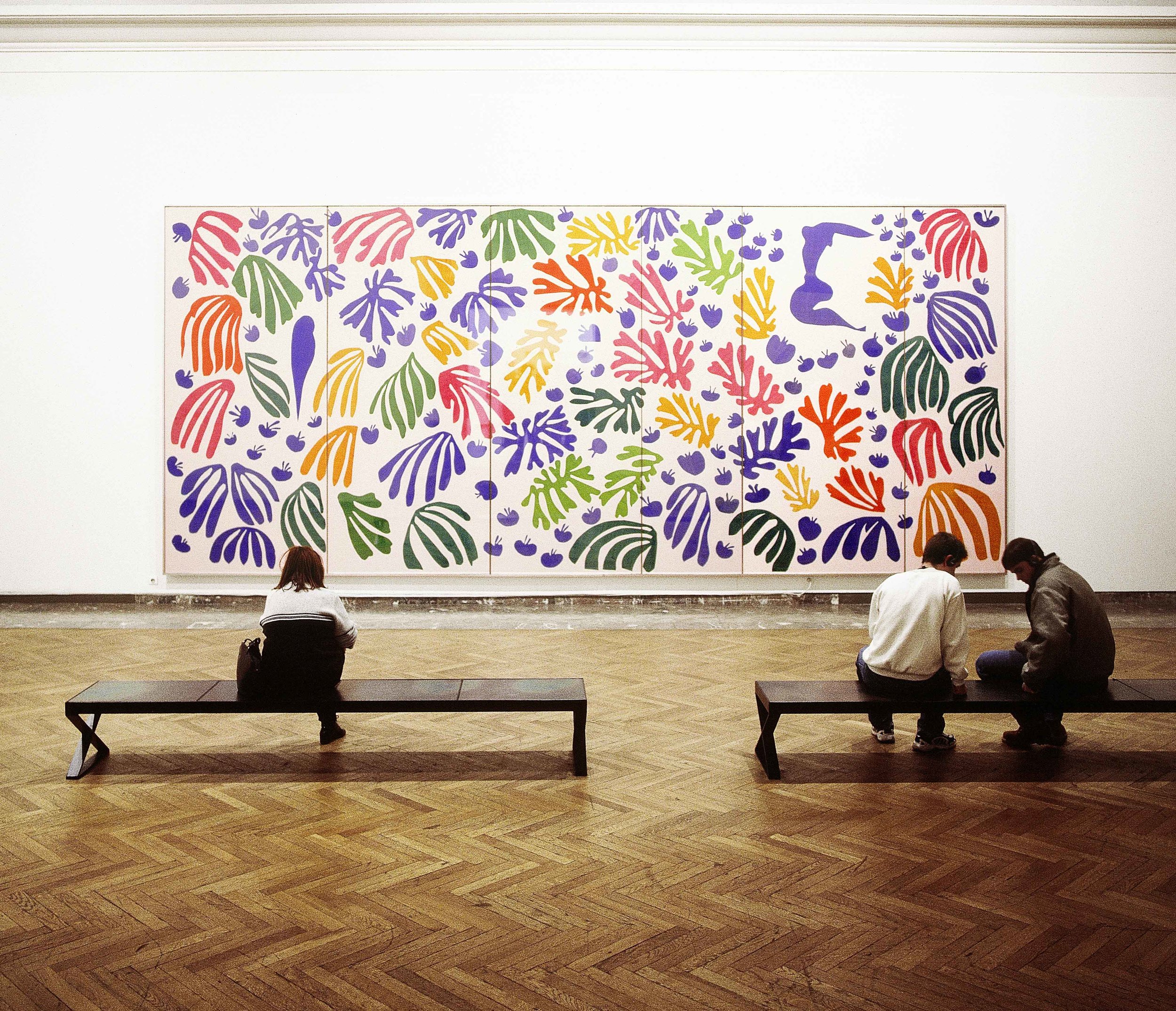
Nous voici, In-Common: Ann Veronica Janssens, Untitled, 2000; Henri Matisse, La perruche et la sirène, 1952. Photo Philippe De Gobert.
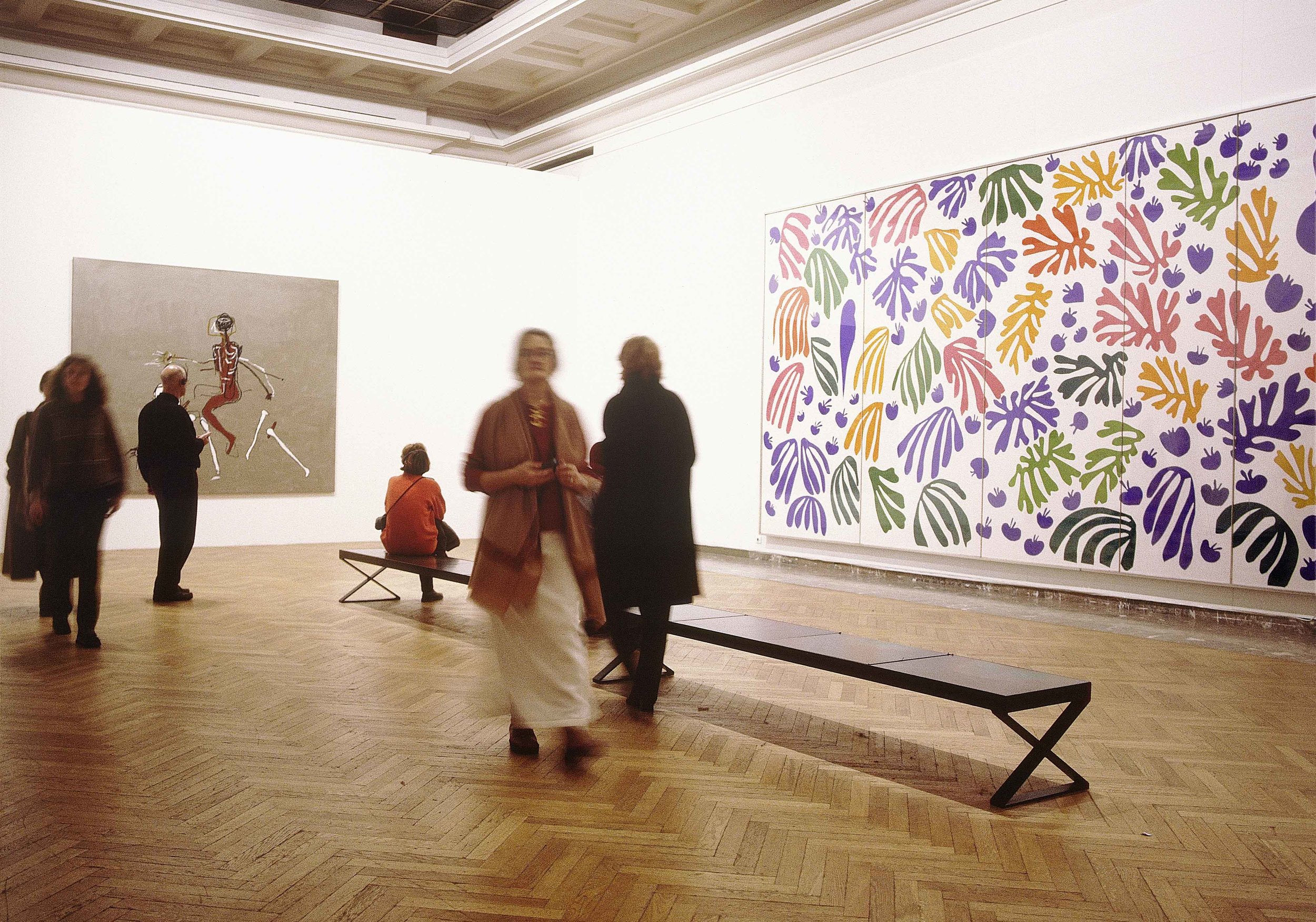
Nous voici, In-Common: Works by Basquiat, Janssens, Matisse. Photo Philippe De Gobert.

Nous voici, In-Common: Works by Basquiat, Janssens. Photo Philippe De Gobert.
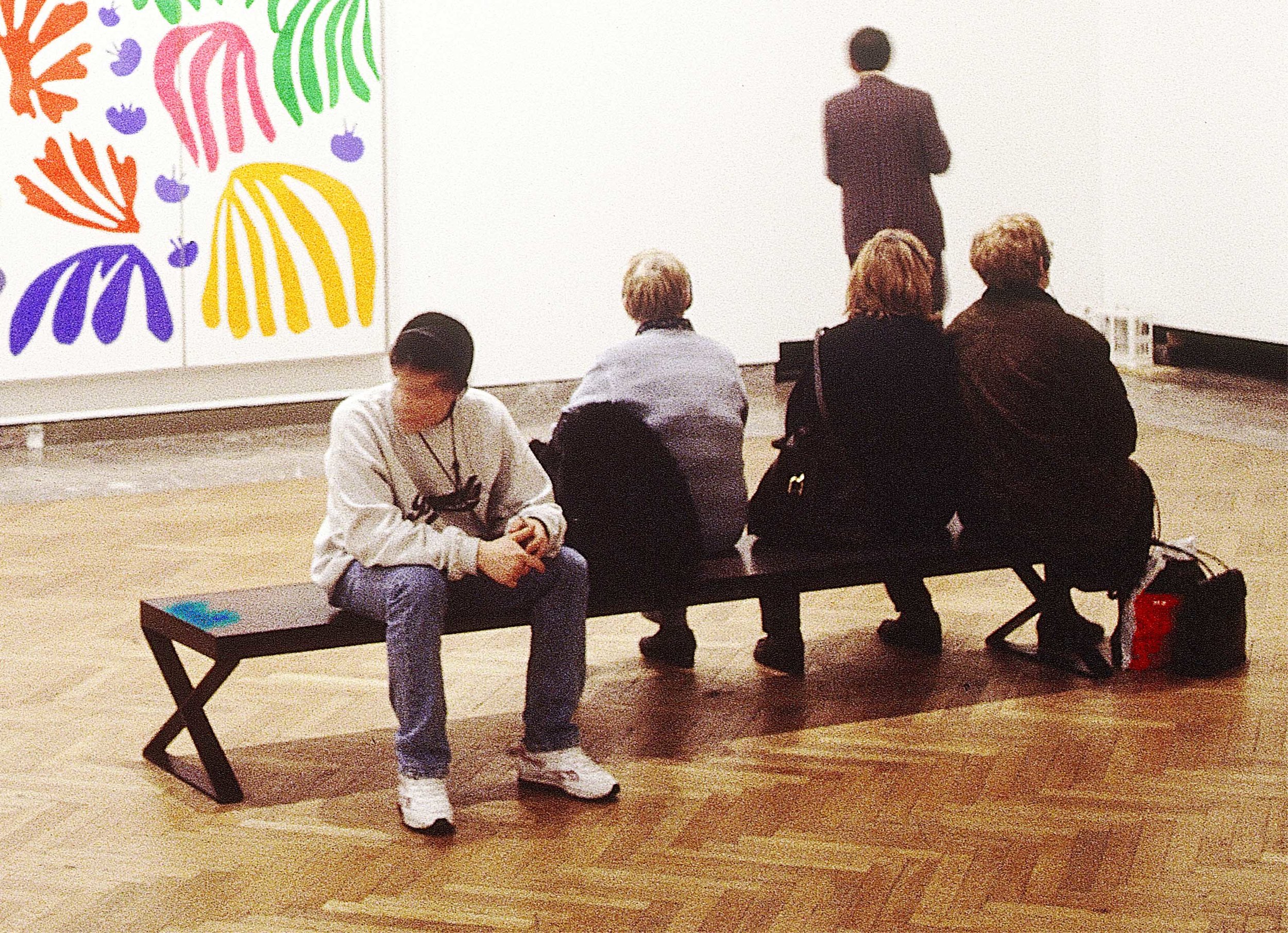
Nous voici, In-Common: Works by Matisse, Janssens. Photo Philippe De Gobert.
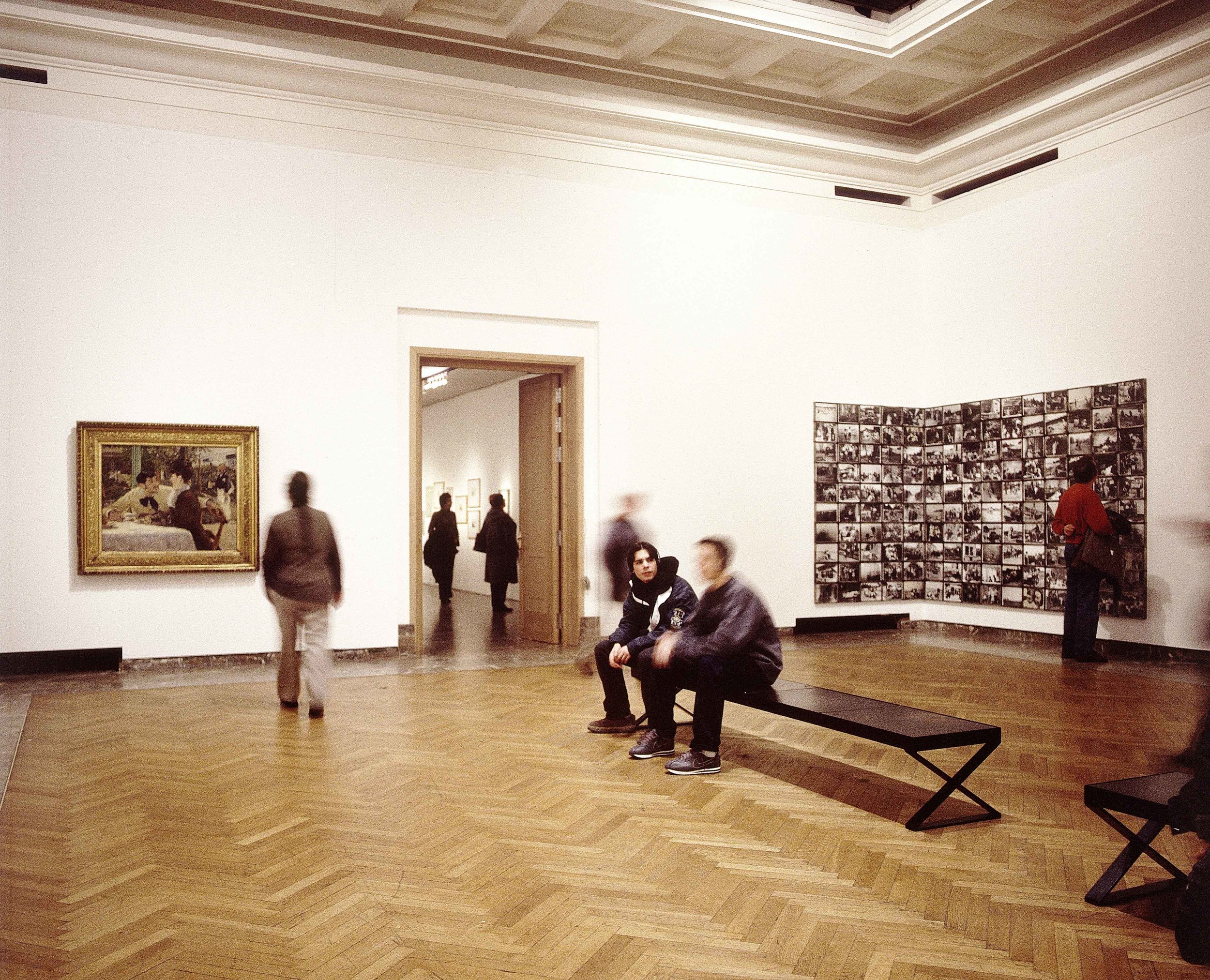
Nous voici, In-Common: Works by Manet, Janssens, Boltanski. Photo Philippe De Gobert.
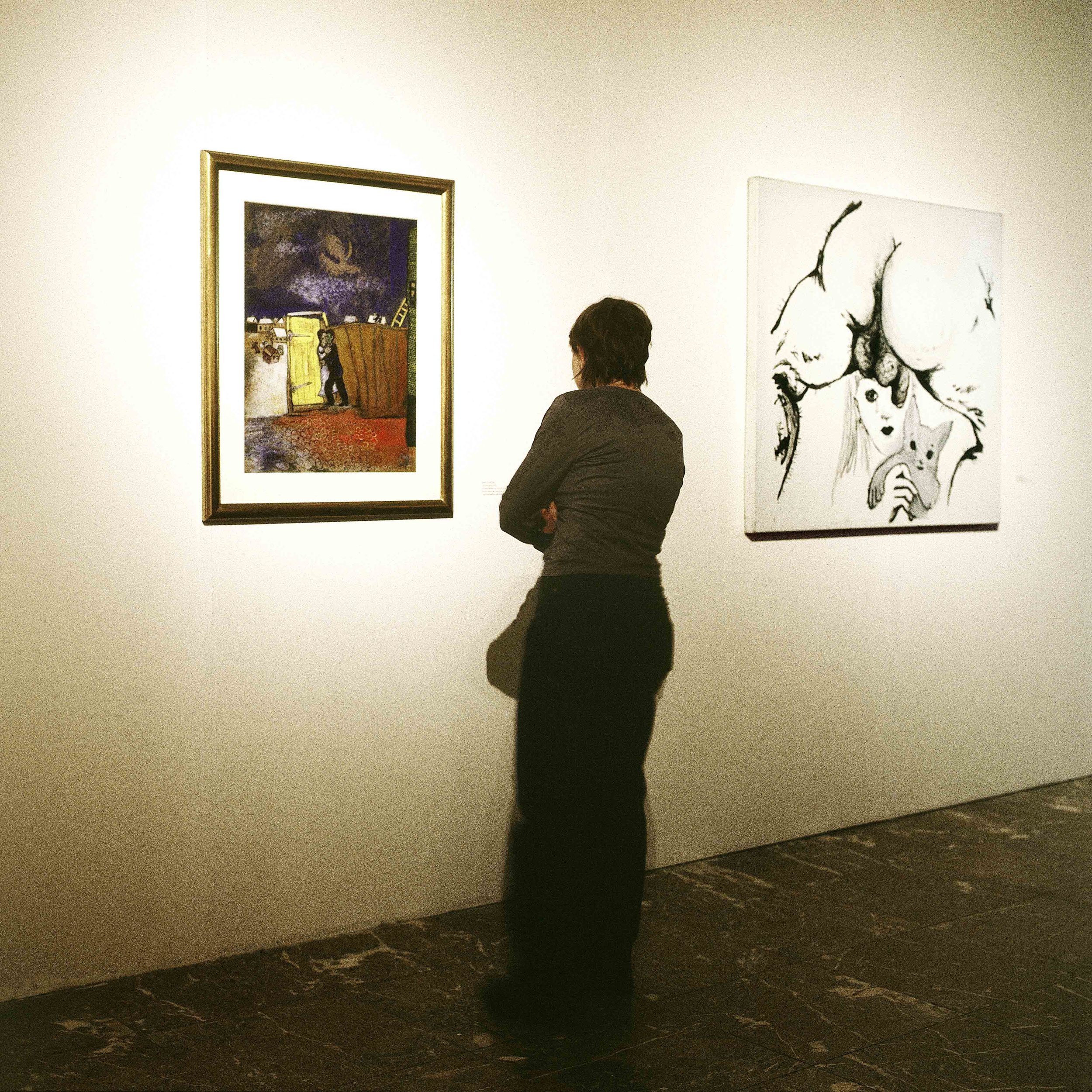
Nous voici, The Two of Us: Works by Chagall, Williams. Photo Philippe De Gobert.
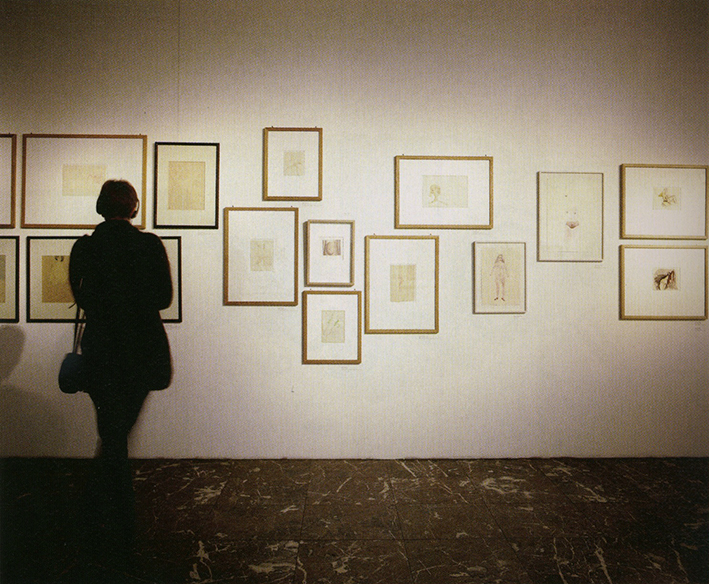
Nous voici, The Two of Us: Works by Beuys, Rodin, Huber, Mannaerts, Palermo. Photo Philippe De Gobert.
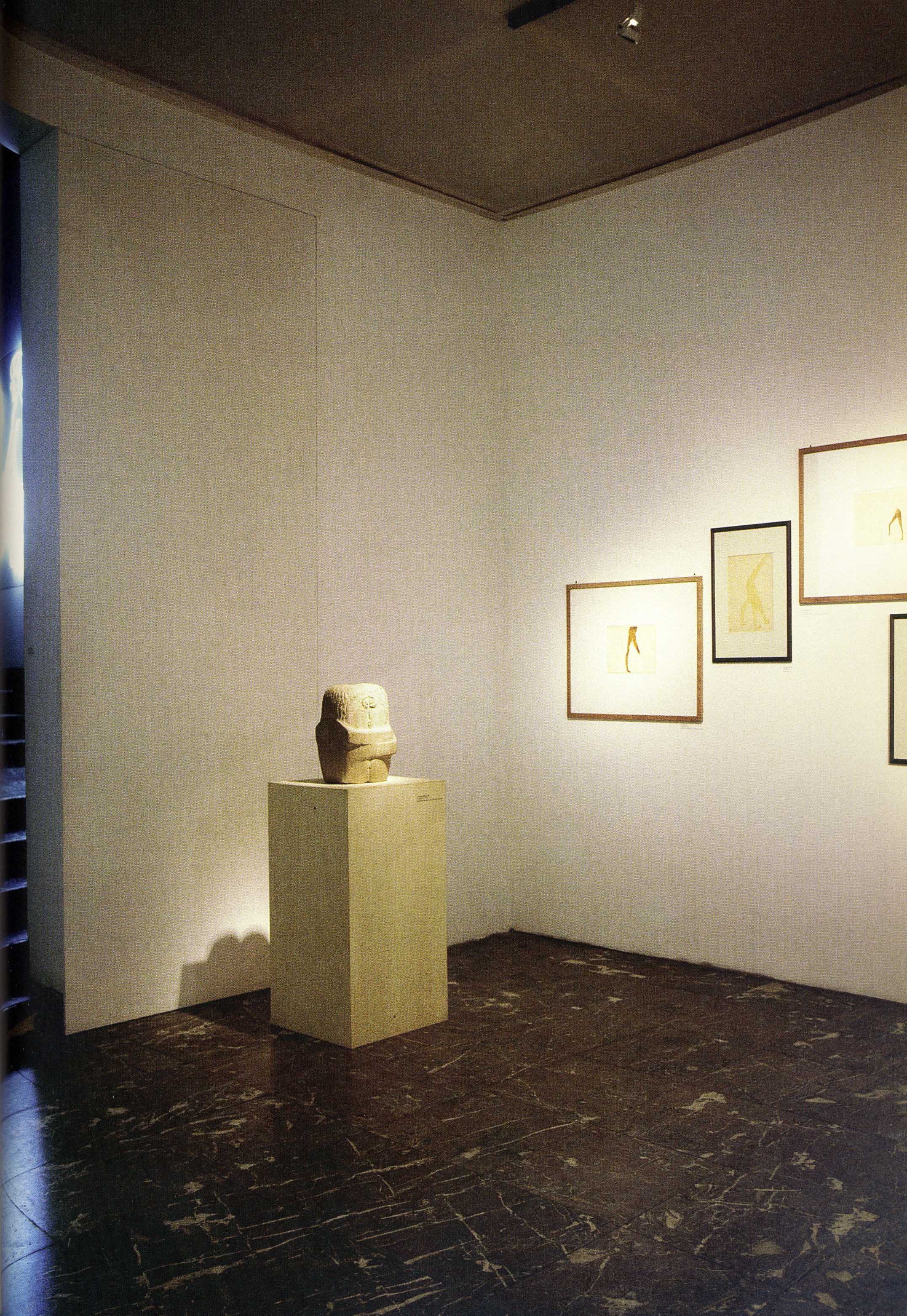
Nous voici, The Two of Us: Works by Brancusi, Beuys, Rodin. Photo Philippe De Gobert.
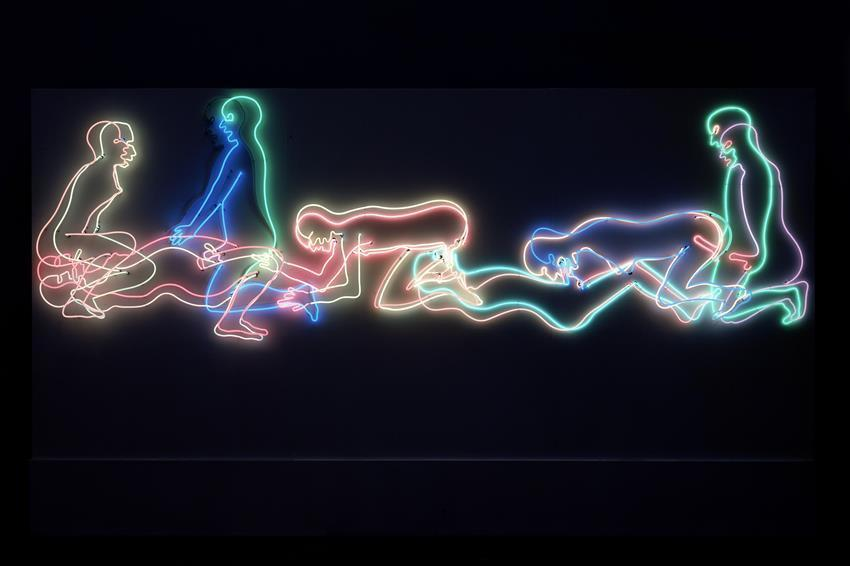
Nous voici, The Two of Us: Bruce Nauman, Seven Figures, 1985.
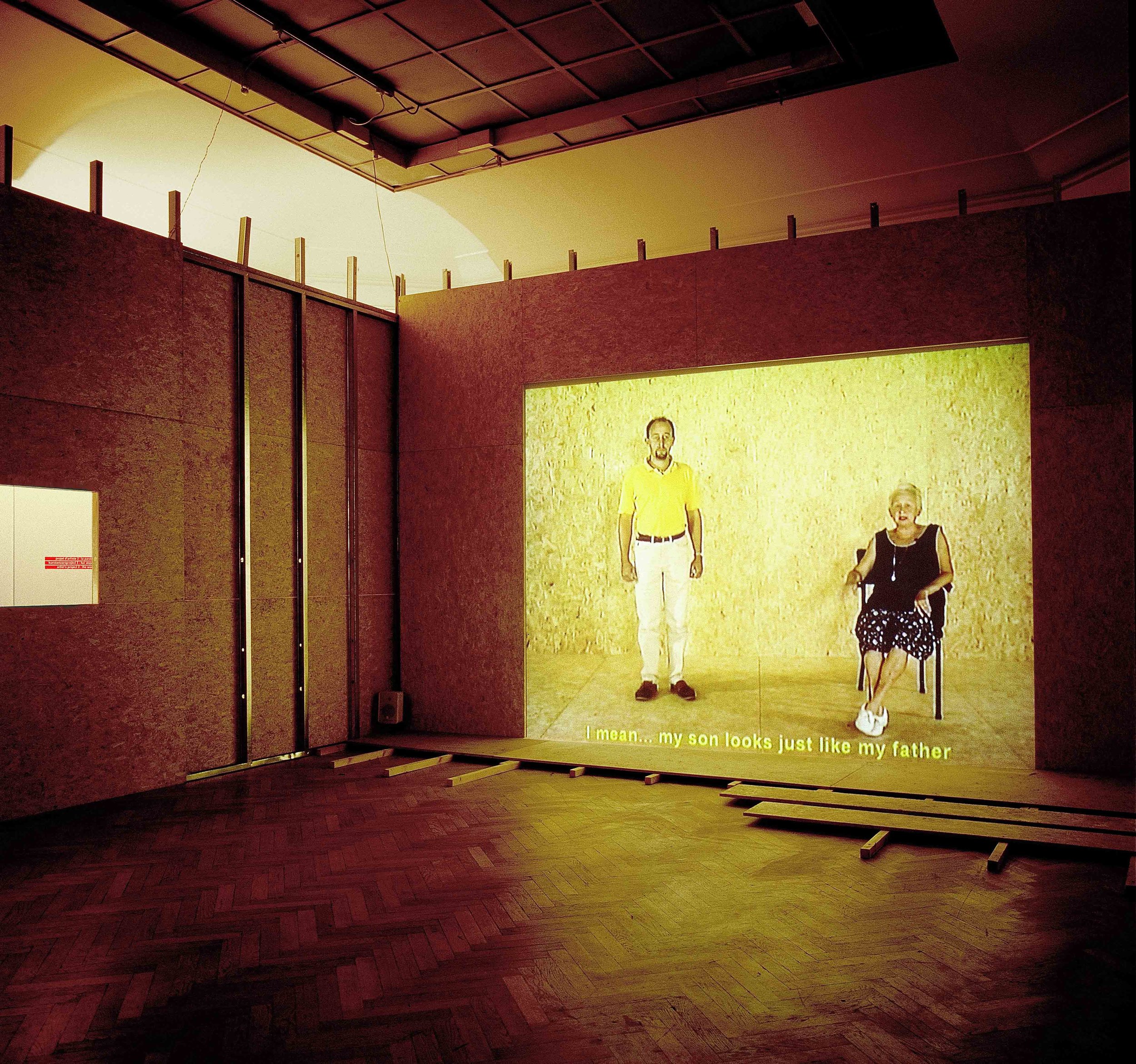
Nous voici, Artist’s Project 3: Sylvie Blocher, For Ever, 2000. Photo Philippe De Gobert.
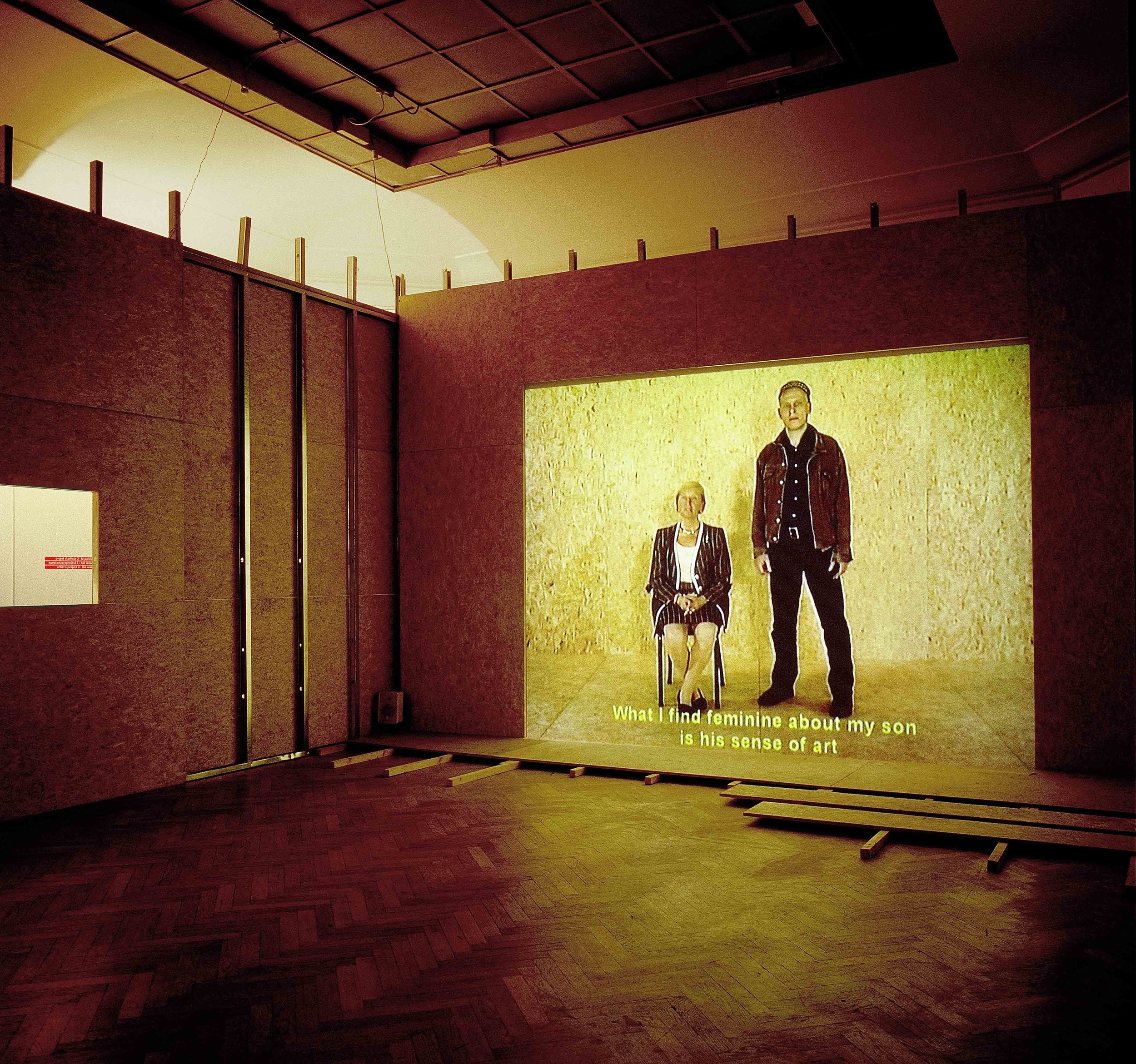
Nous voici, Artist’s Project 3: Sylvie Blocher, For Ever, 2000. Photo Philippe De Gobert.
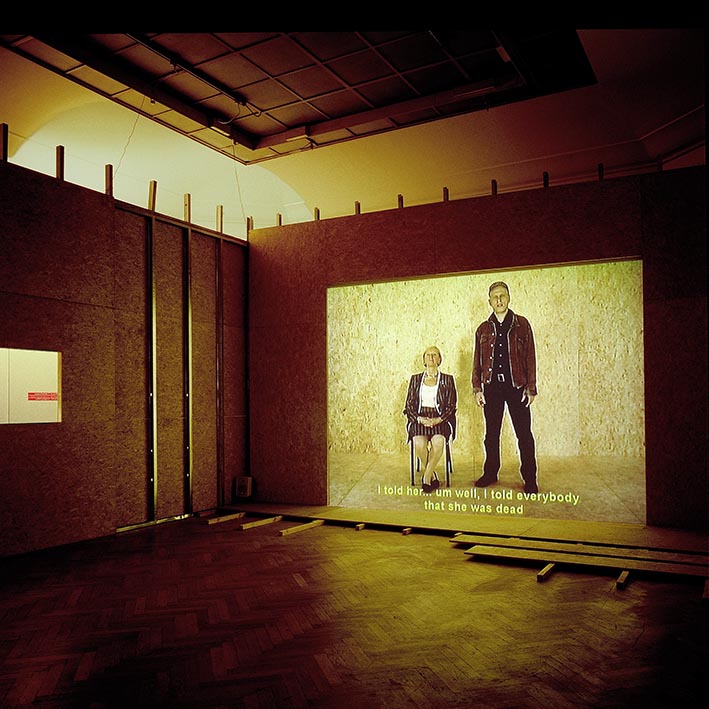
Nous voici, Artist’s Project 3: Sylvie Blocher, For Ever, 2000. Photo Philippe De Gobert.

Nous voici, Artist’s Project 3: Sylvie Blocher, For Ever, 2000. Photo Philippe De Gobert.
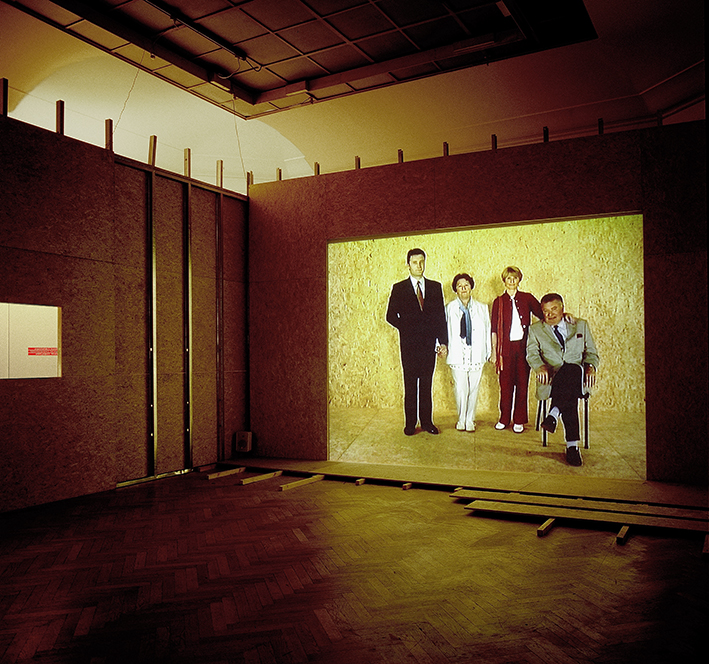
Nous voici, Artist’s Project 3: Sylvie Blocher, For Ever, 2000. Photo Philippe De Gobert.
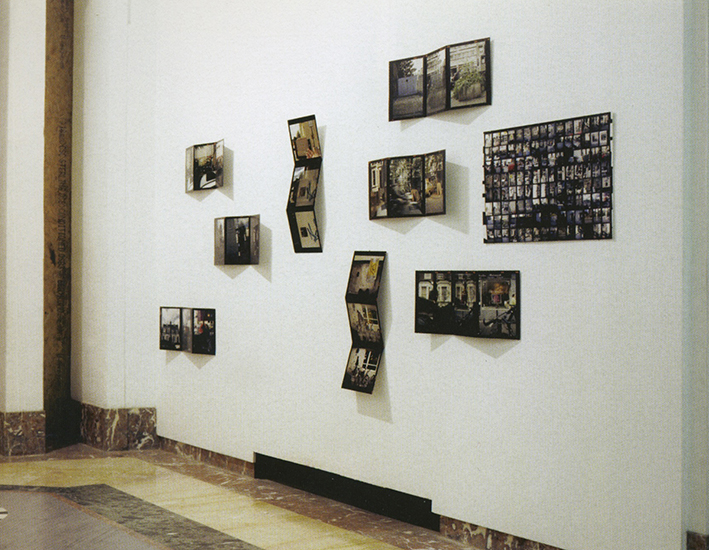
Nous voici, Abruxellation: Alain Géronnez, Rue de Bruxelles, Rude Brussels Road, Ruhe Brüsselerstraße, Ruwe Brusselstraat, 1994-2000.
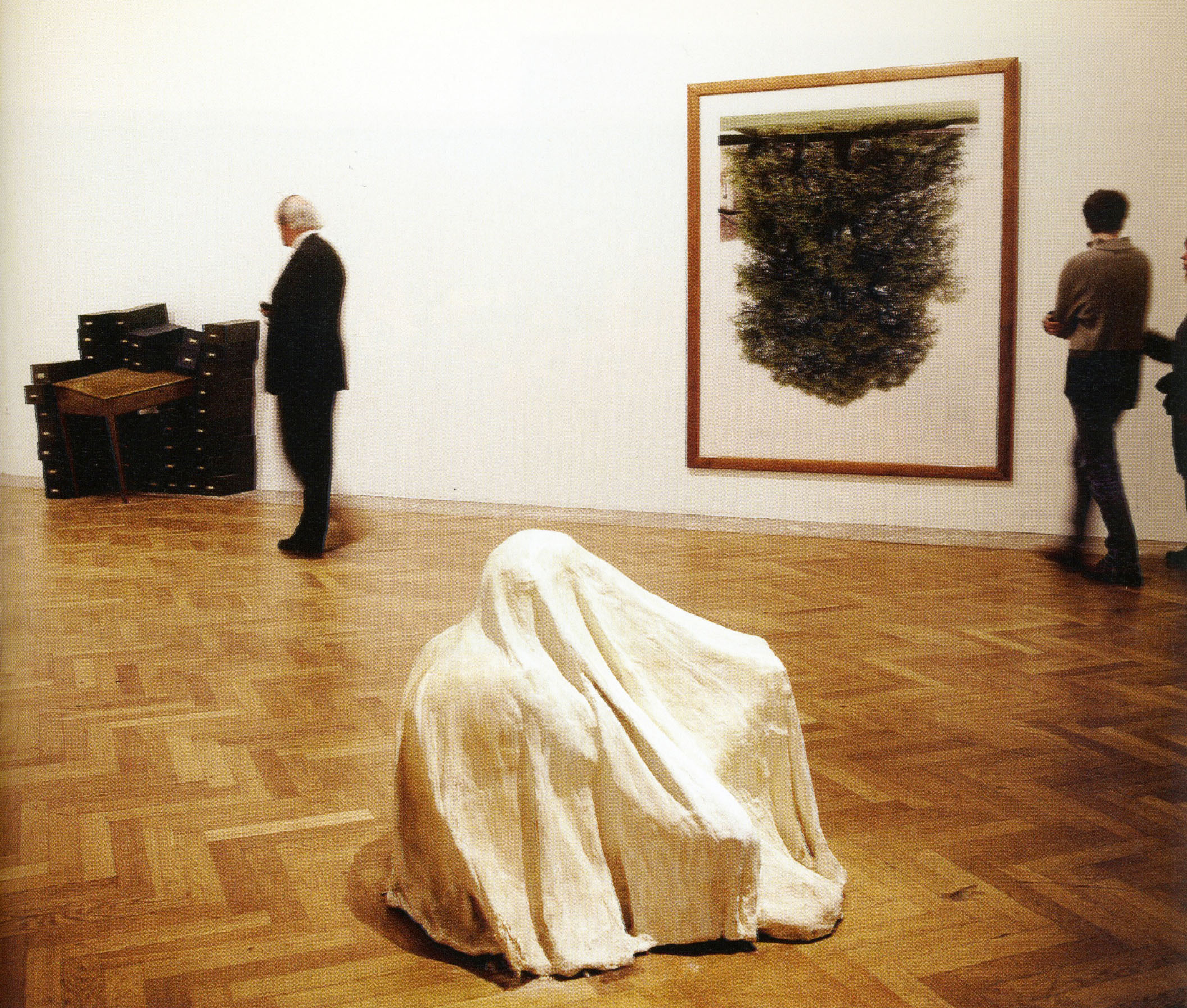
Nous voici, All of Us: Works by Berenhaut, Vergara, R. Graham. Photo Philippe De Gobert.
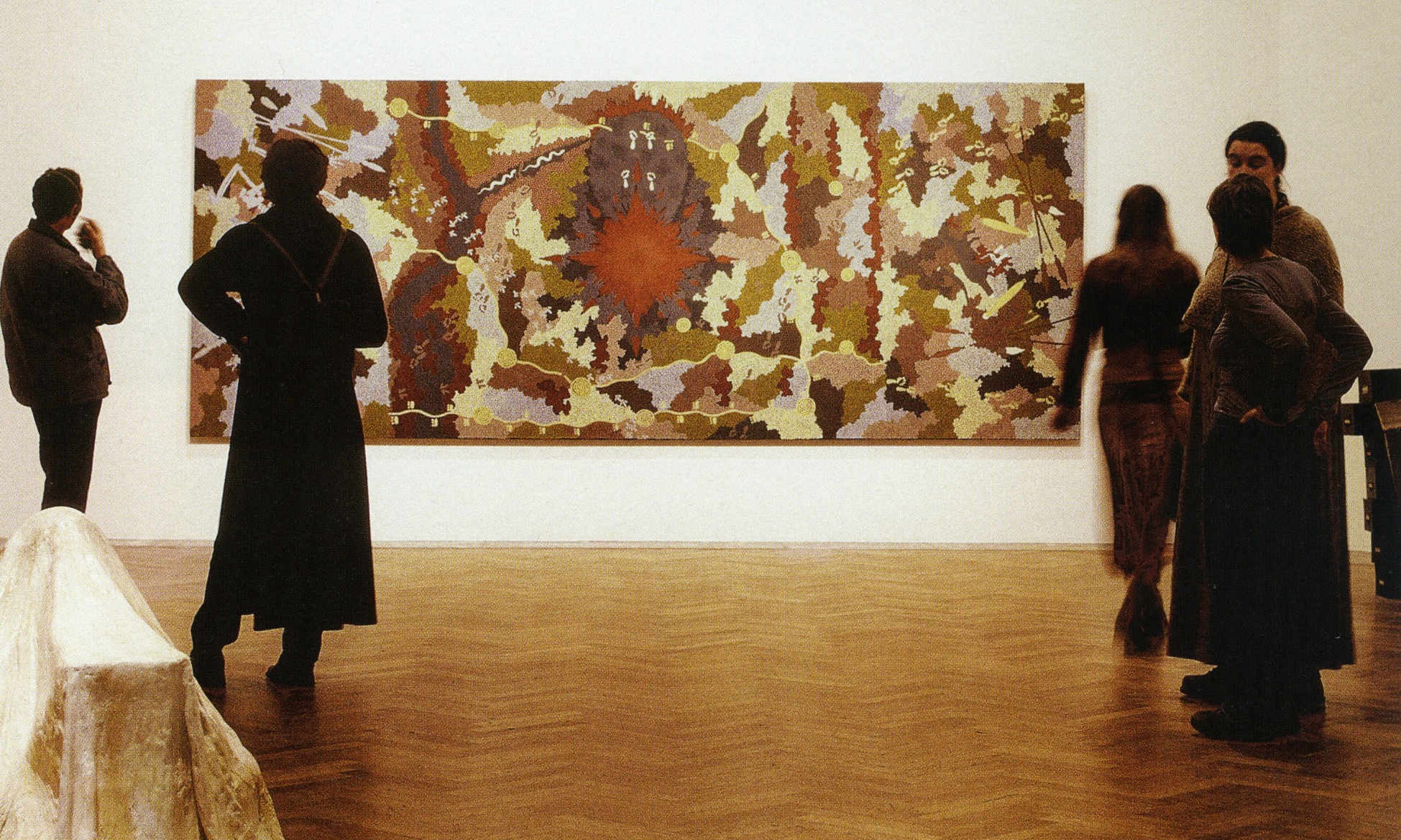
Nous voici, All of Us: Works by Vergara, Tjapaltjarri. Photo Philippe De Gobert.
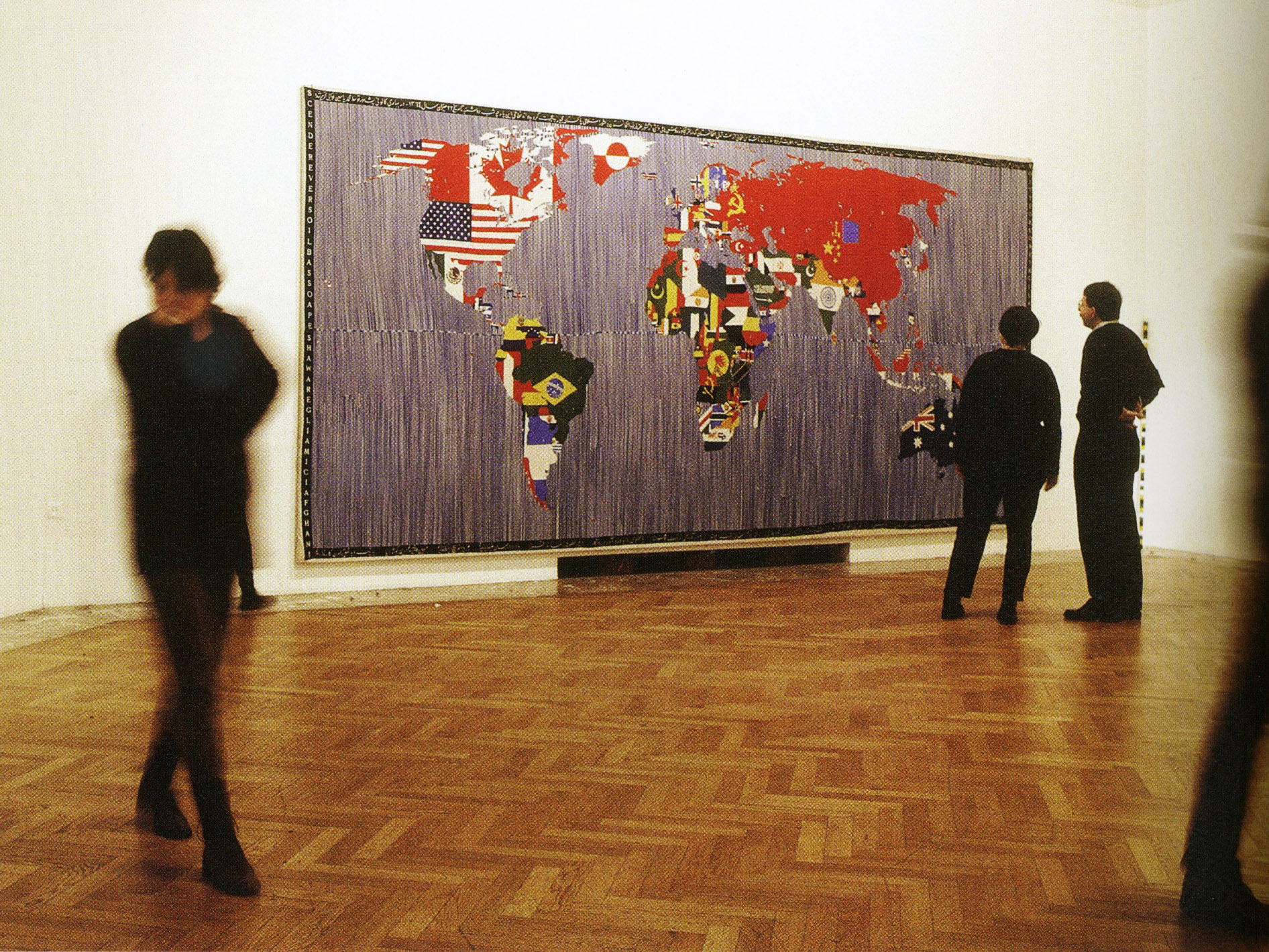
Nous voici, All of Us: Works by Boetti, Cadere. Photo Philippe De Gobert.
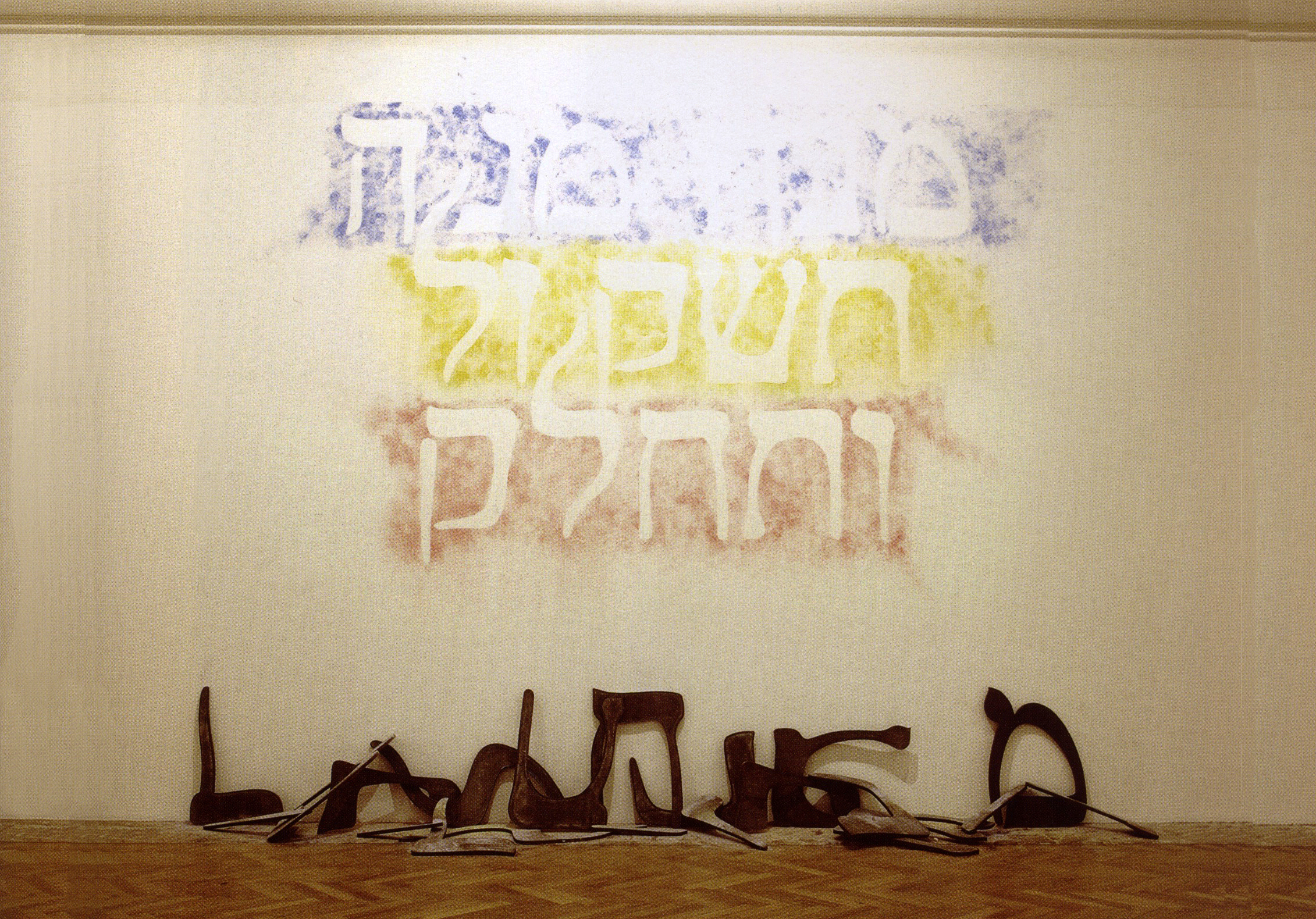
Nous voici, All of Us: Jef Geys, De gevallen verwittiging, 1985. Photo Philippe De Gobert.
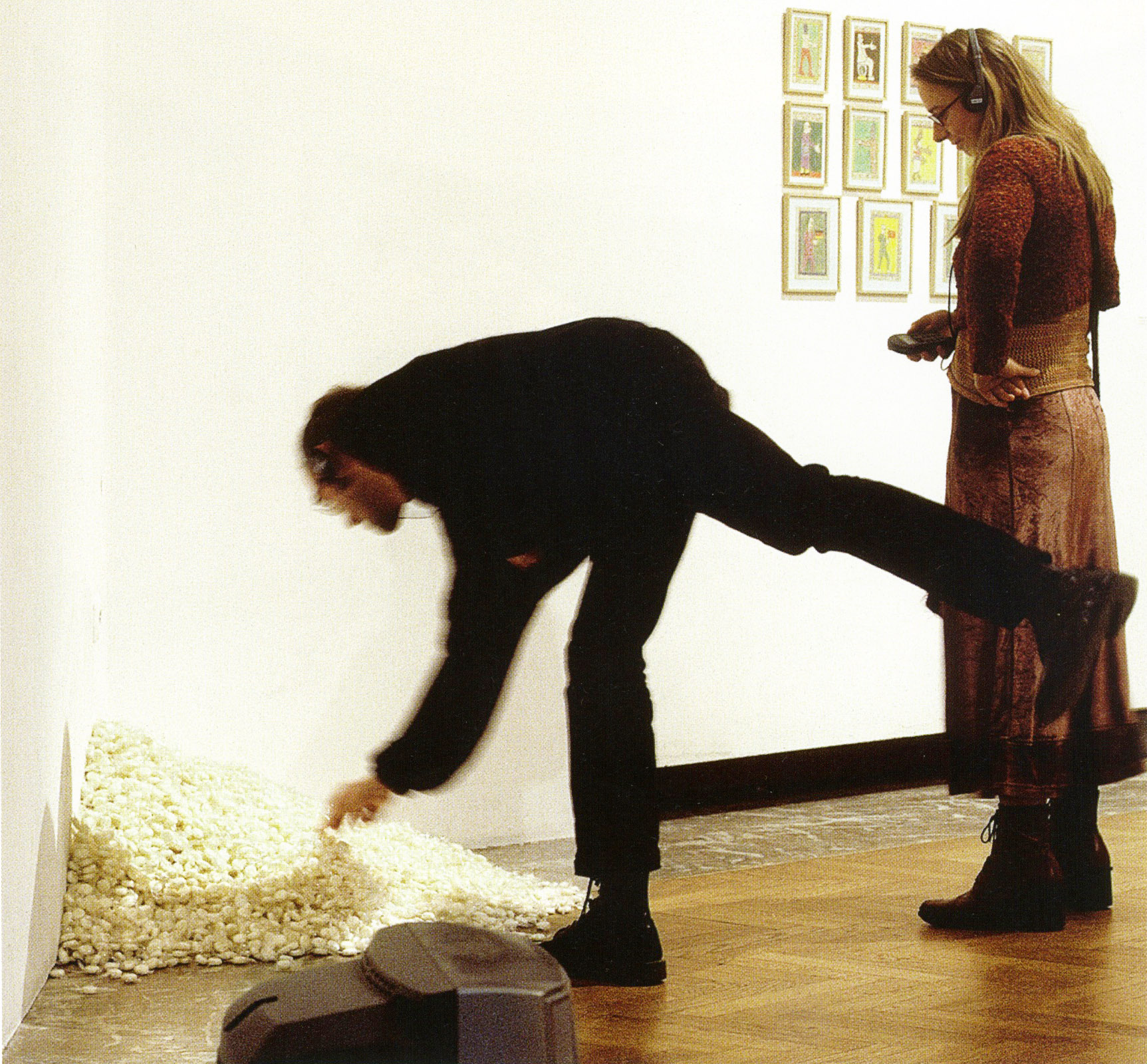
Nous voici, All of Us: Felix Gonzalez-Torres, Untitled (Portrait of Dad), 1991. Photo Philippe De Gobert.

Nous voici, Taking Flight: Panamarenko, Dondervolk, 1970-1971. Photo Philippe De Gobert.


